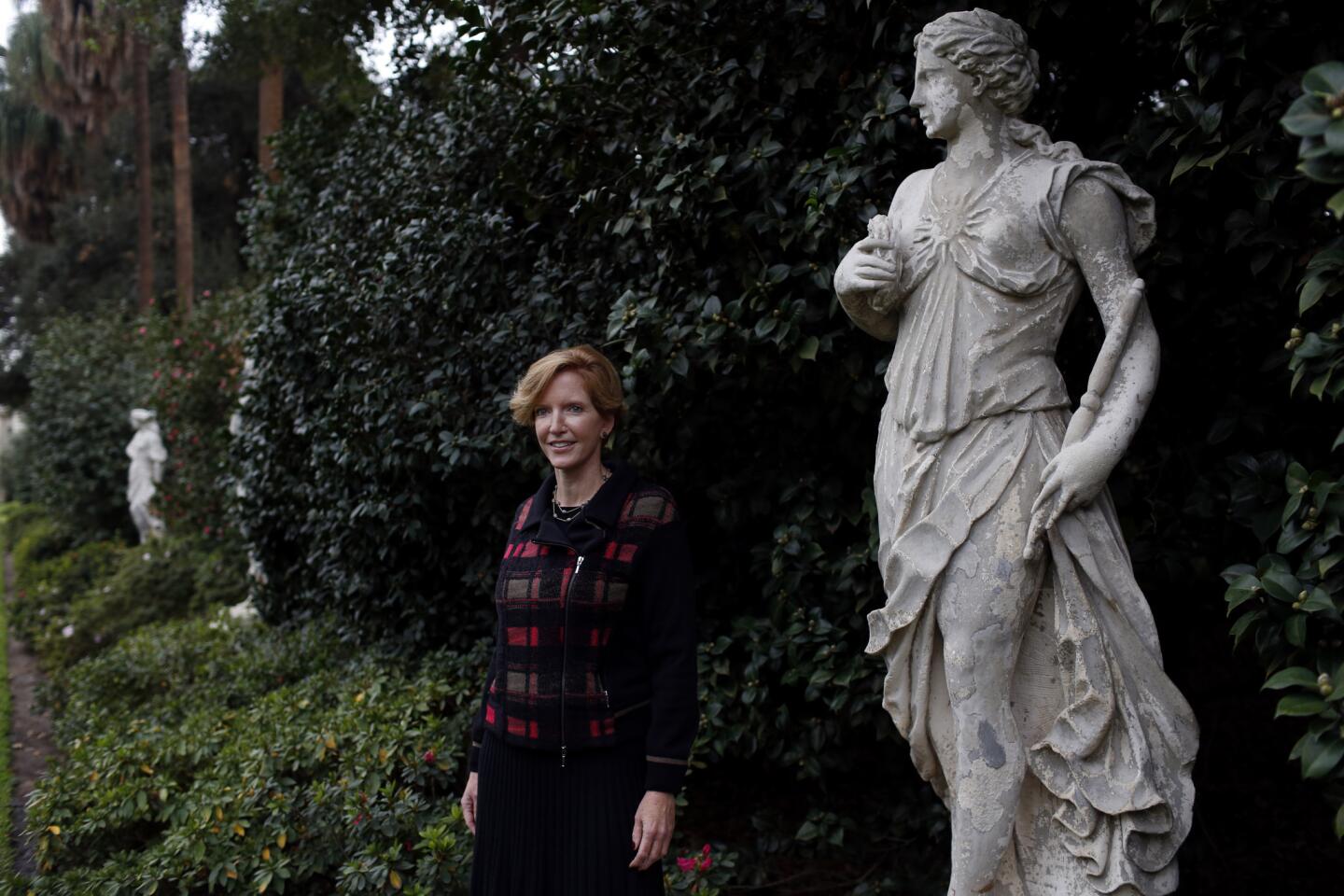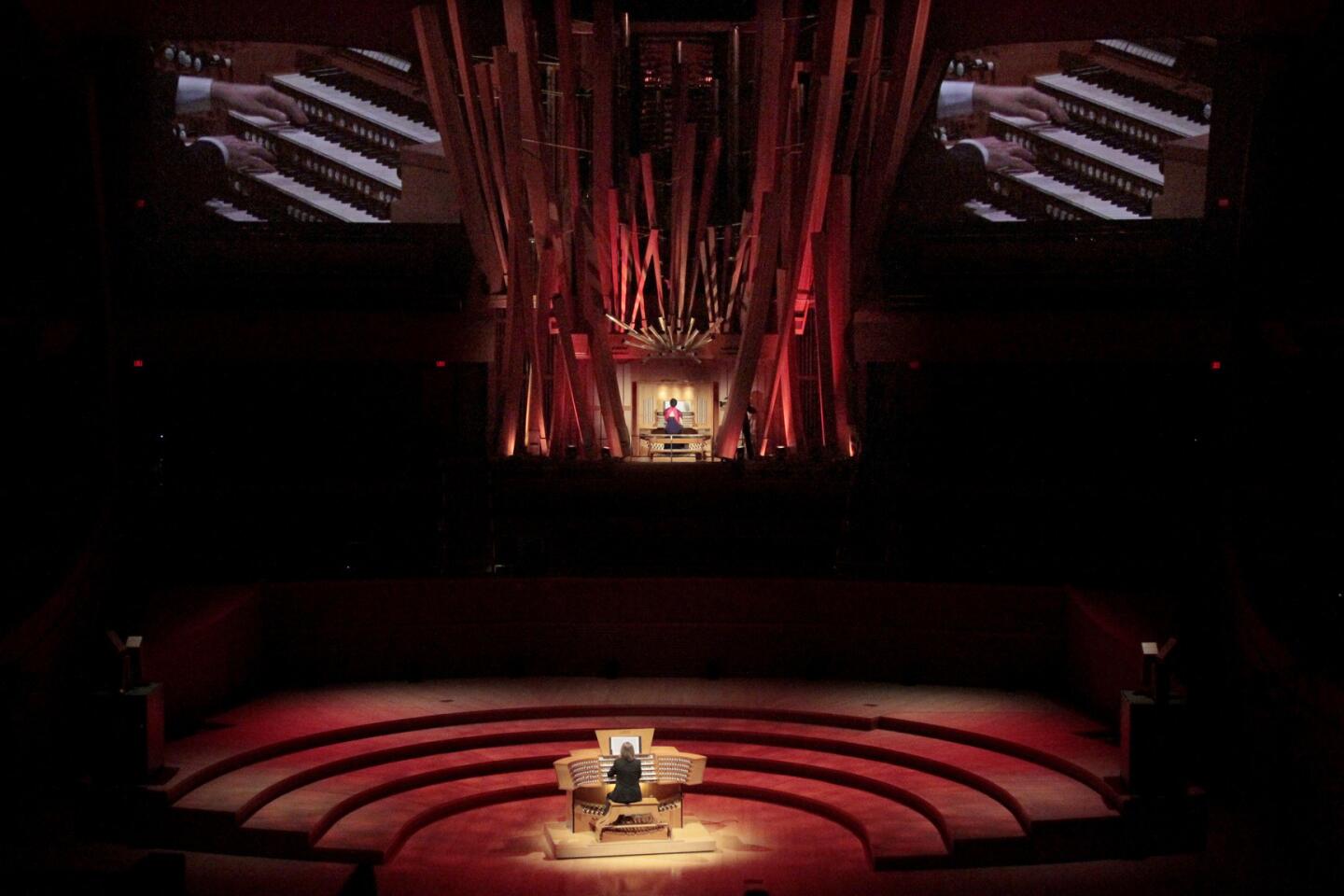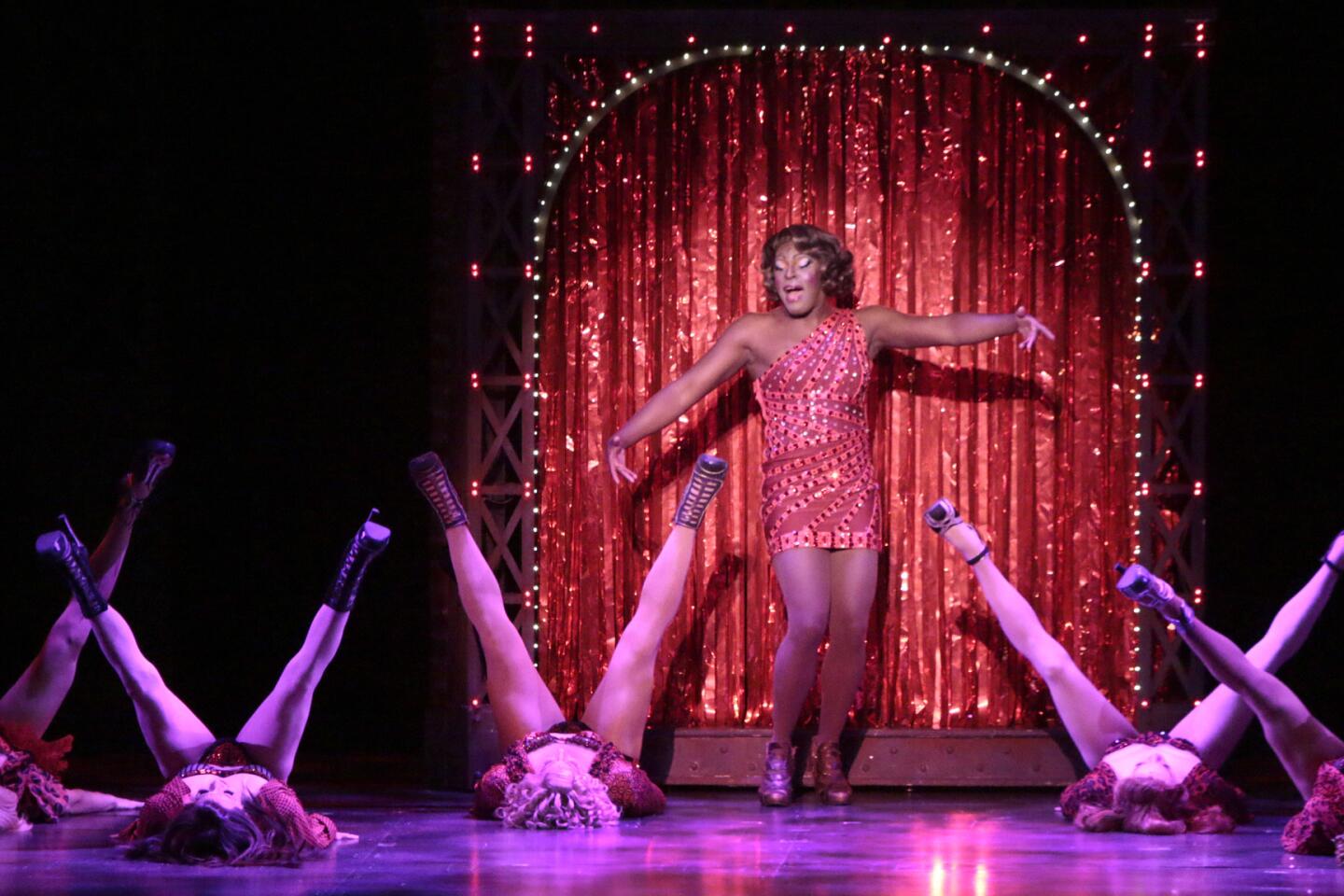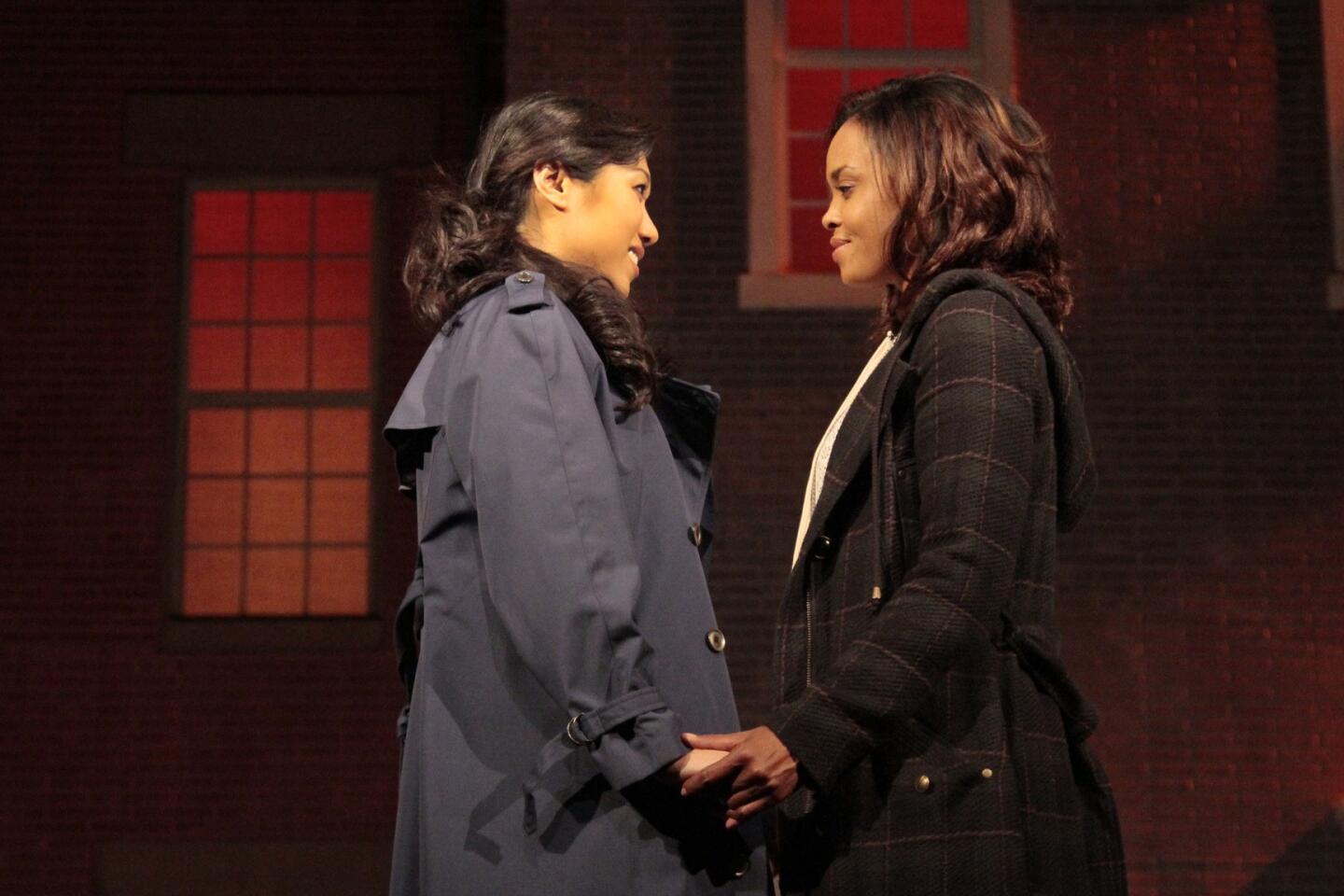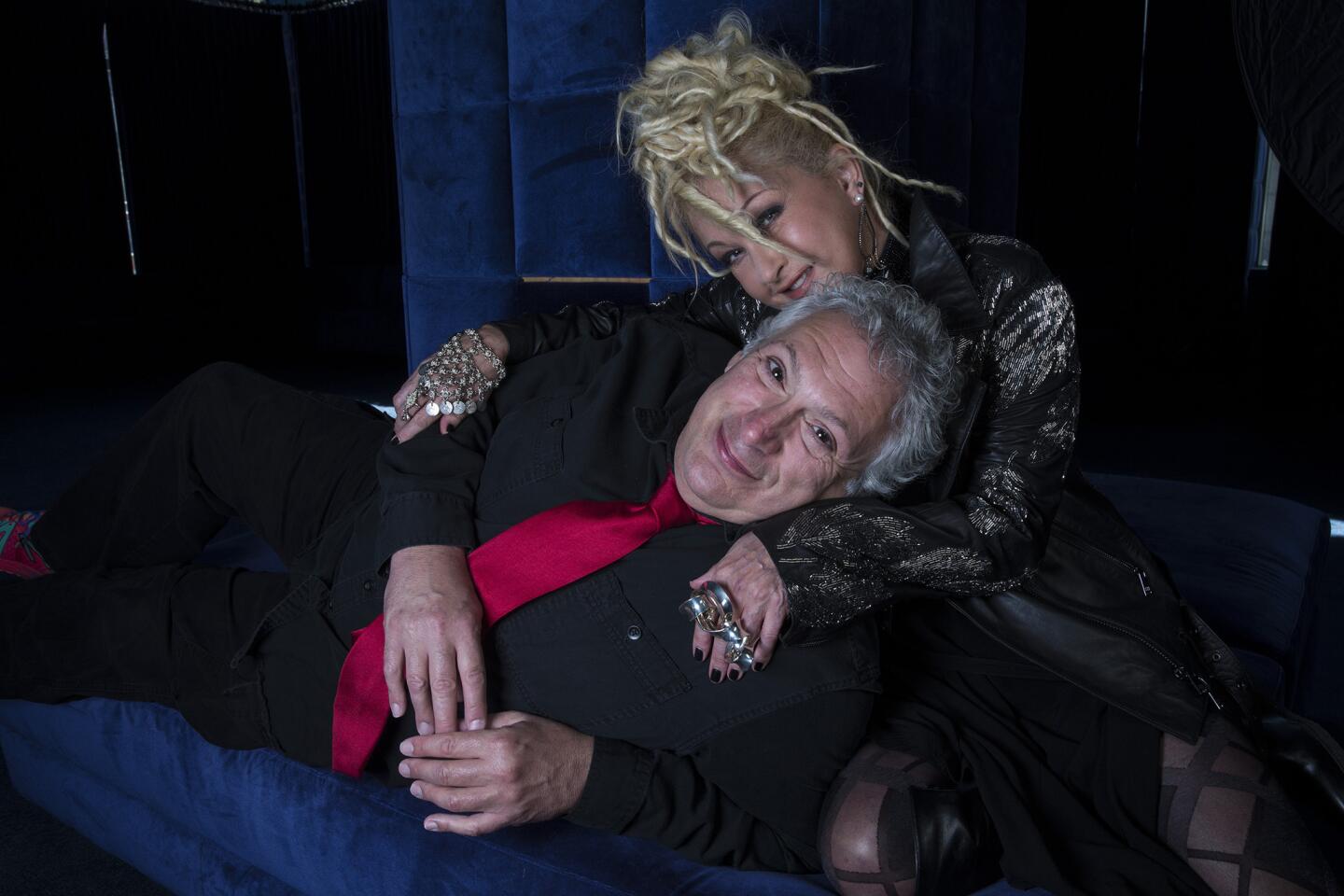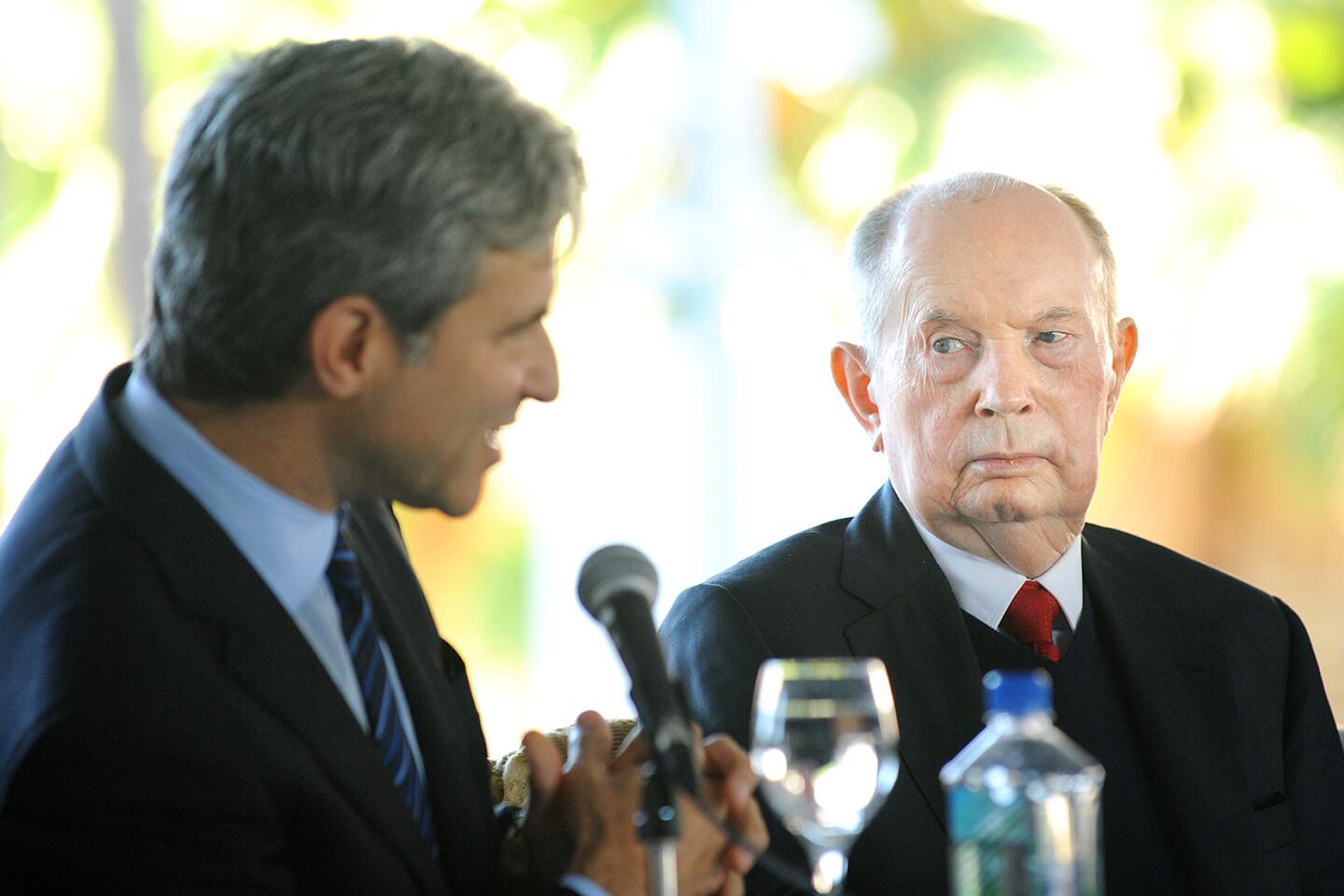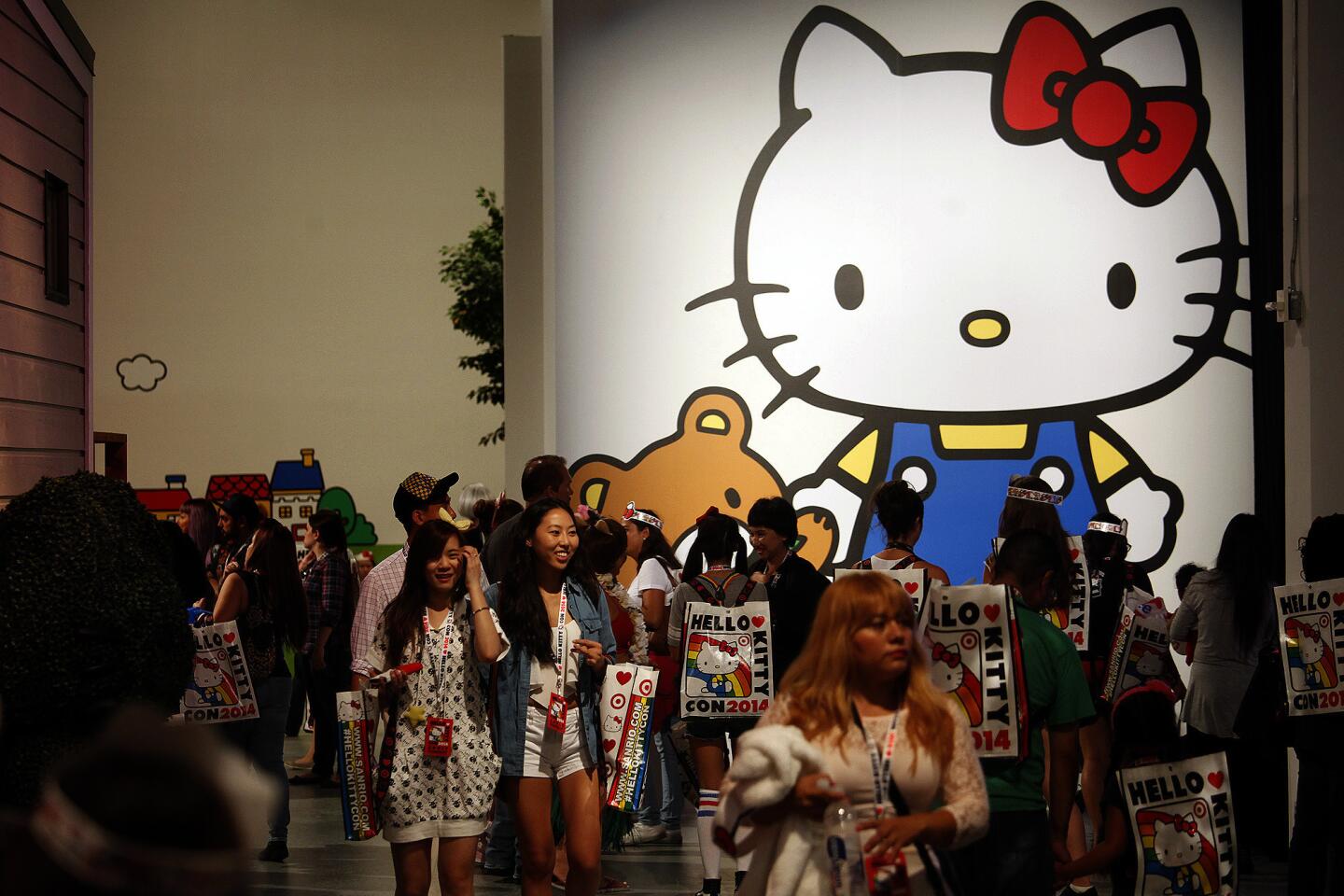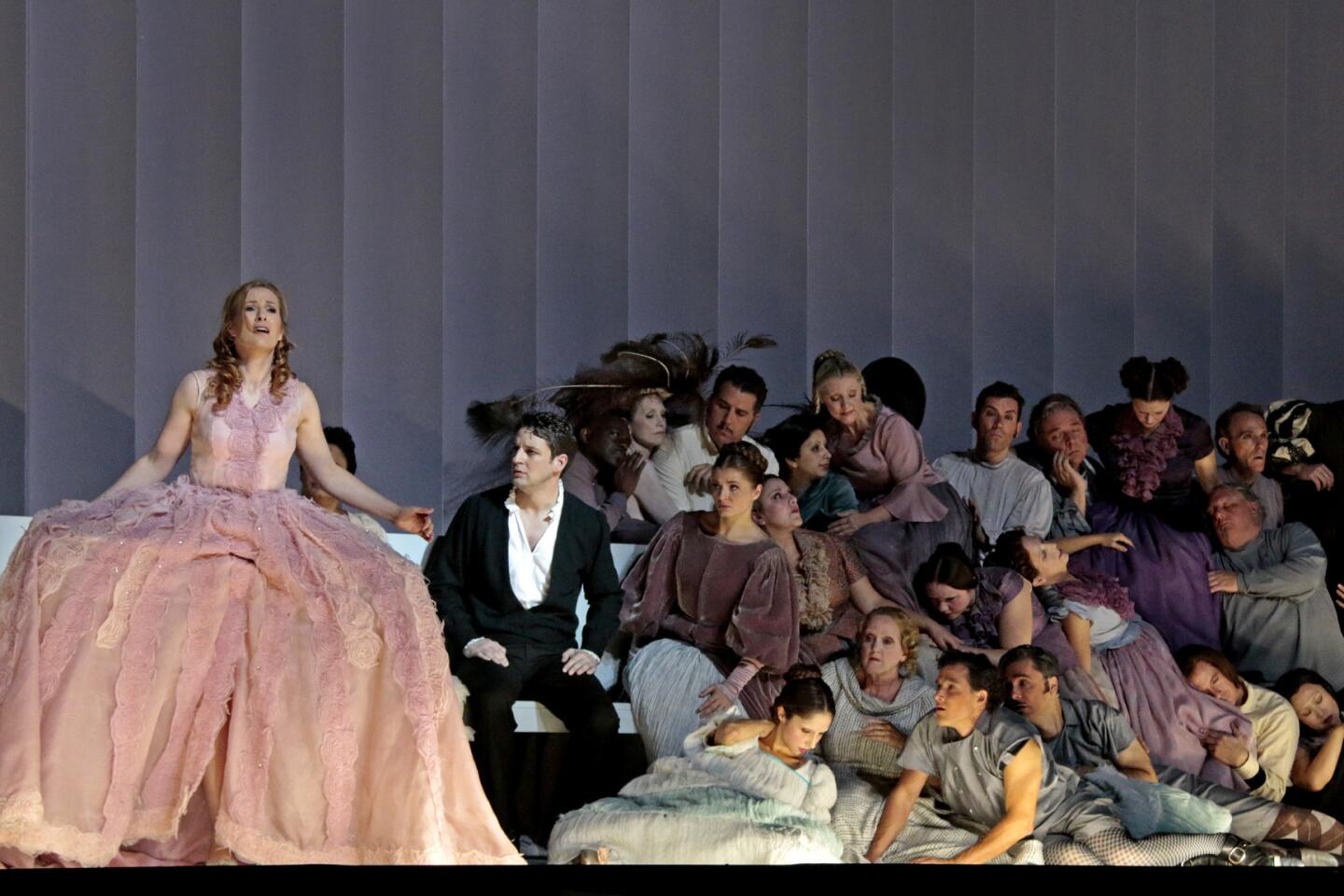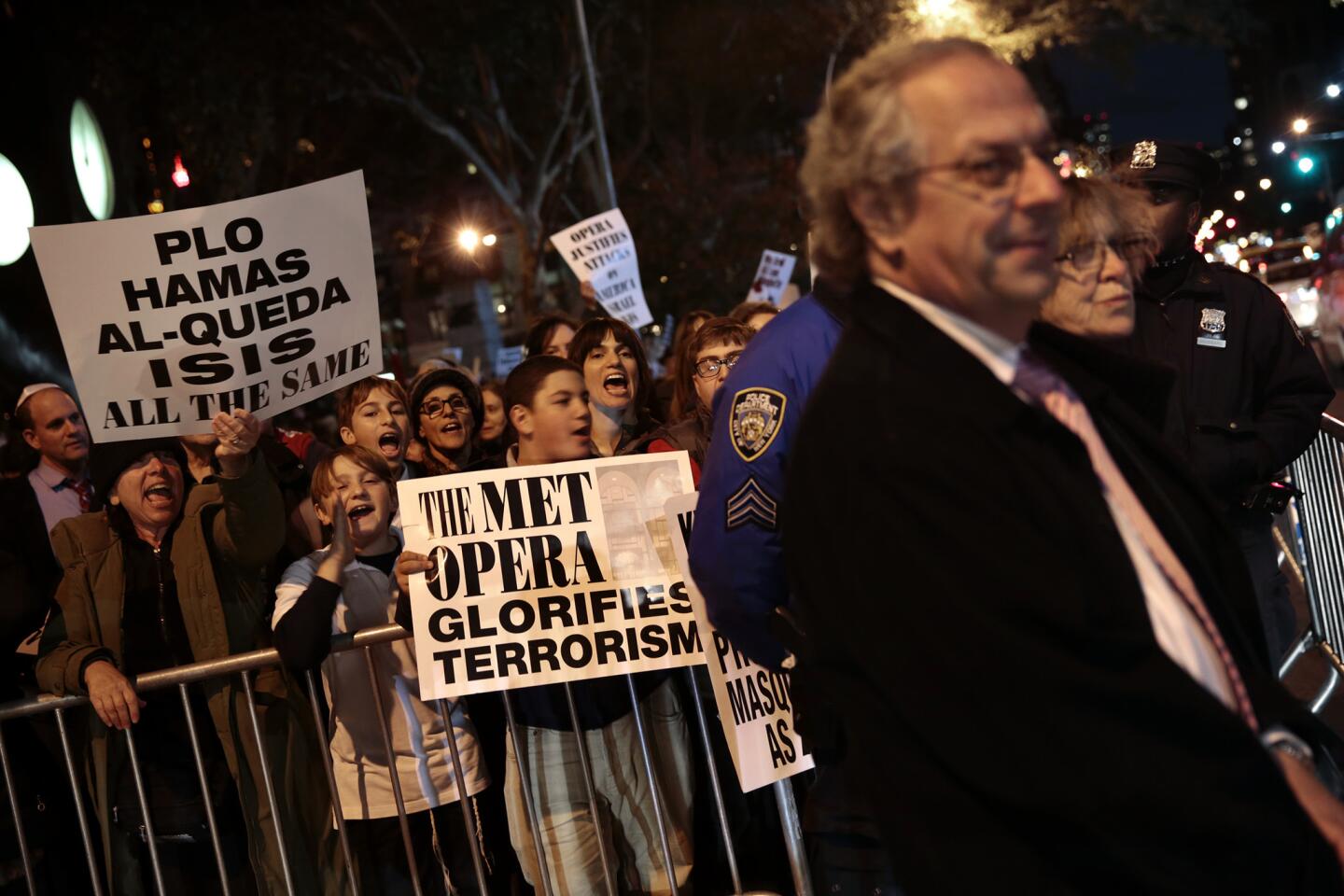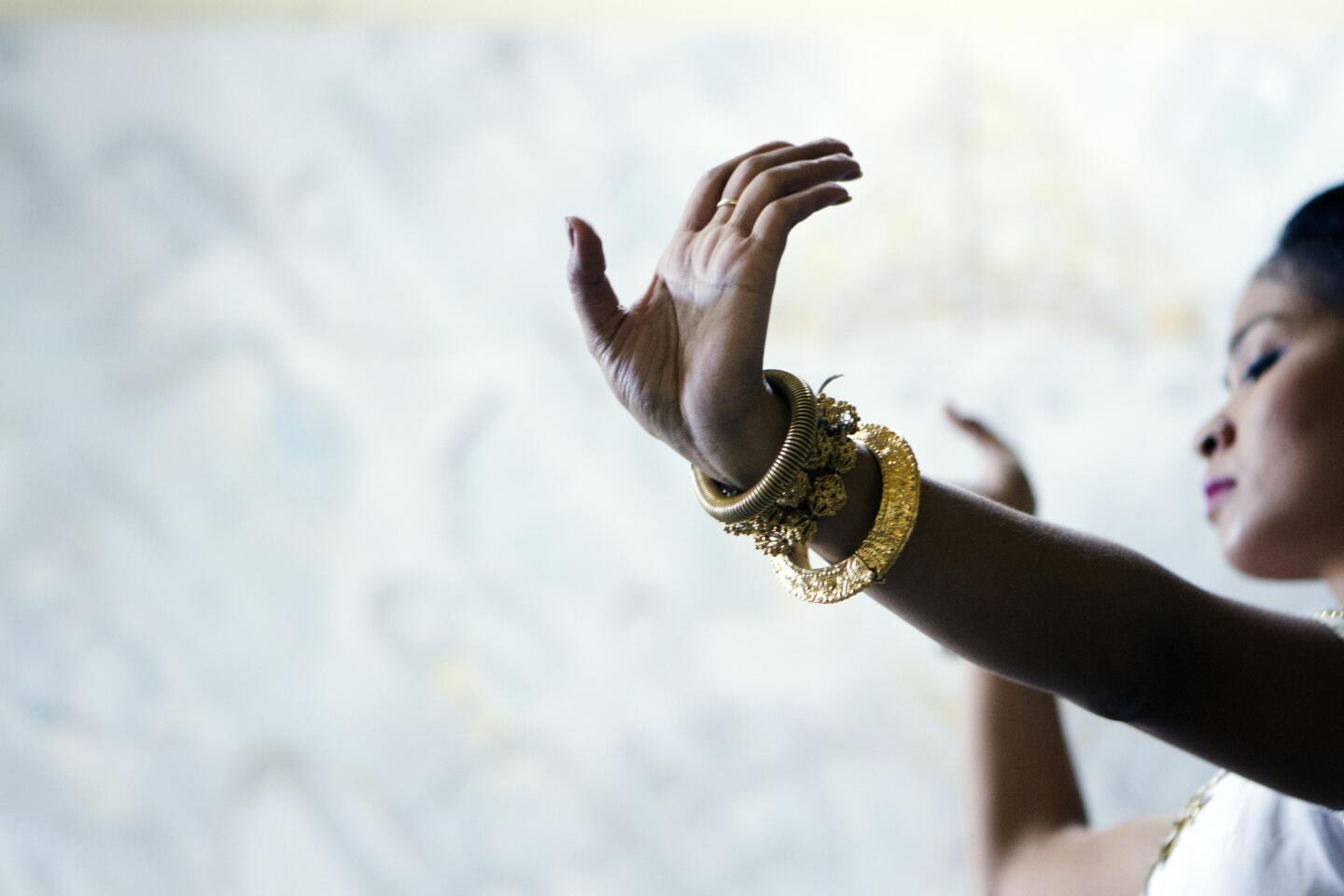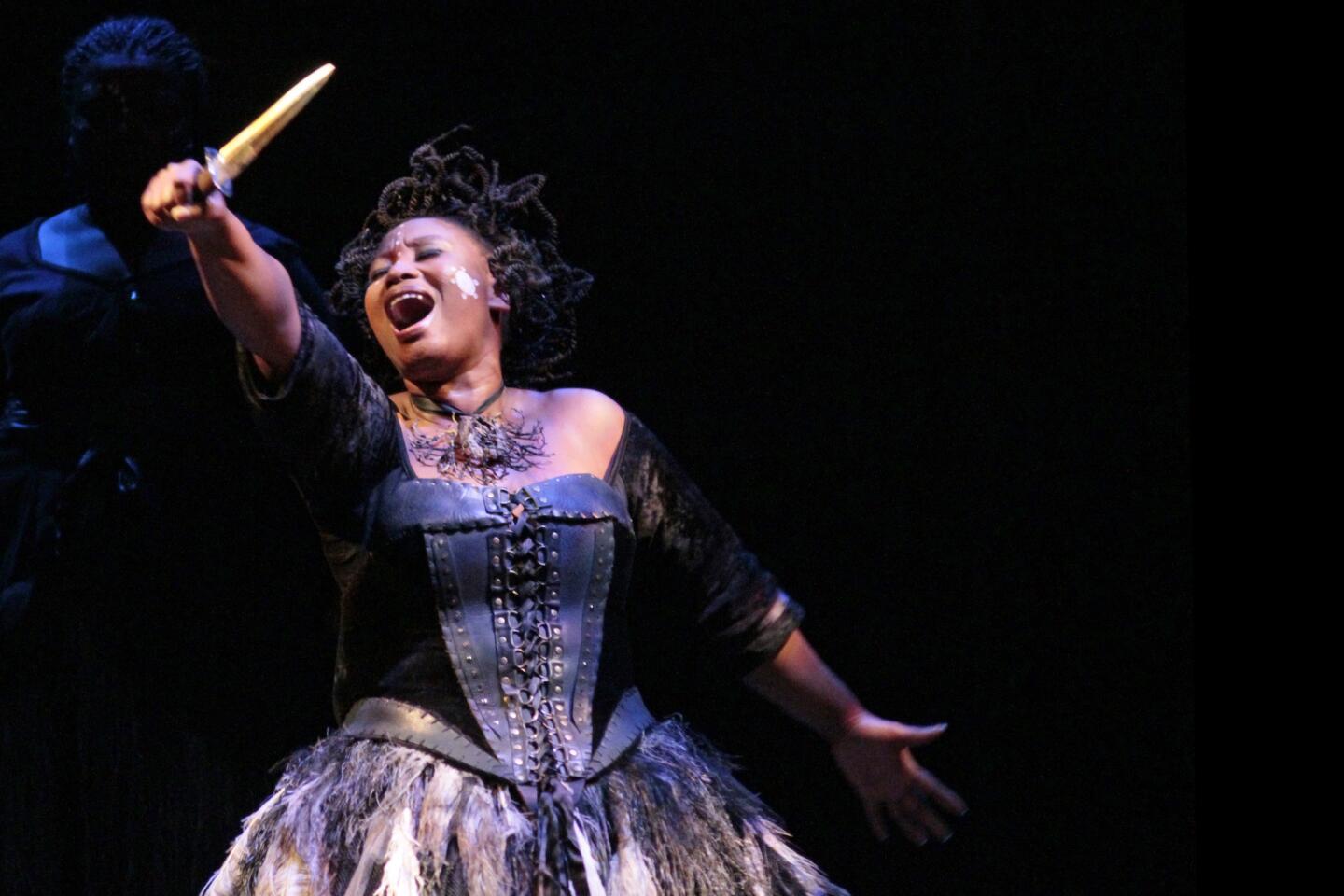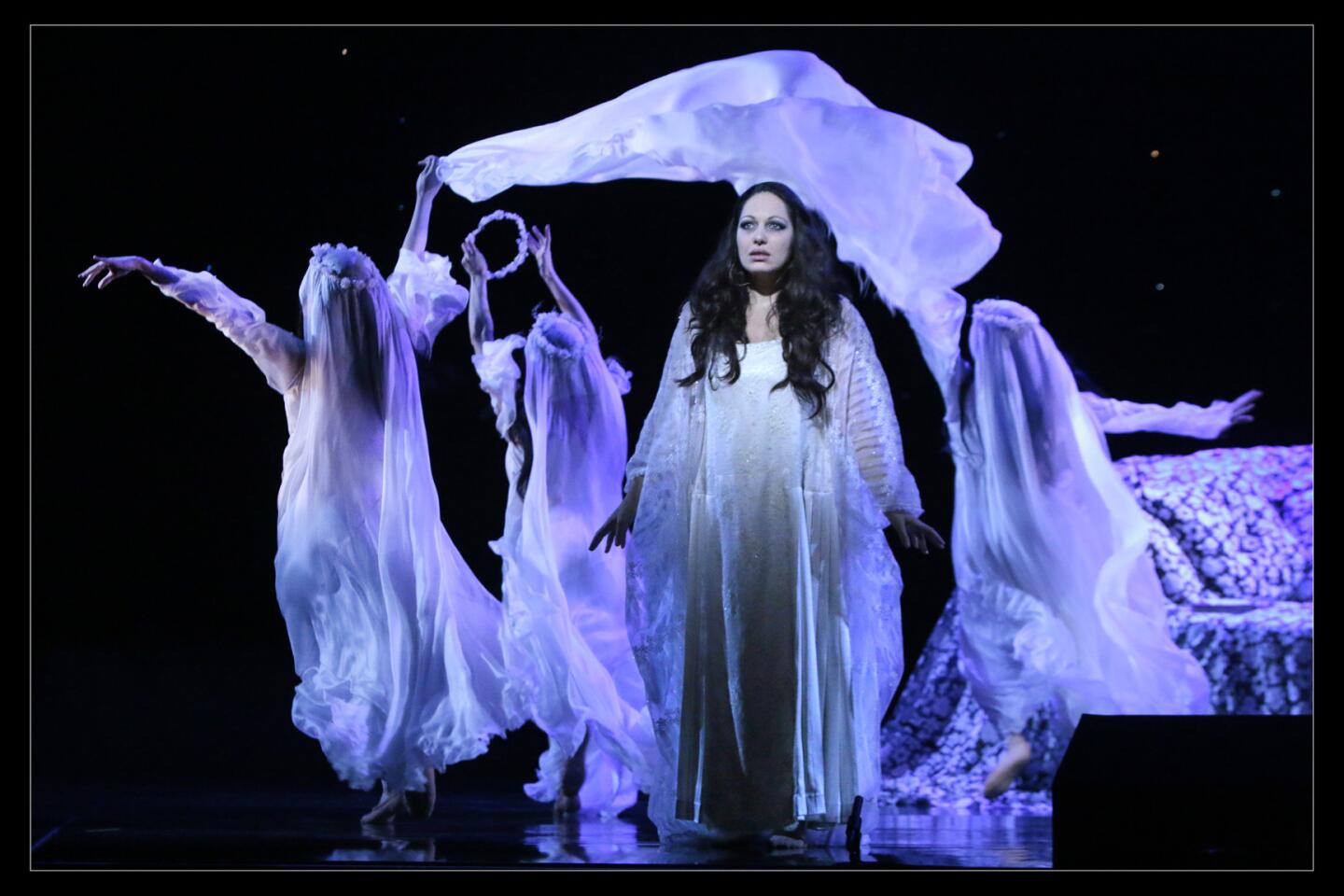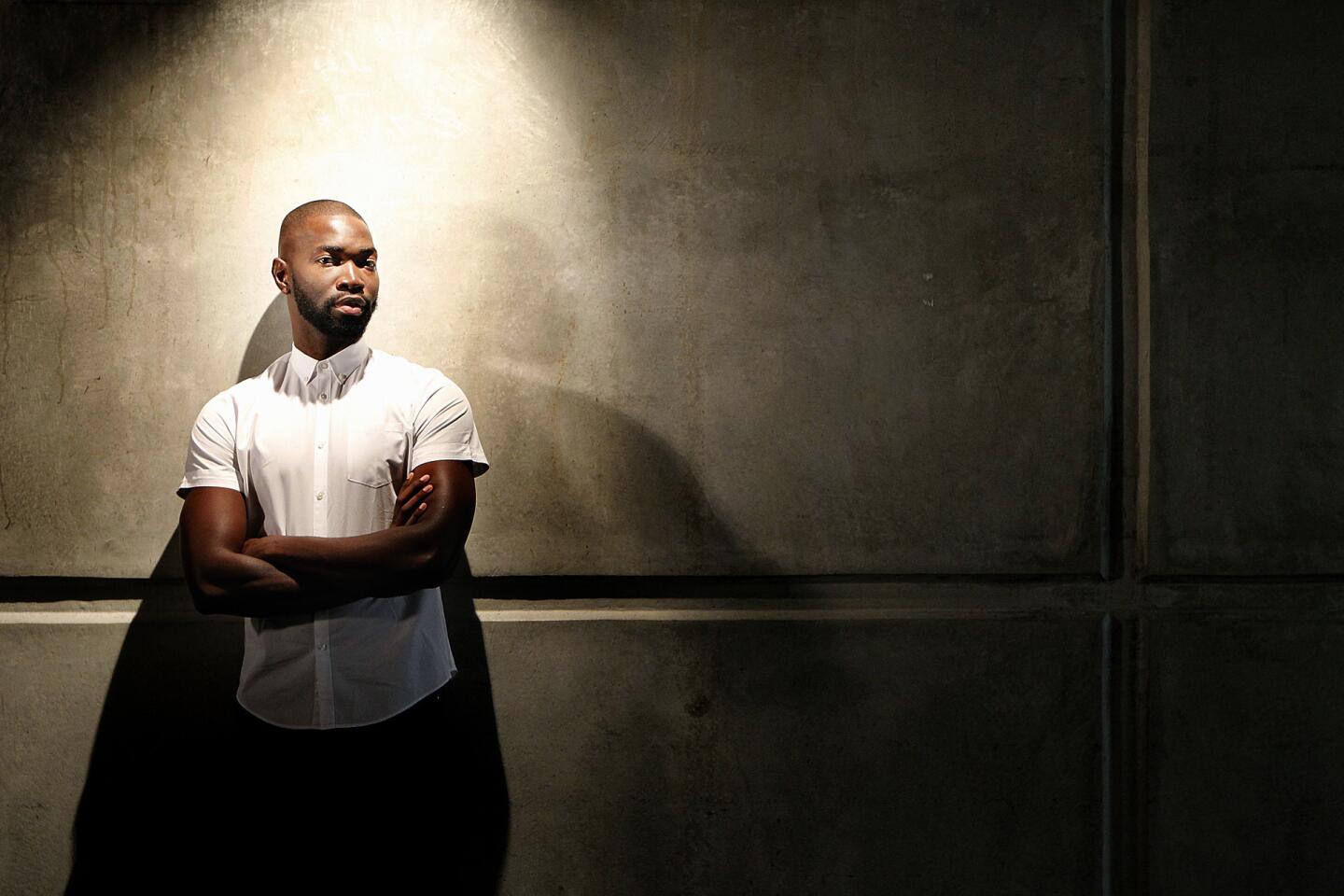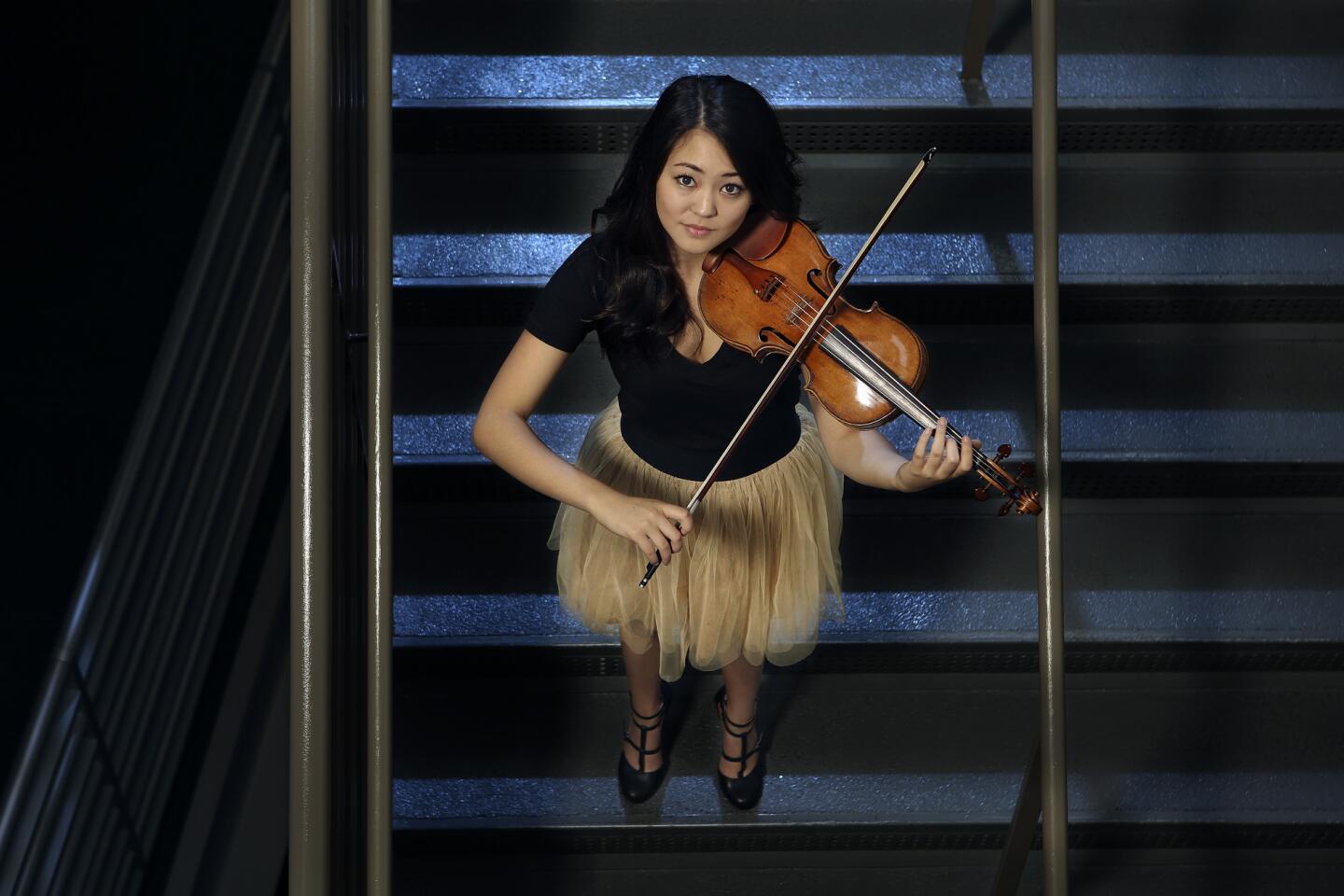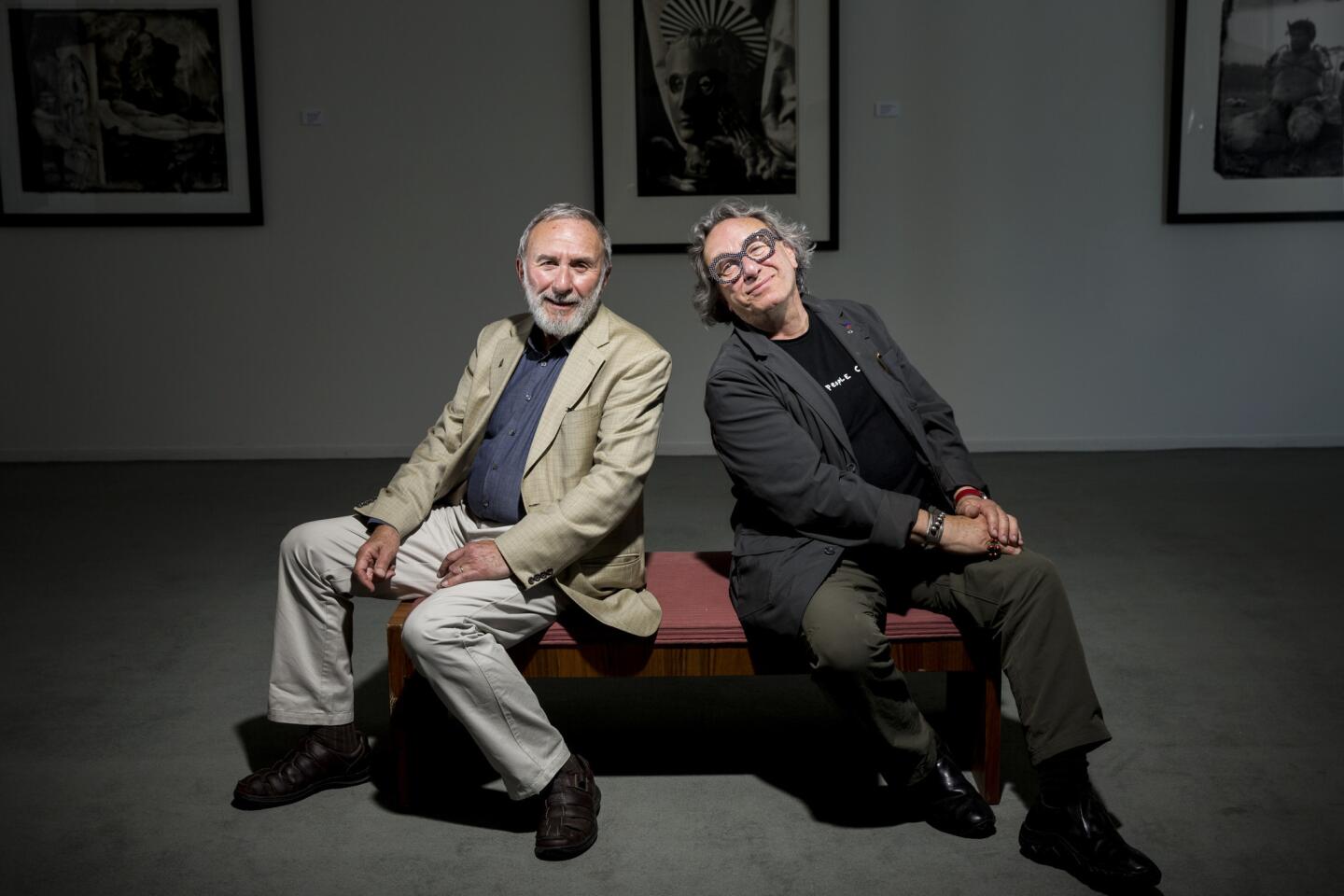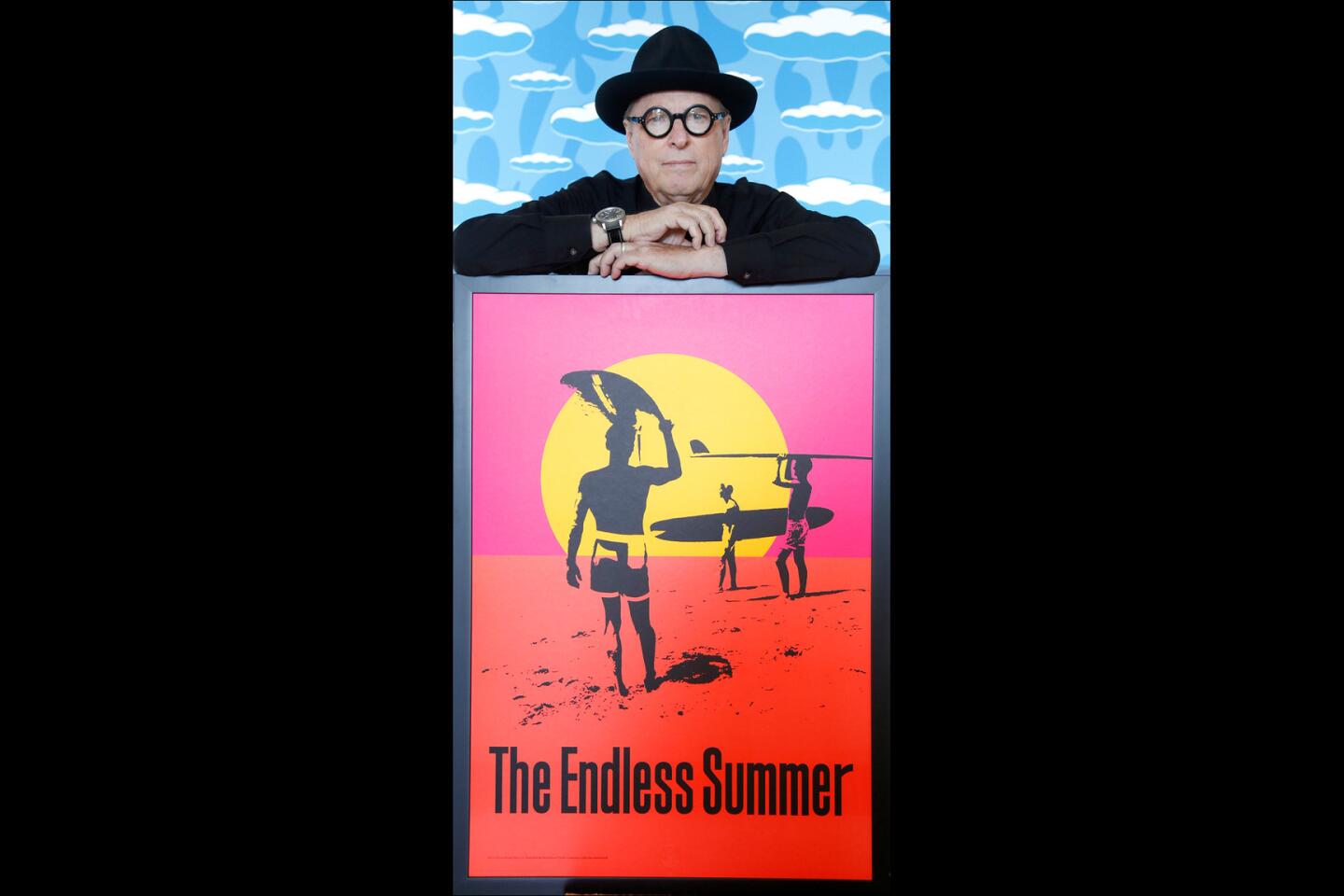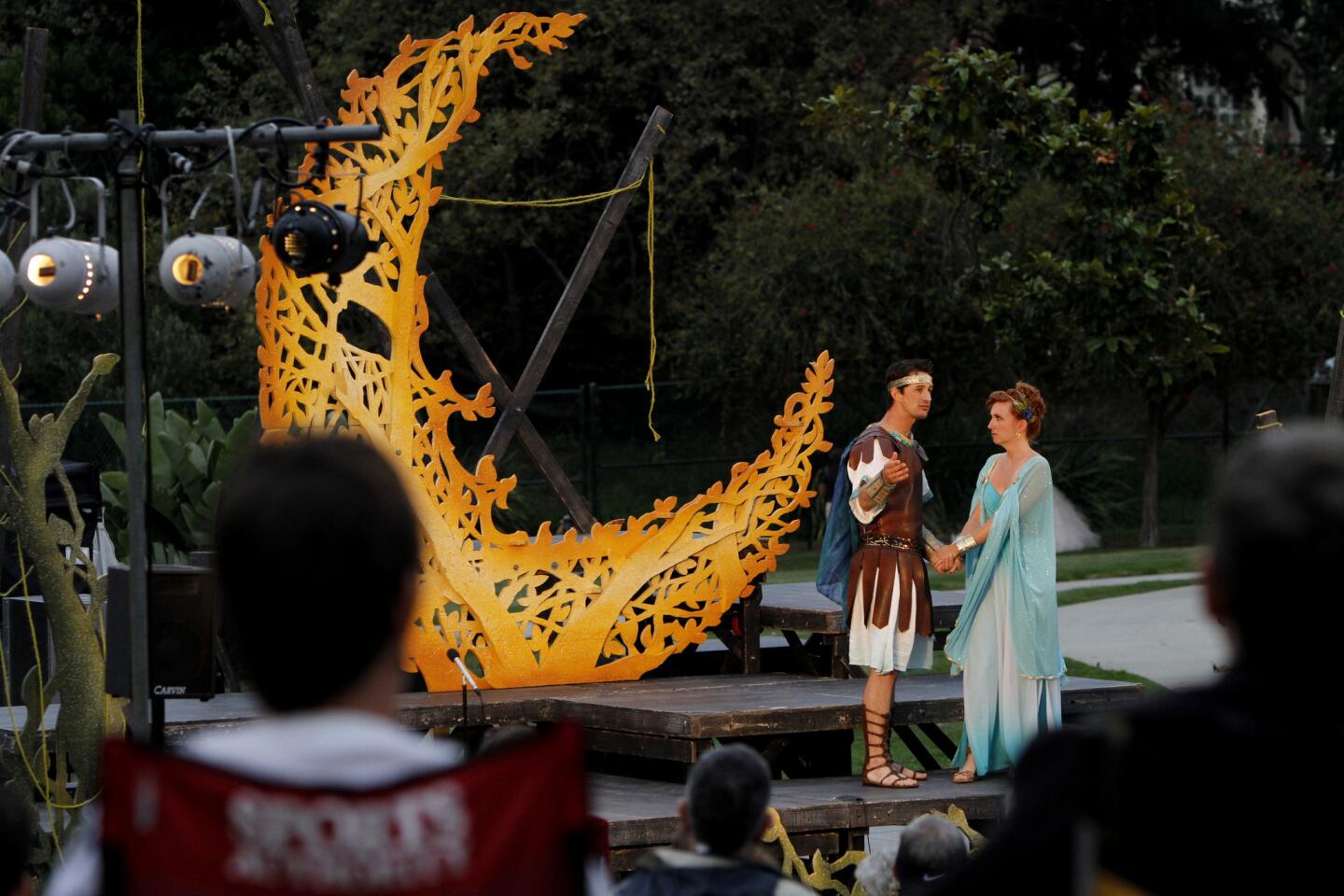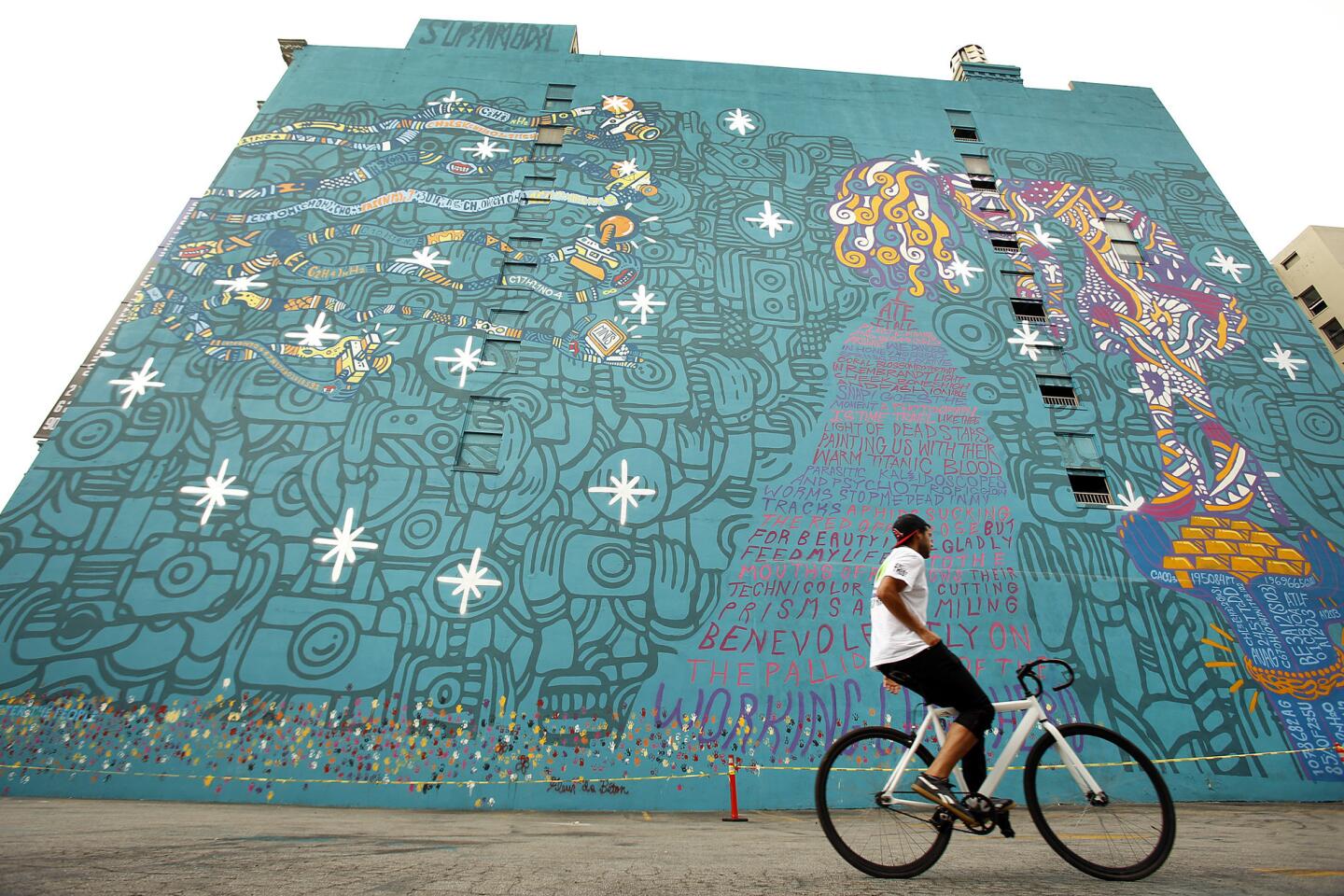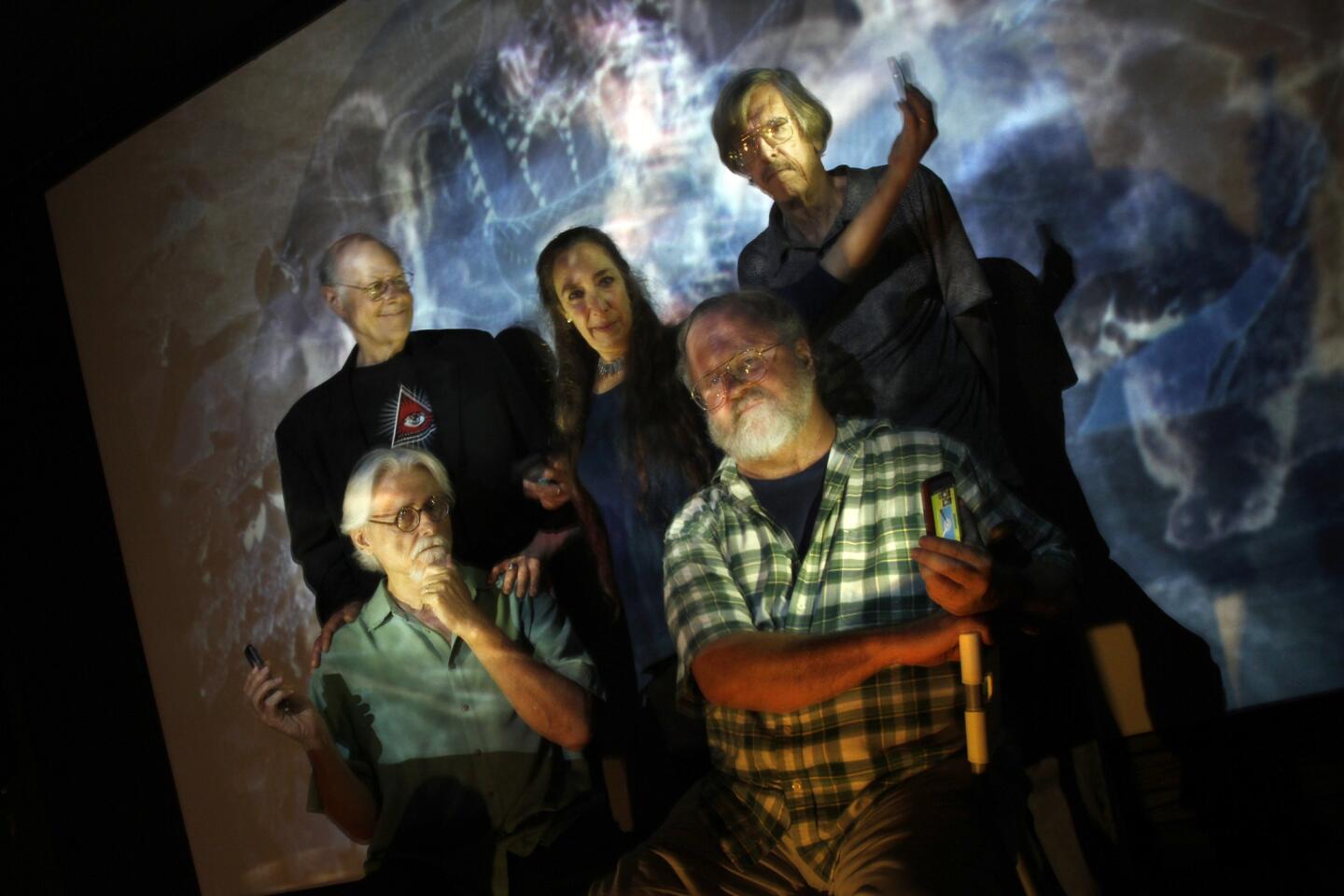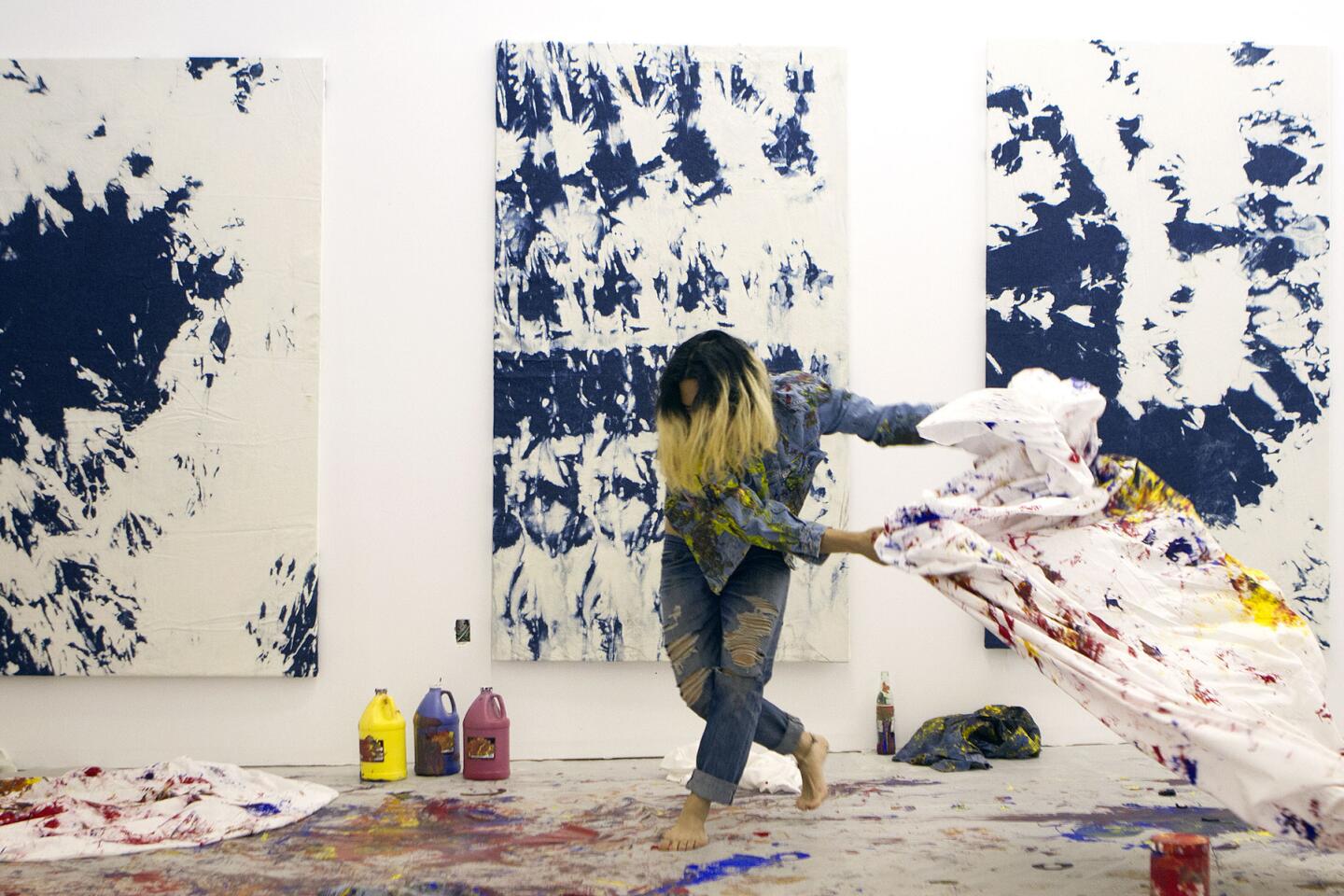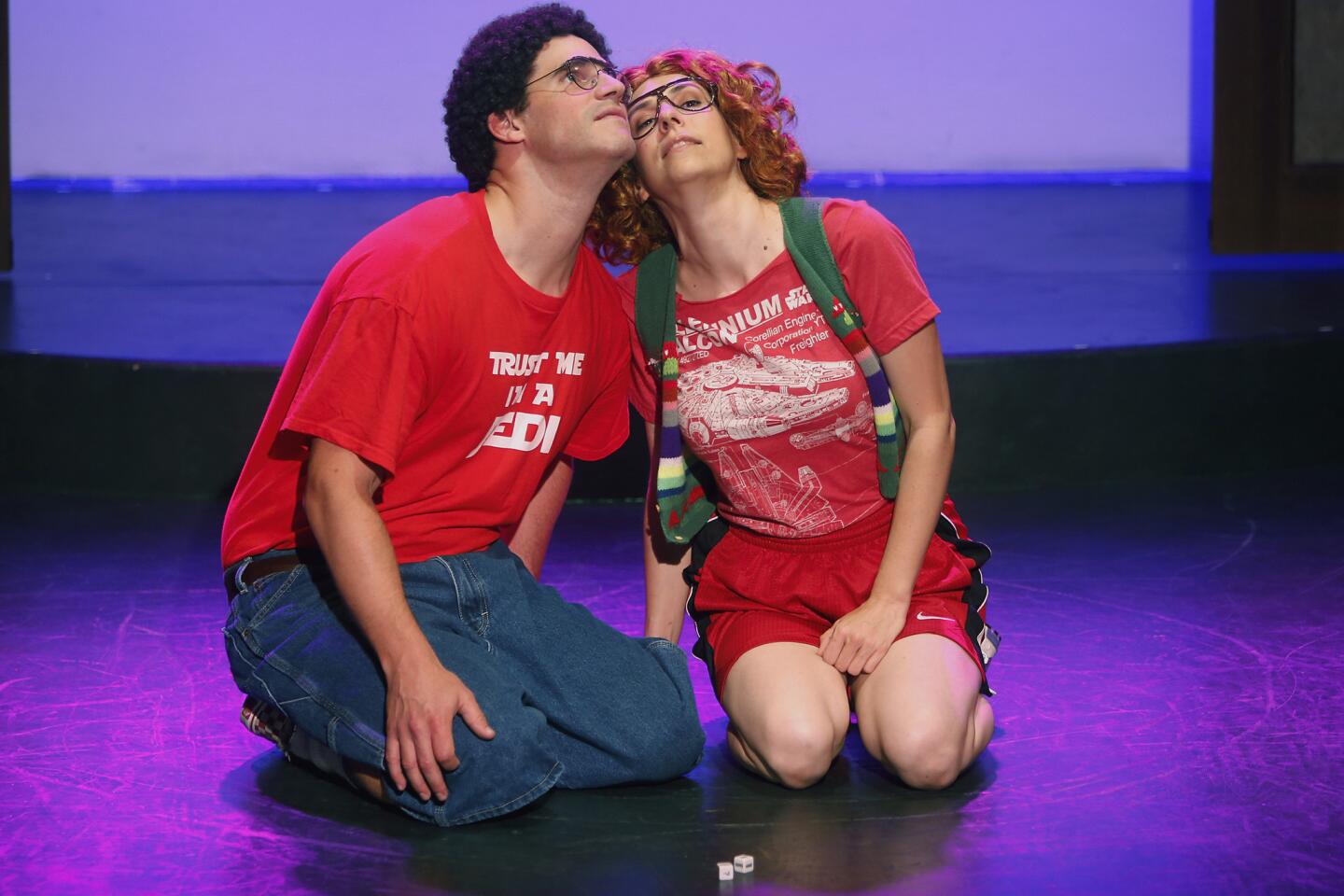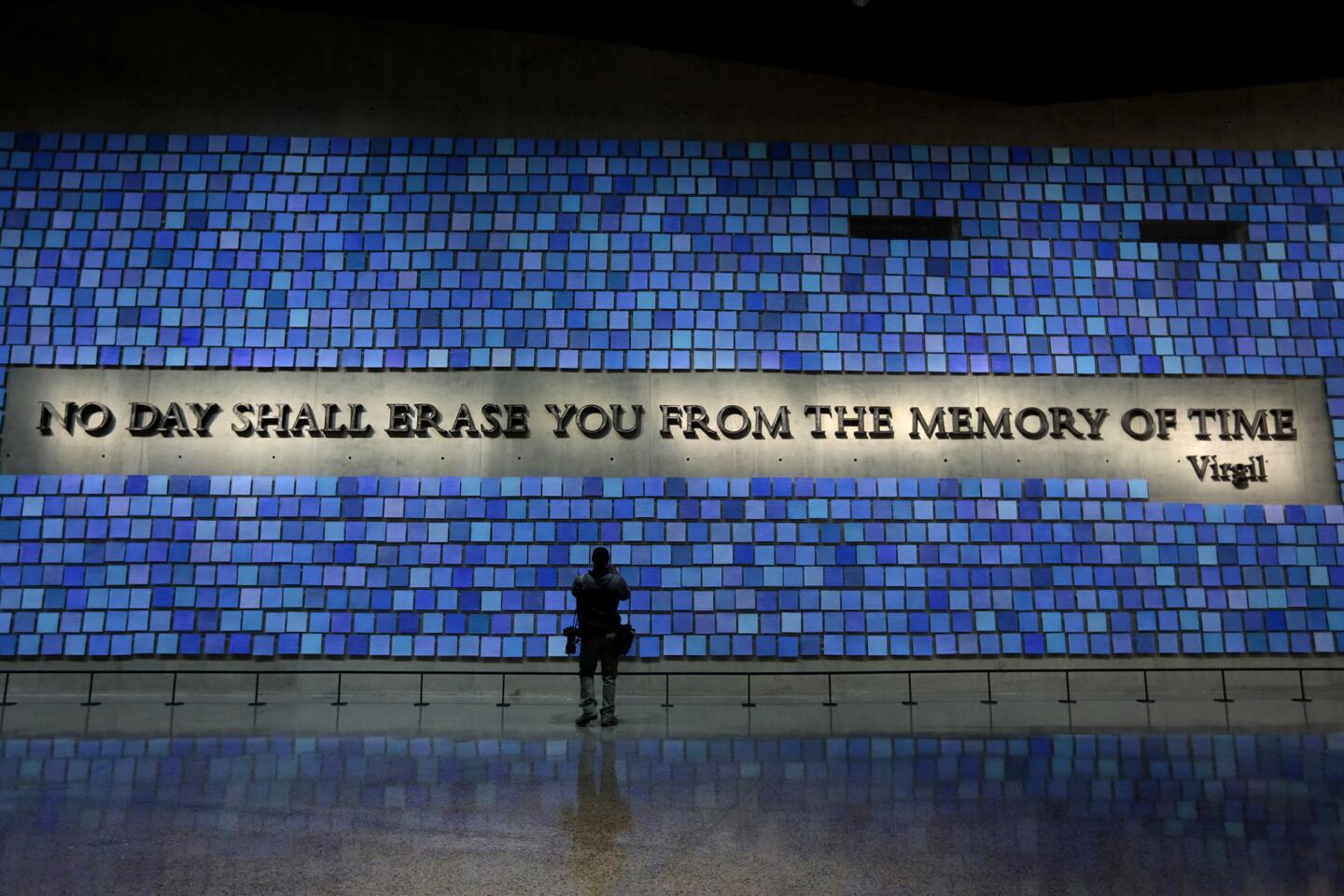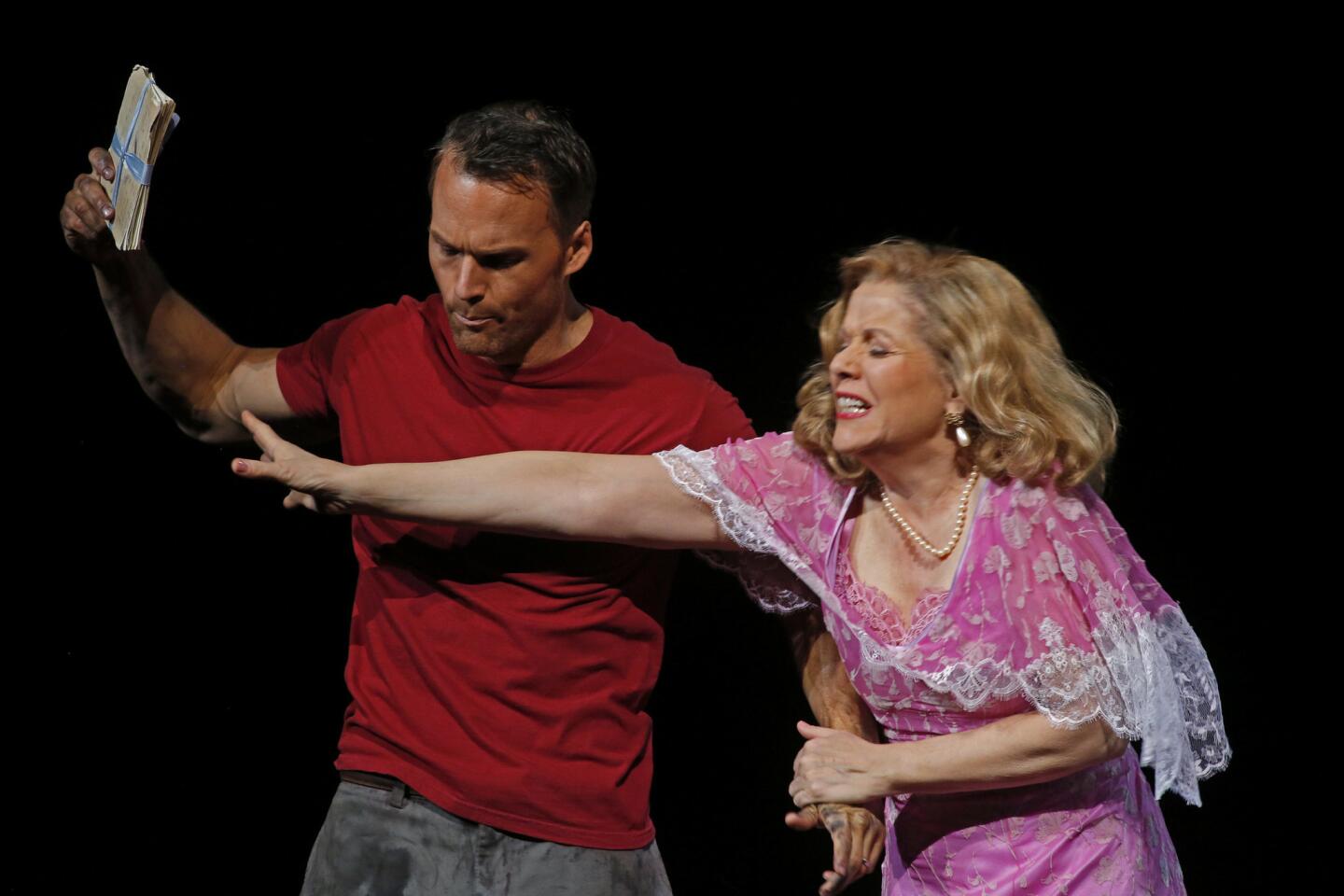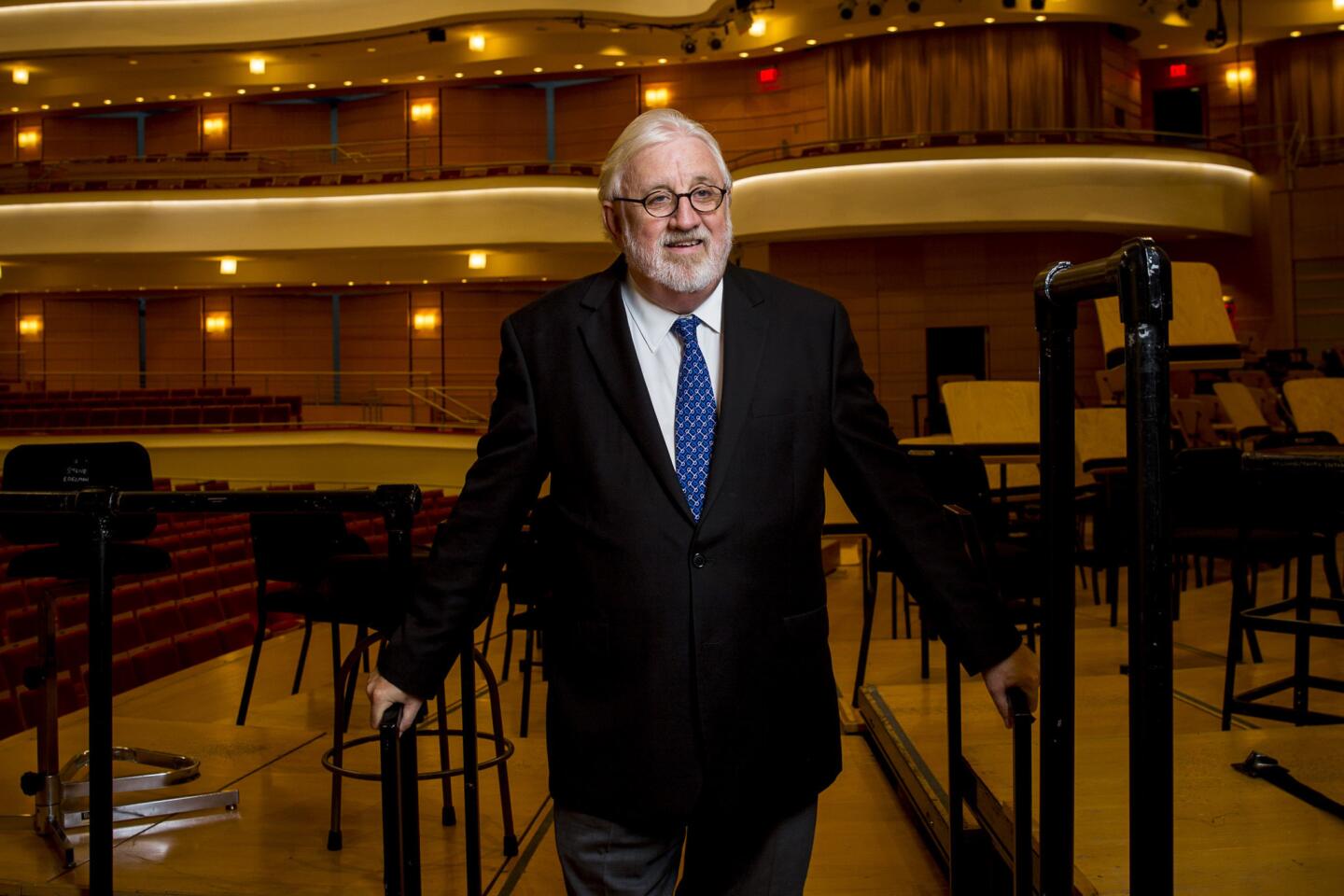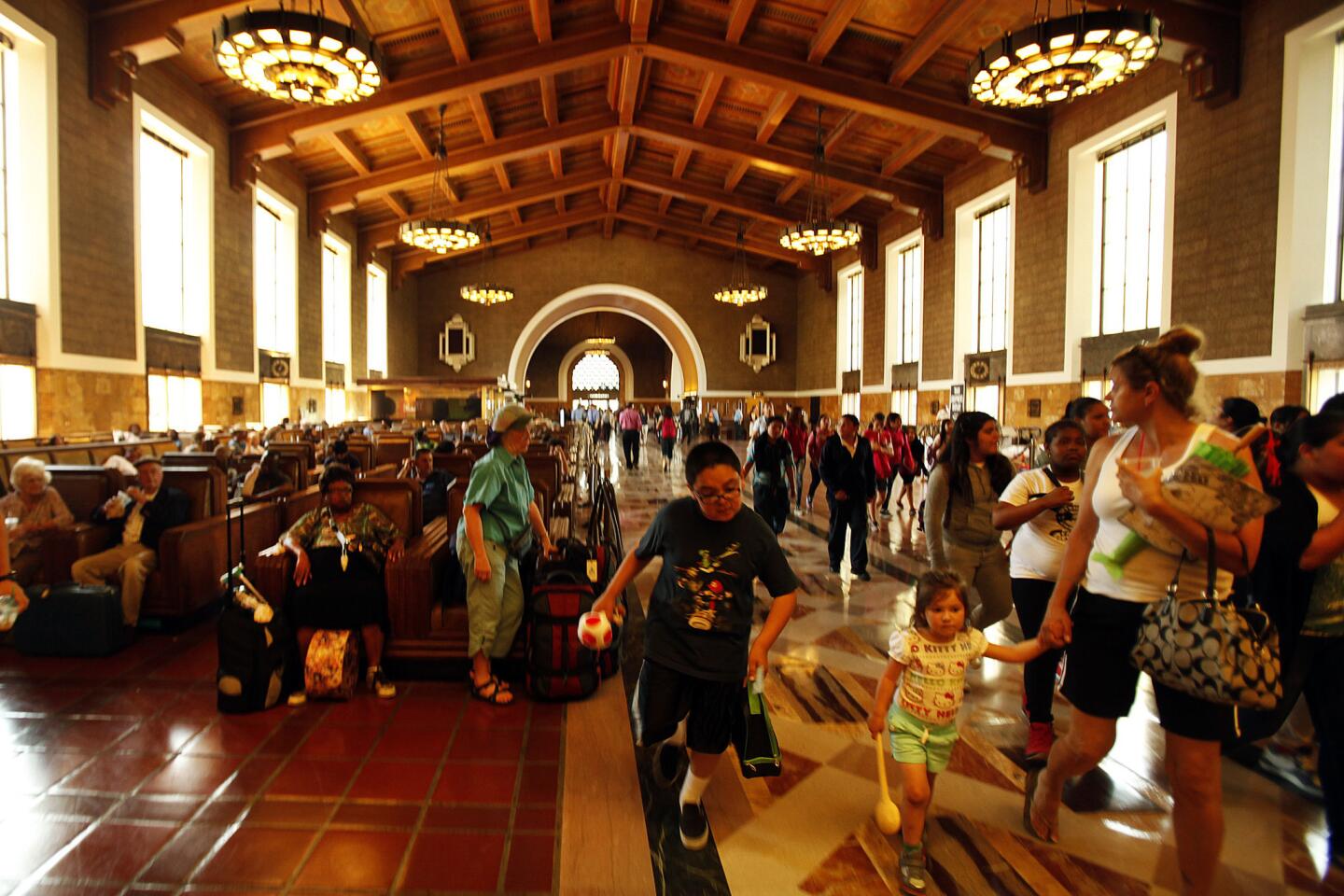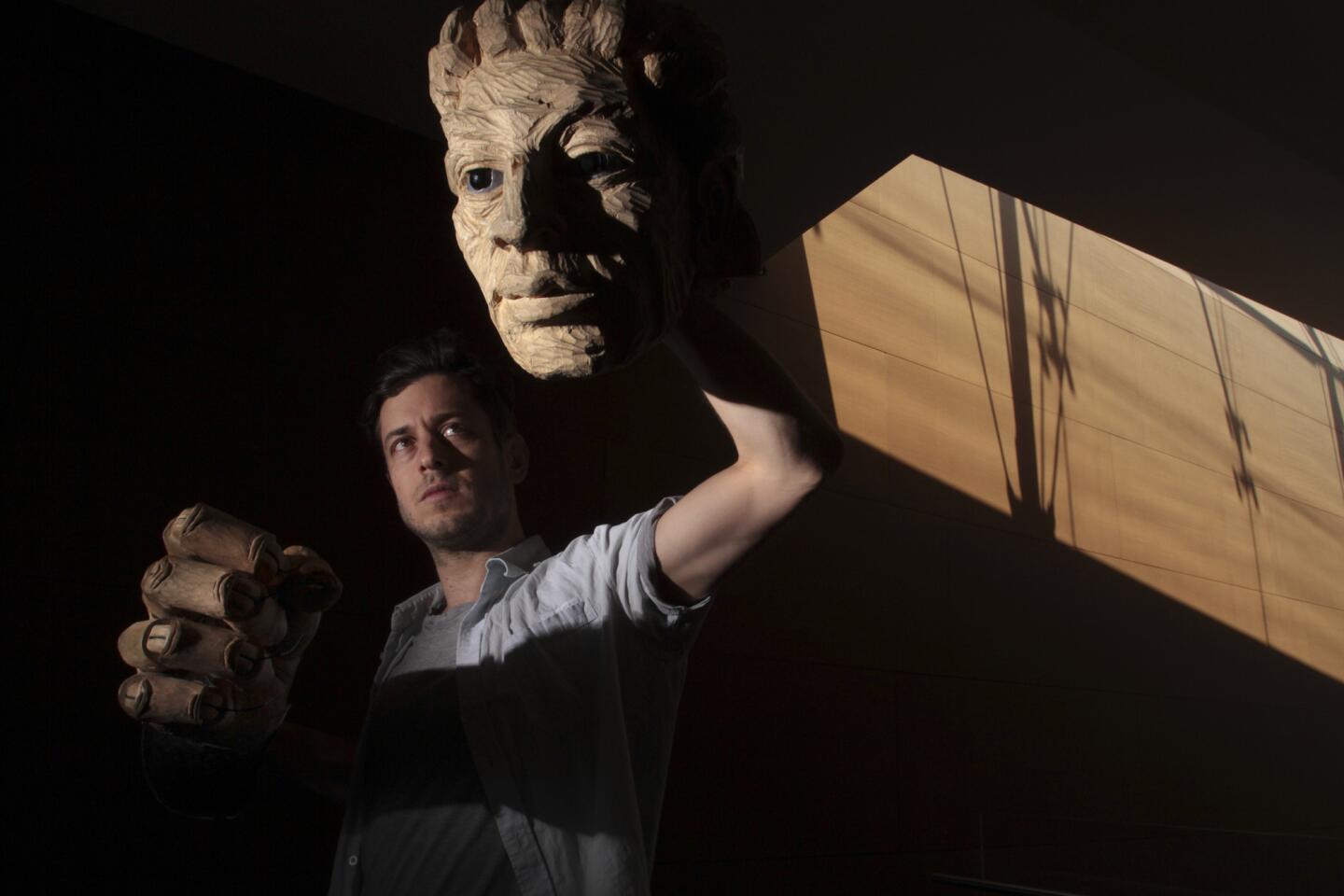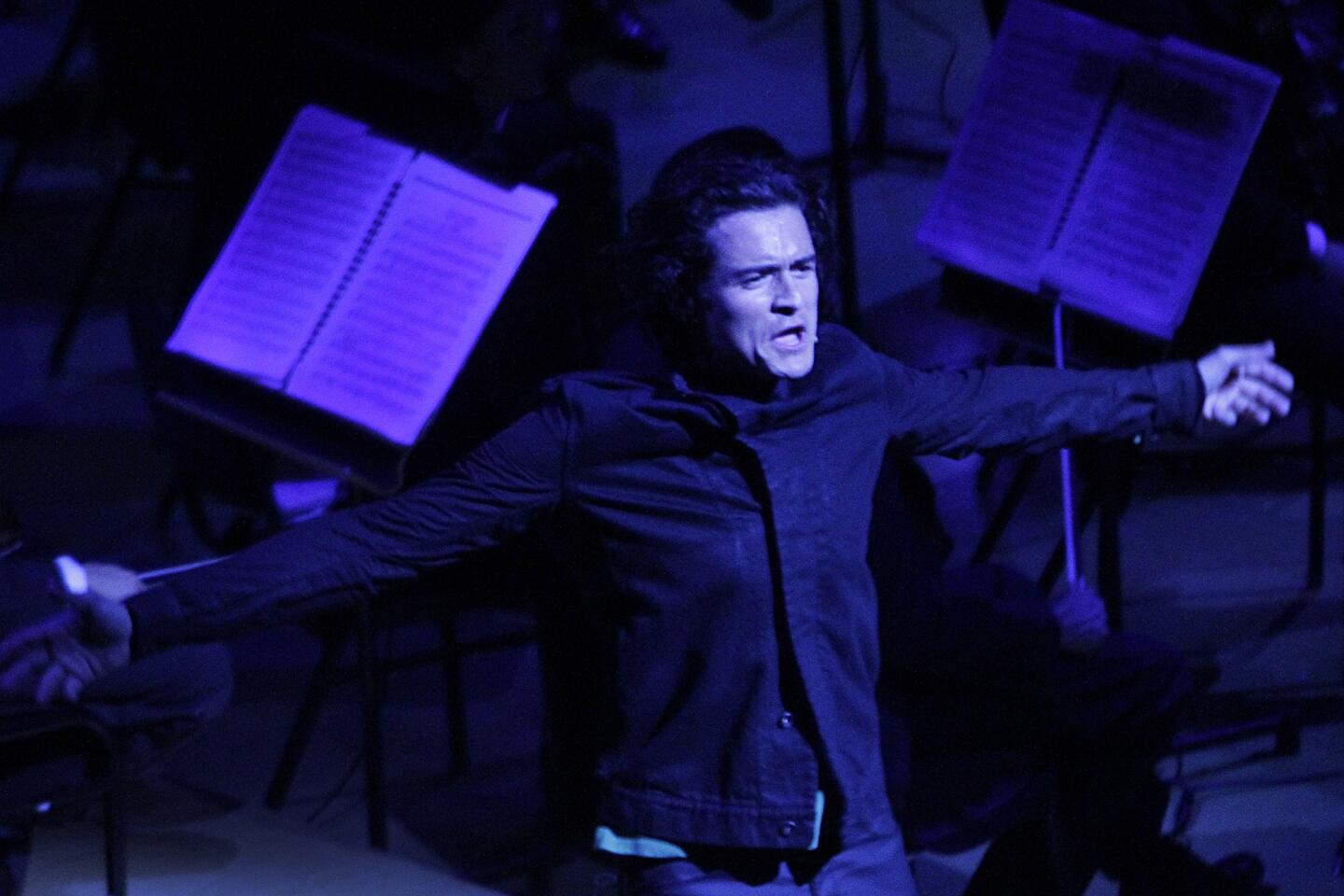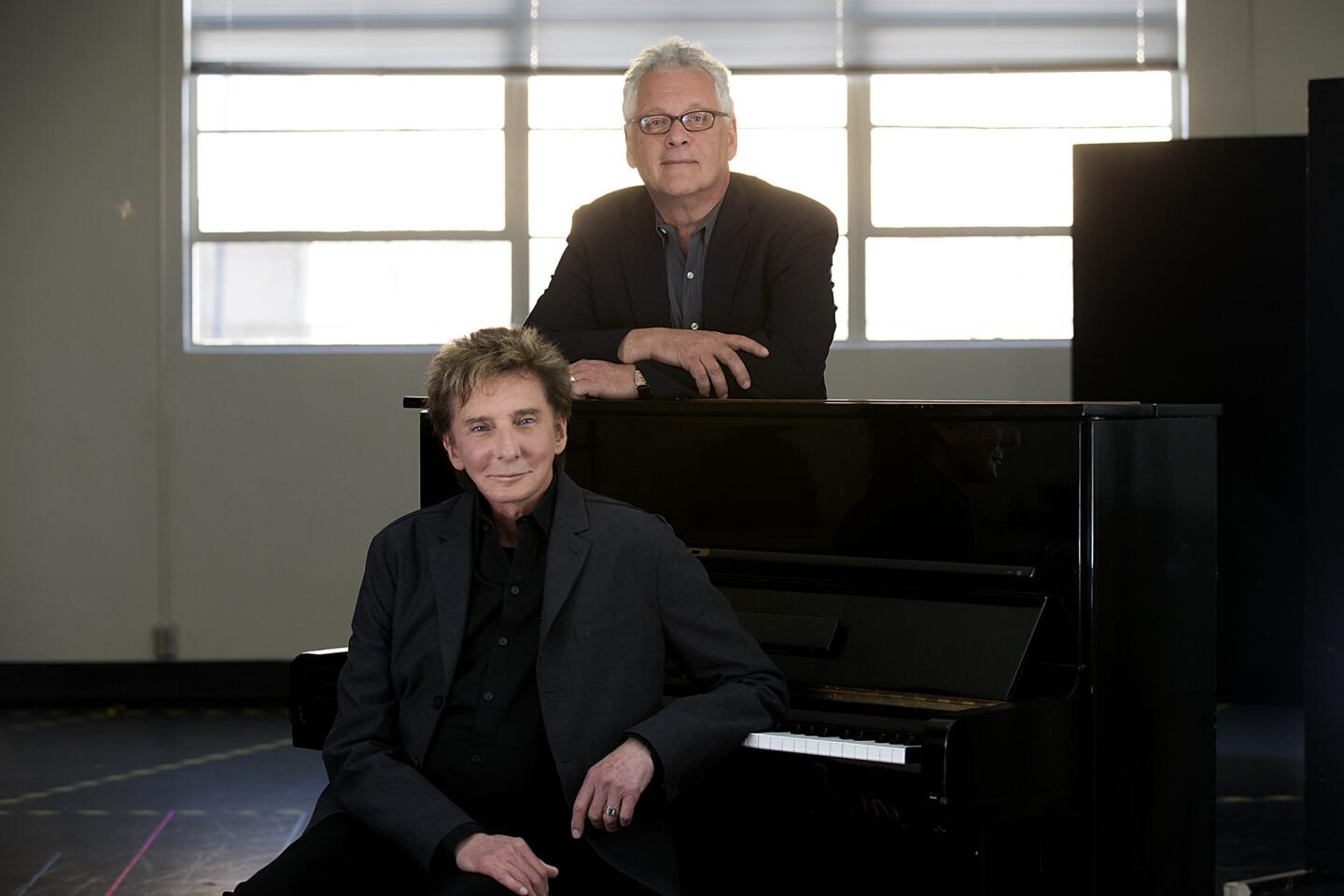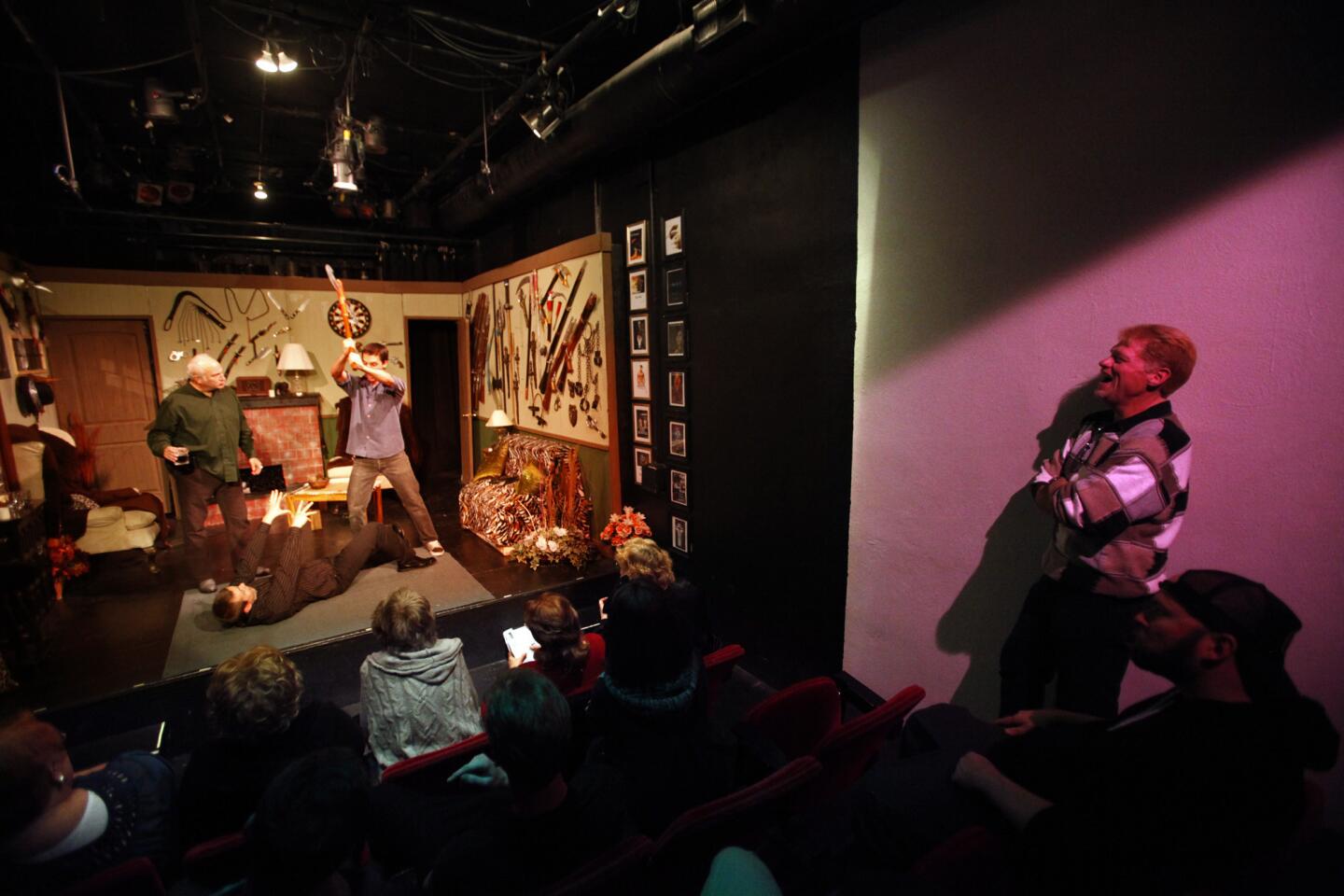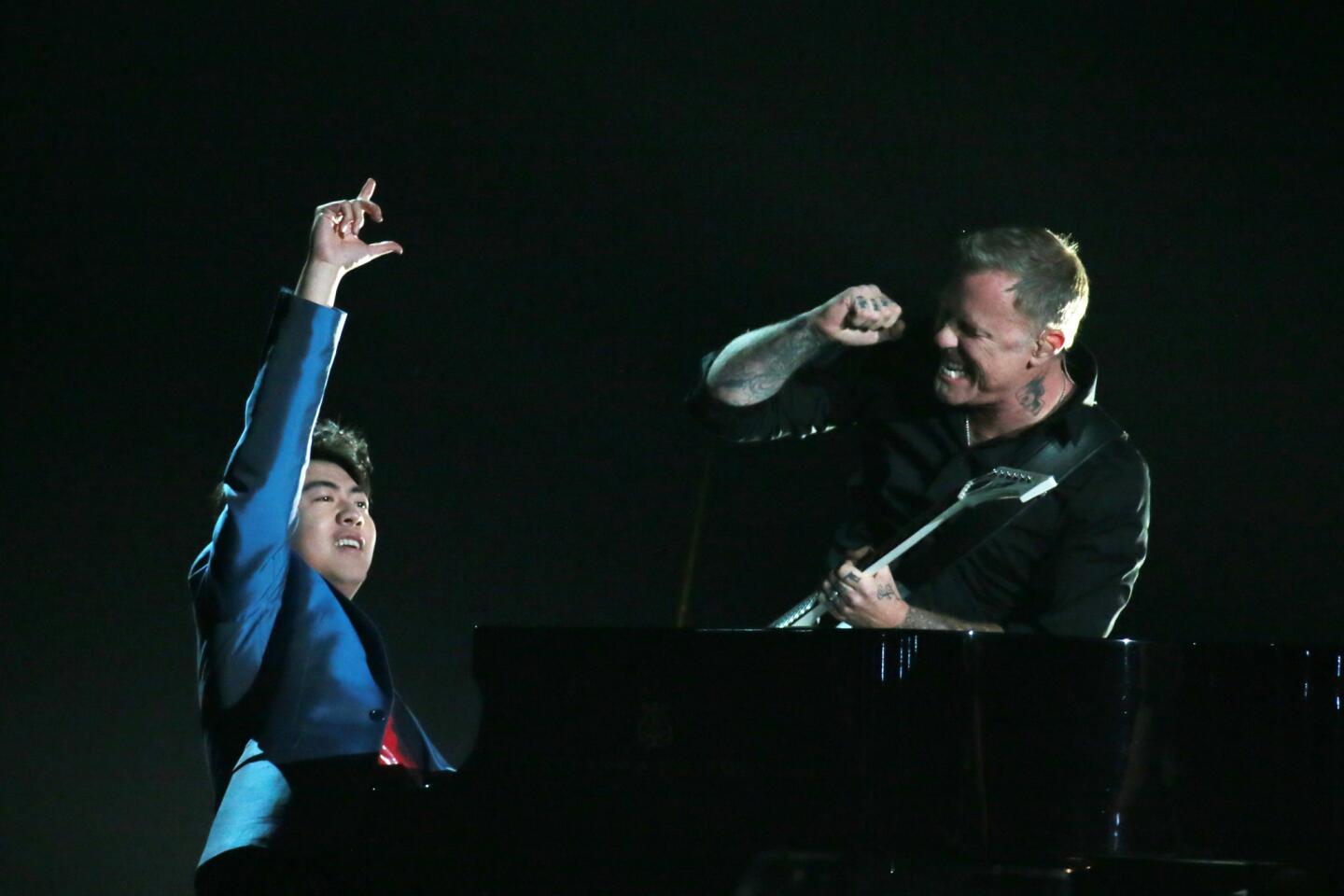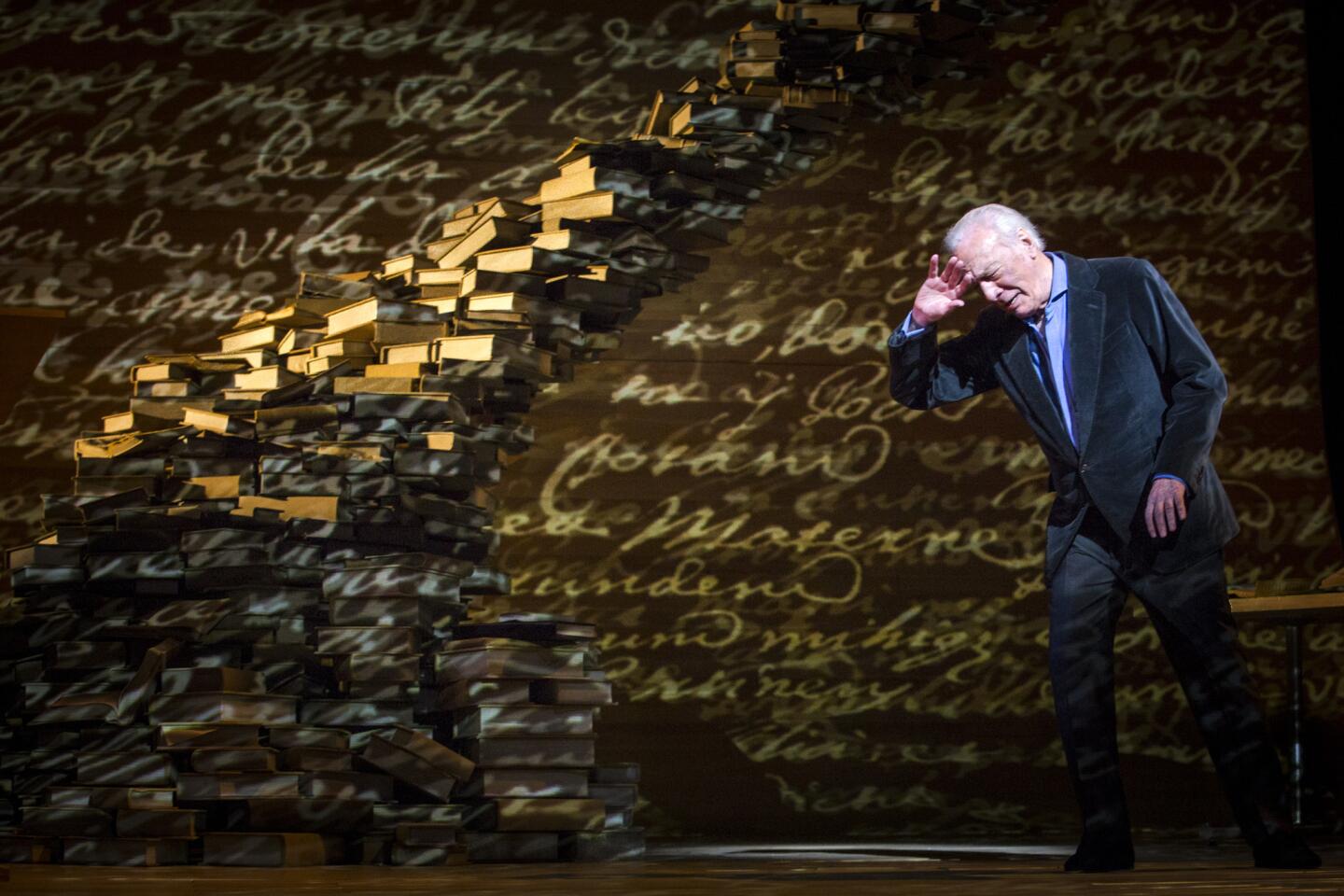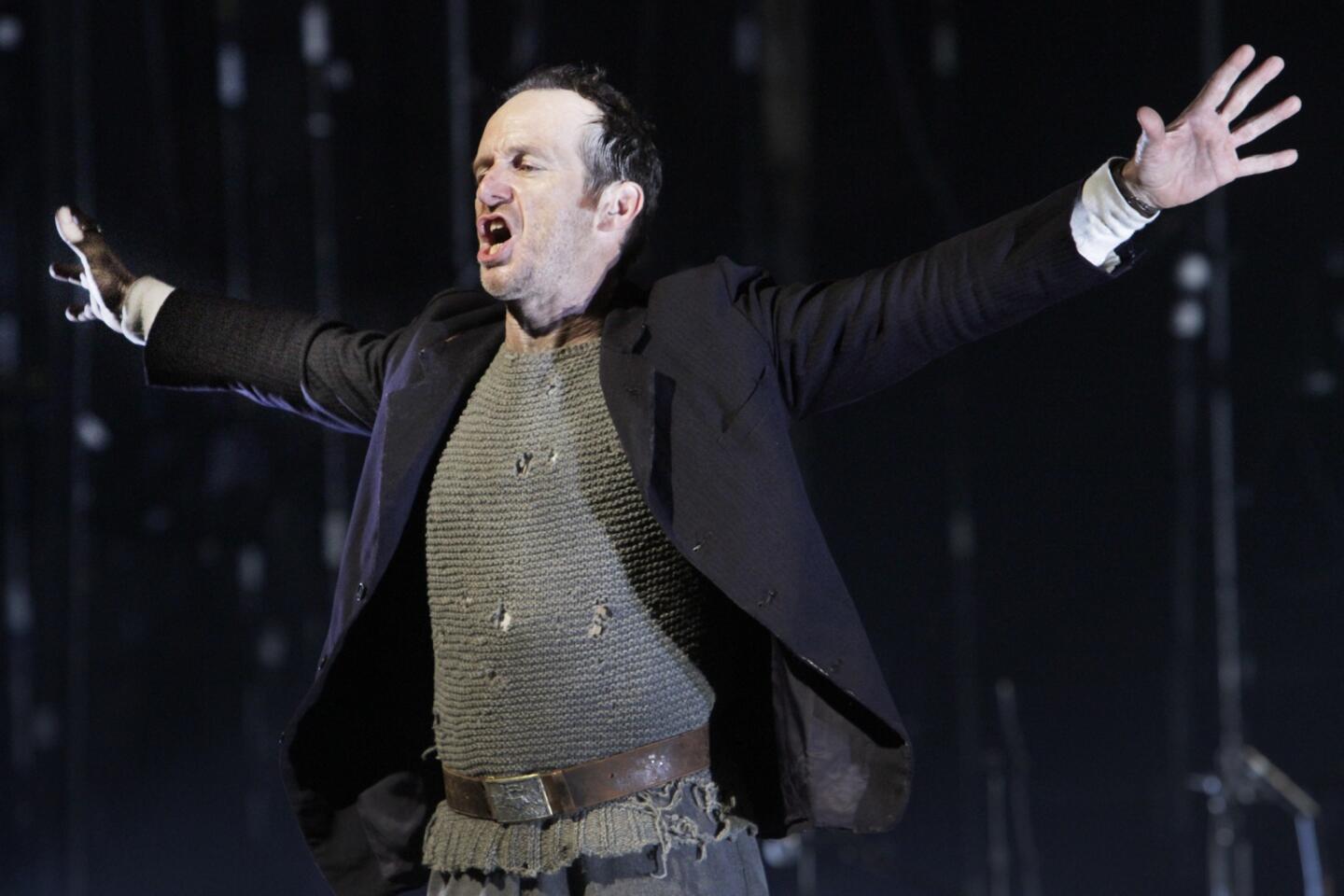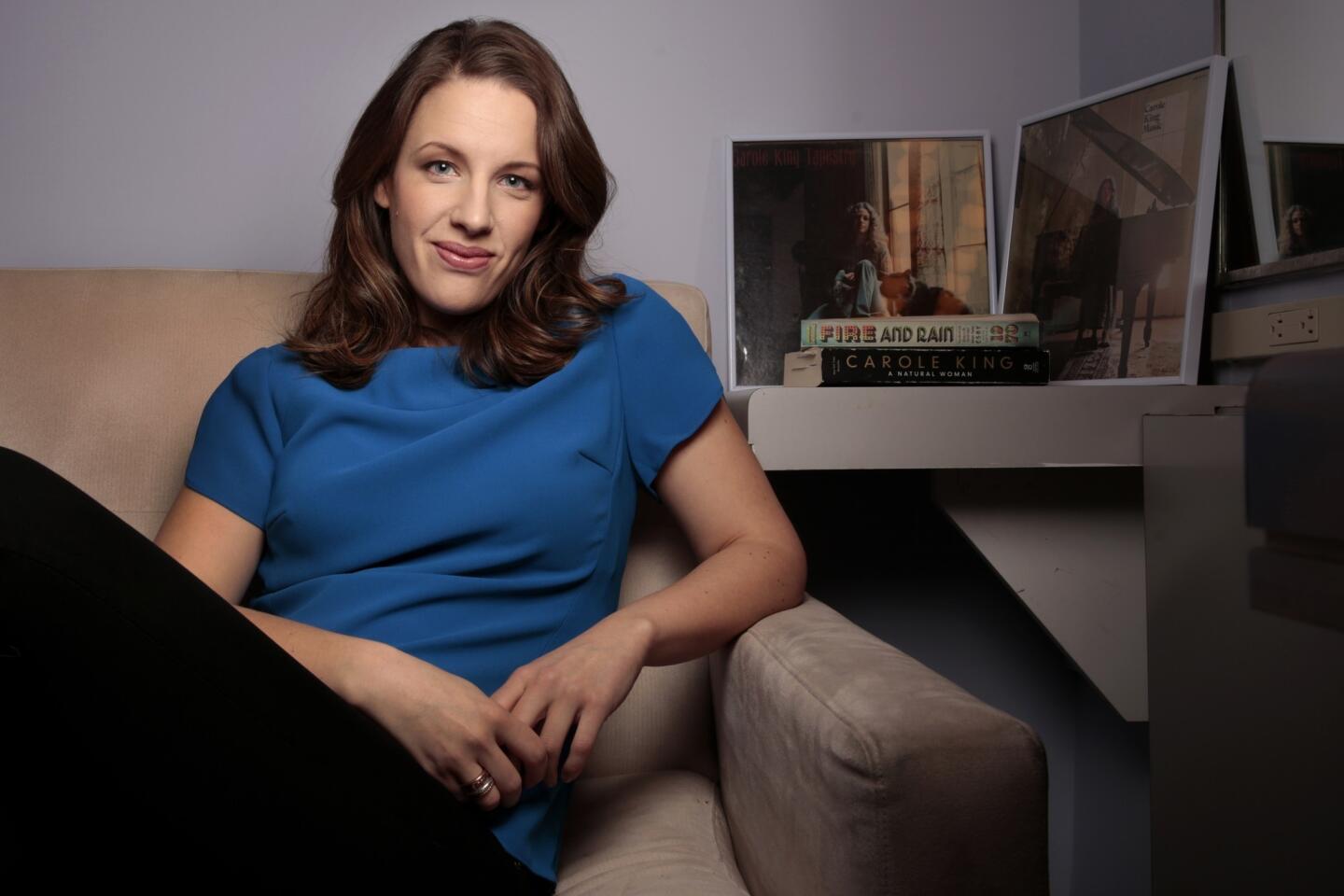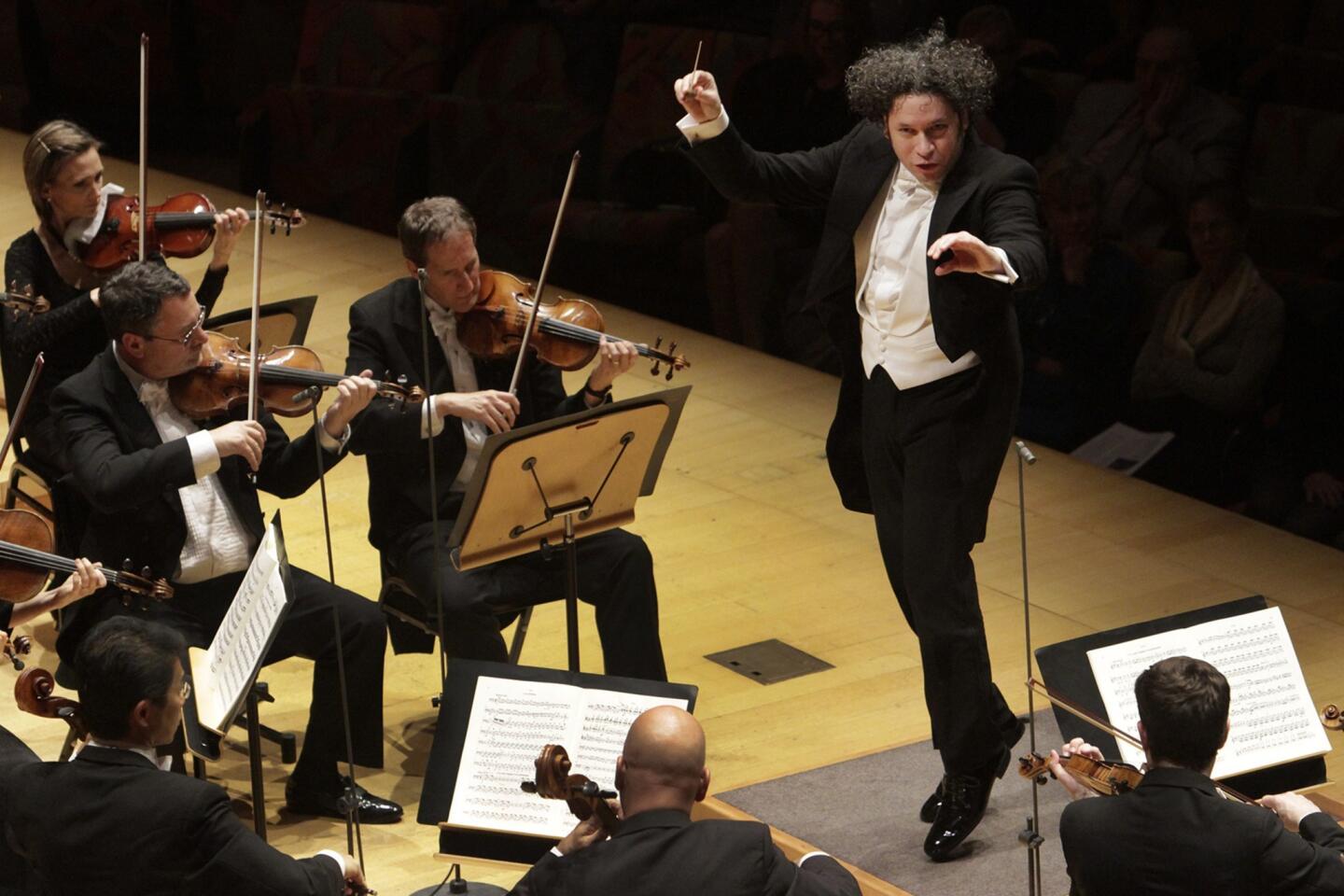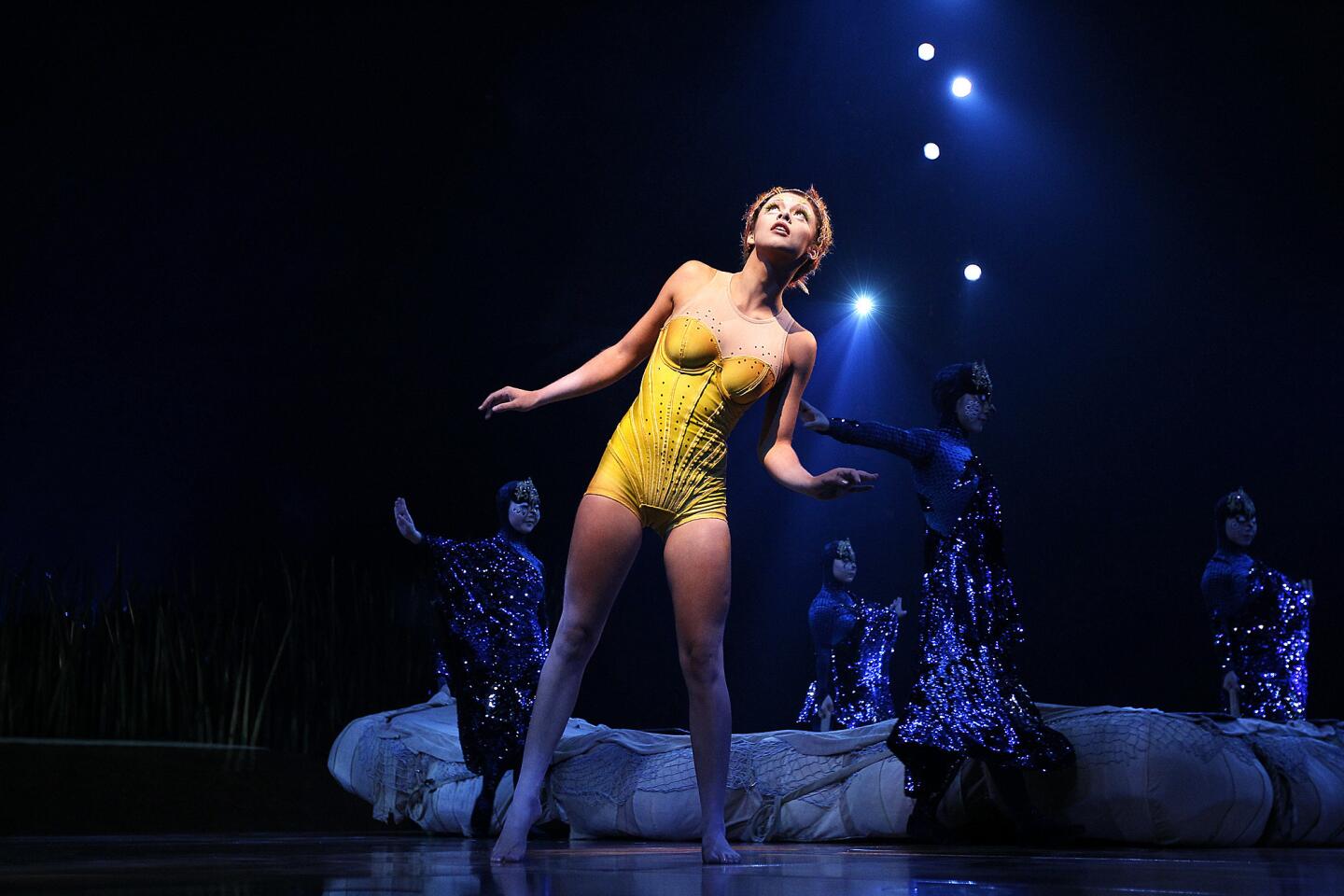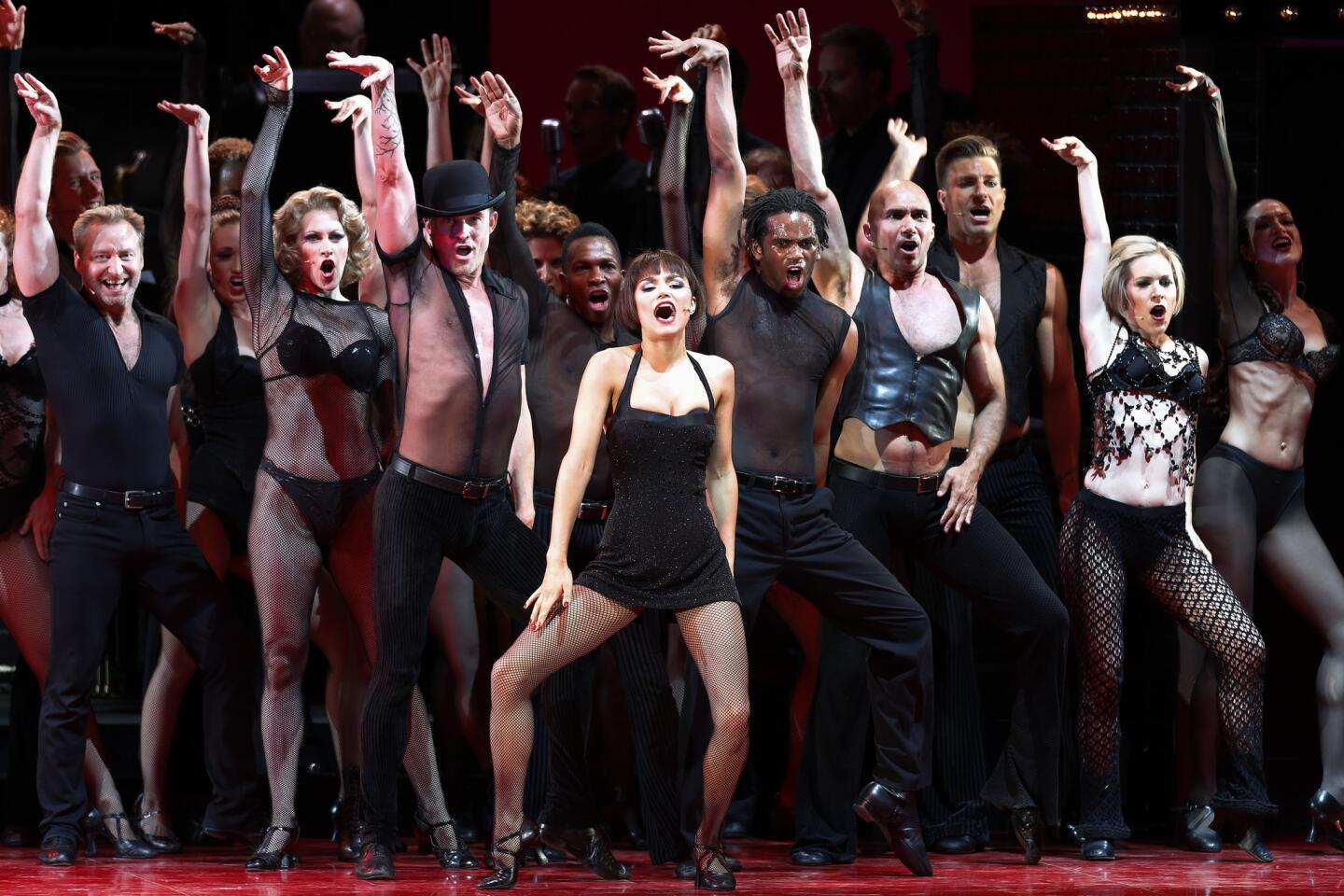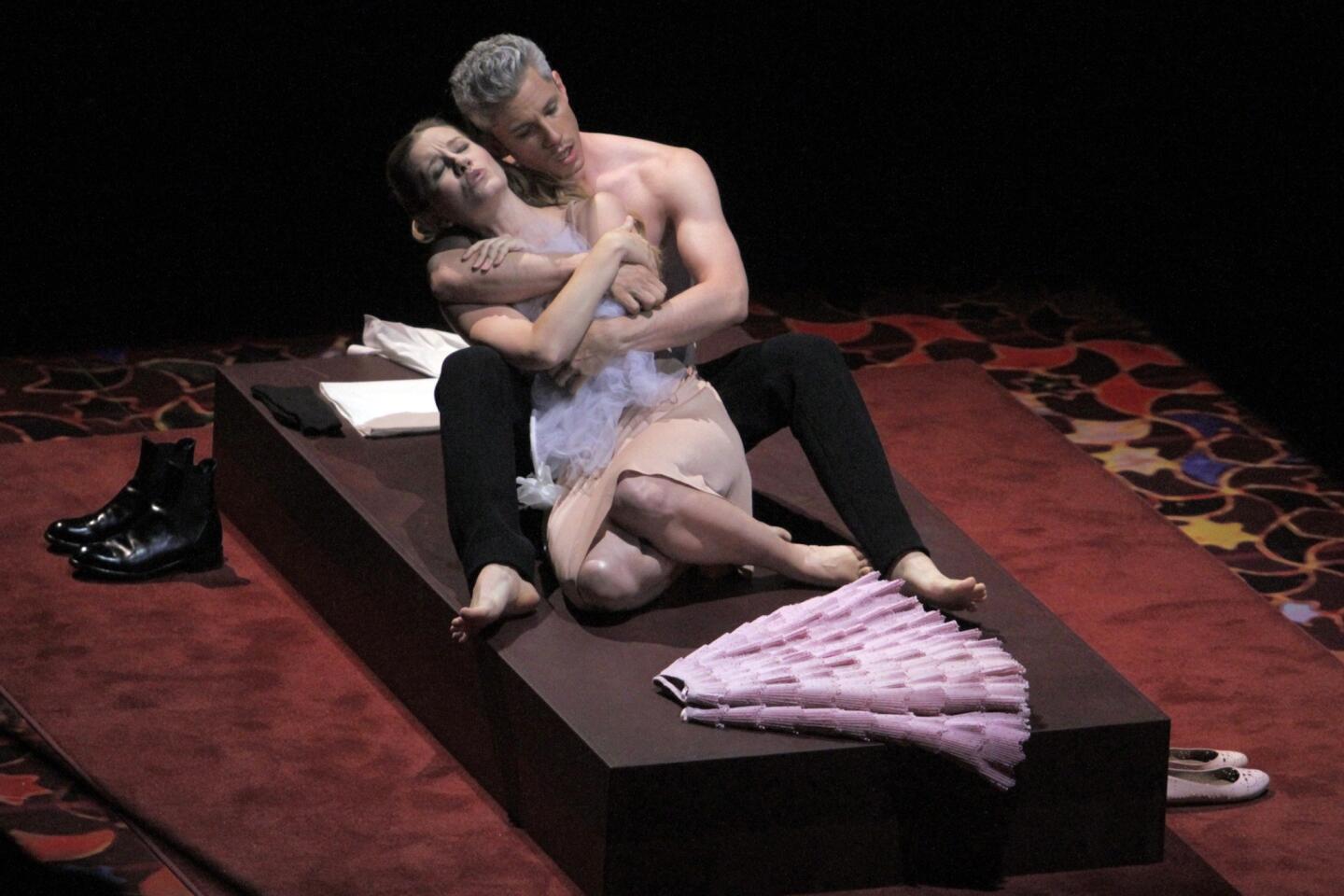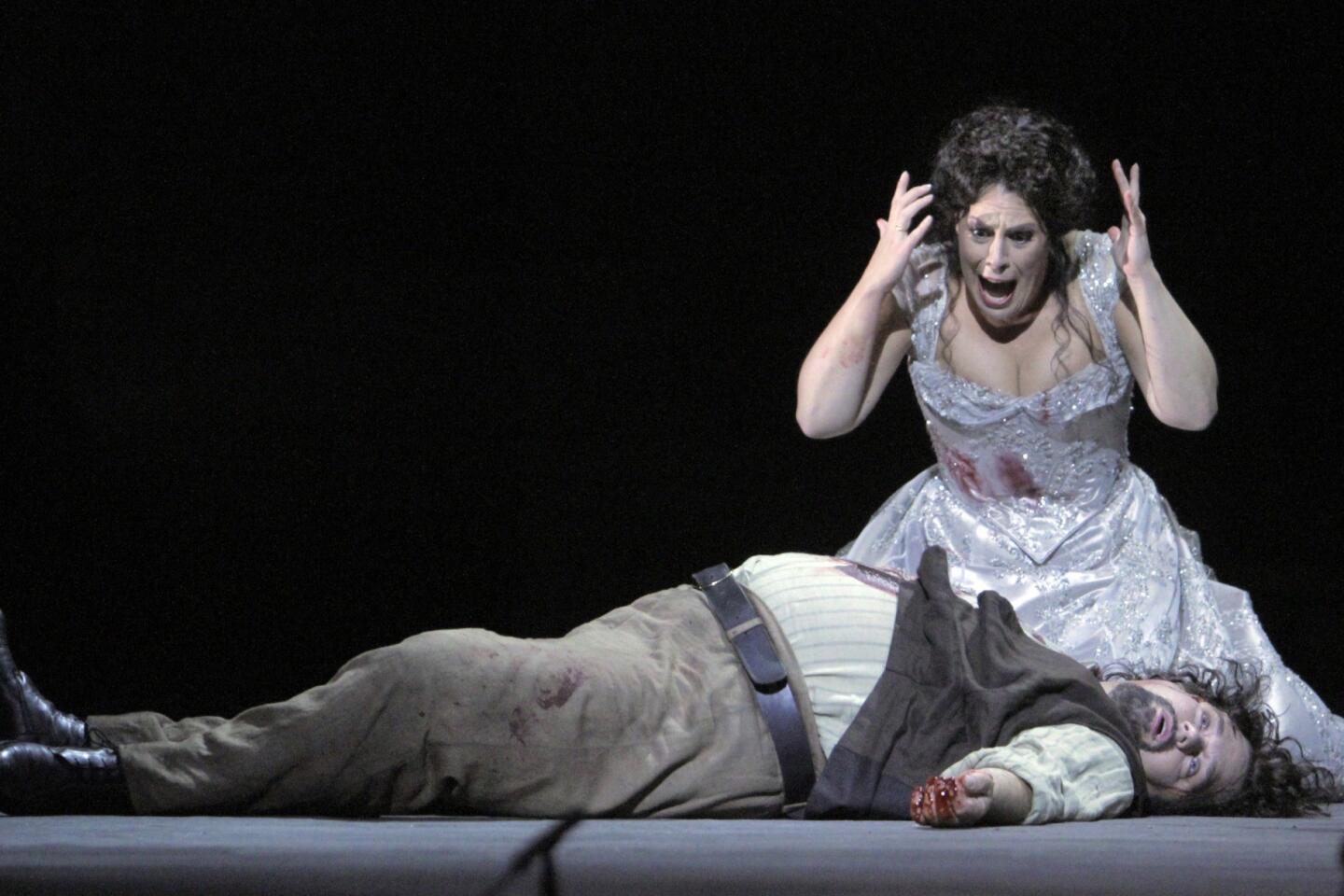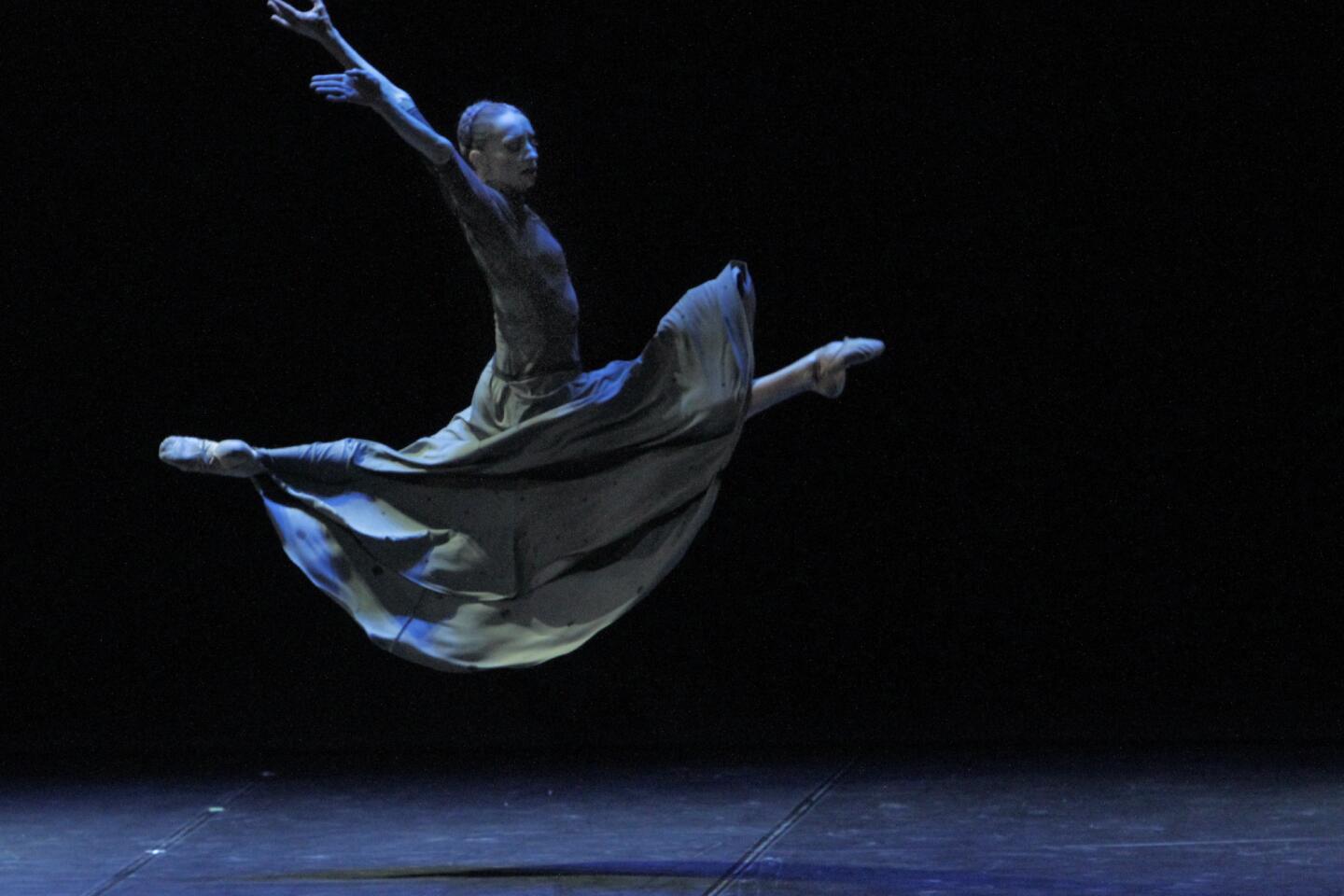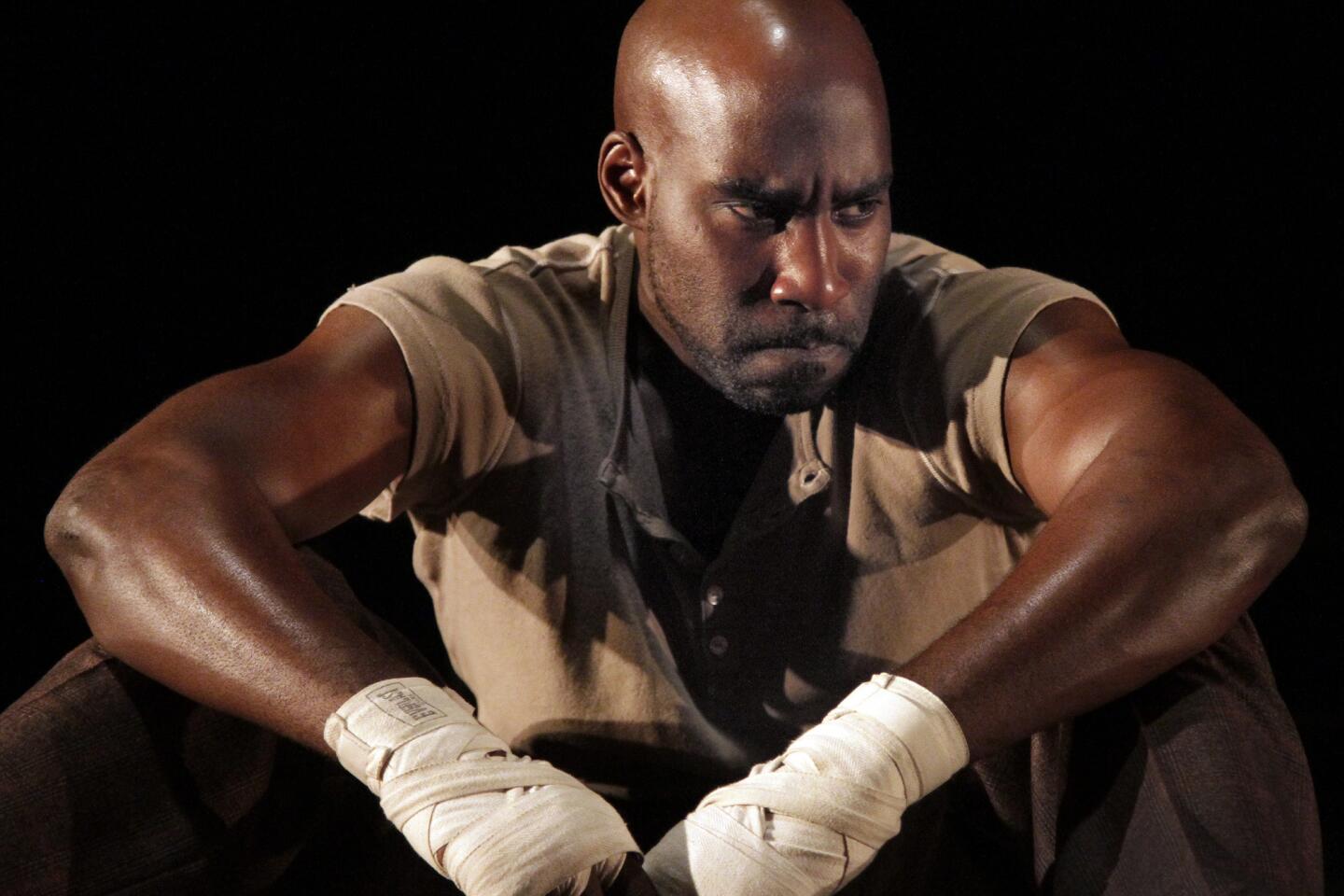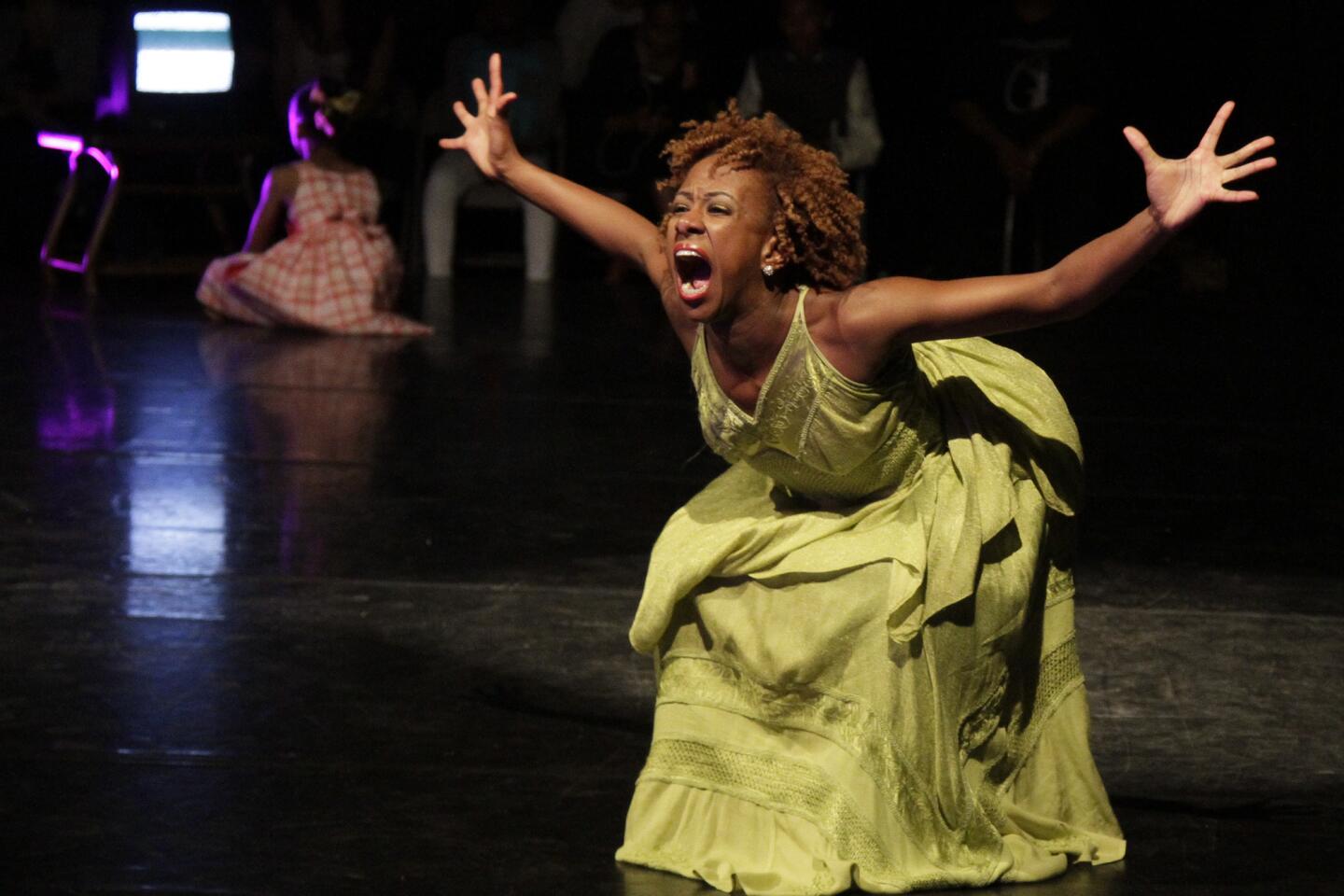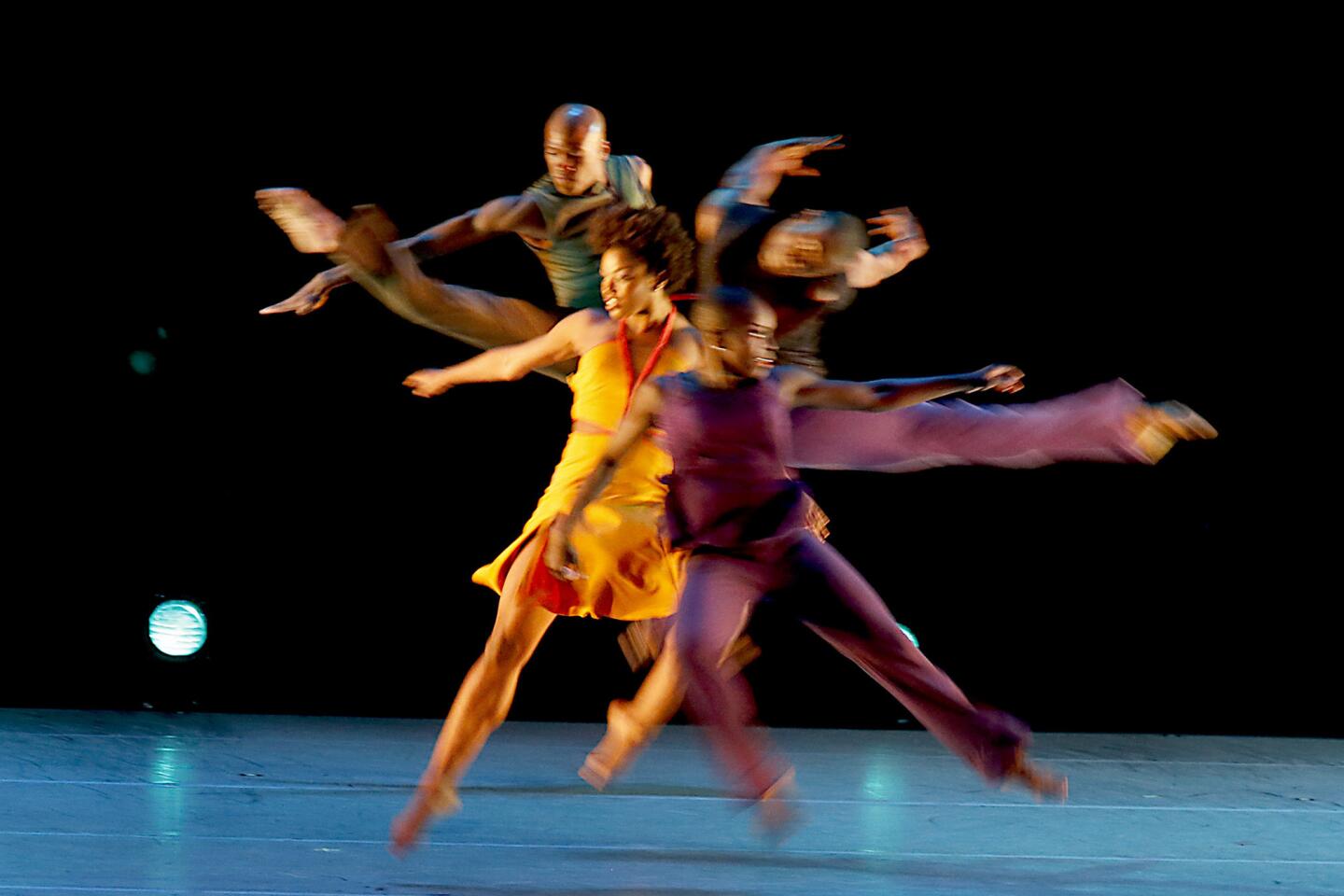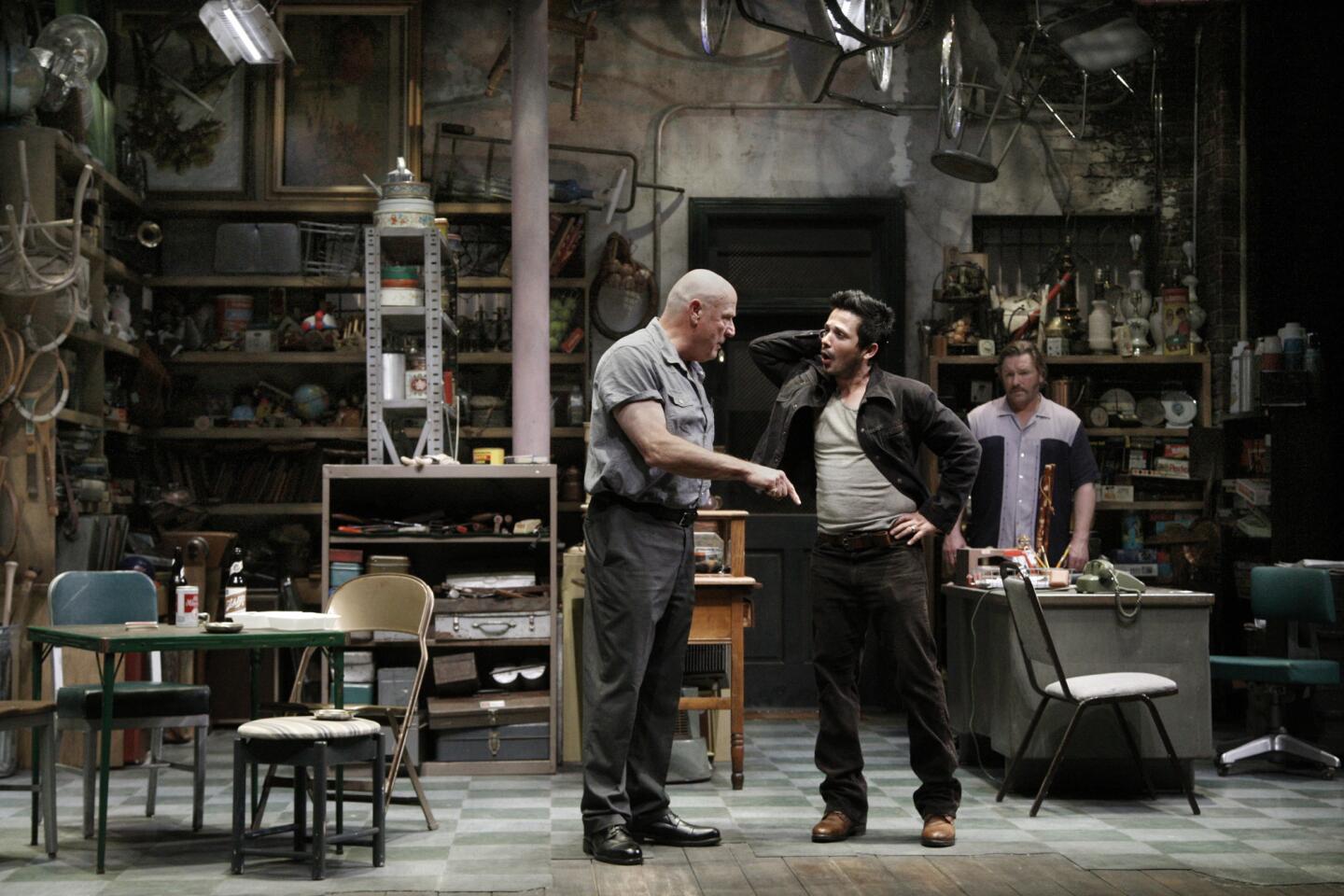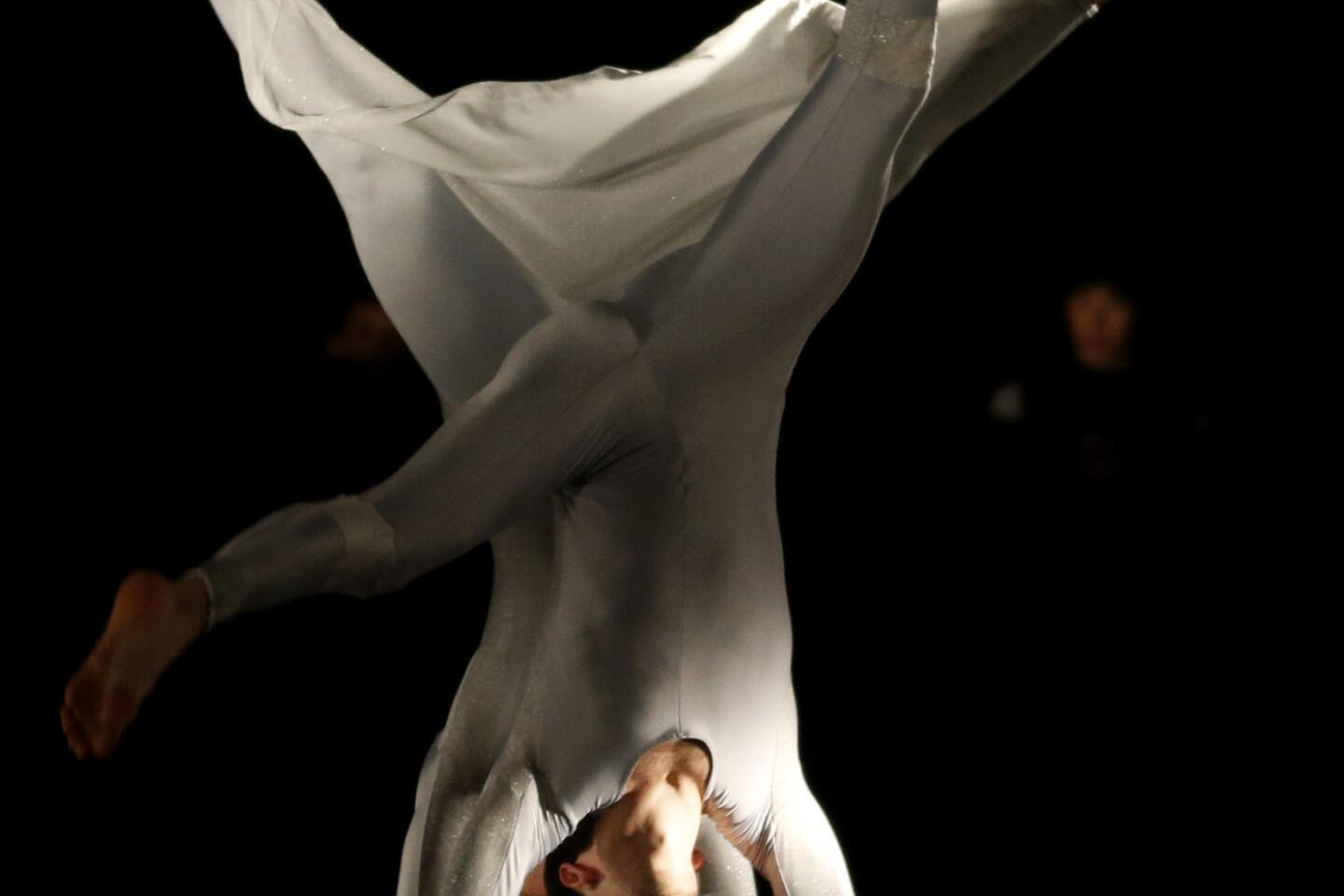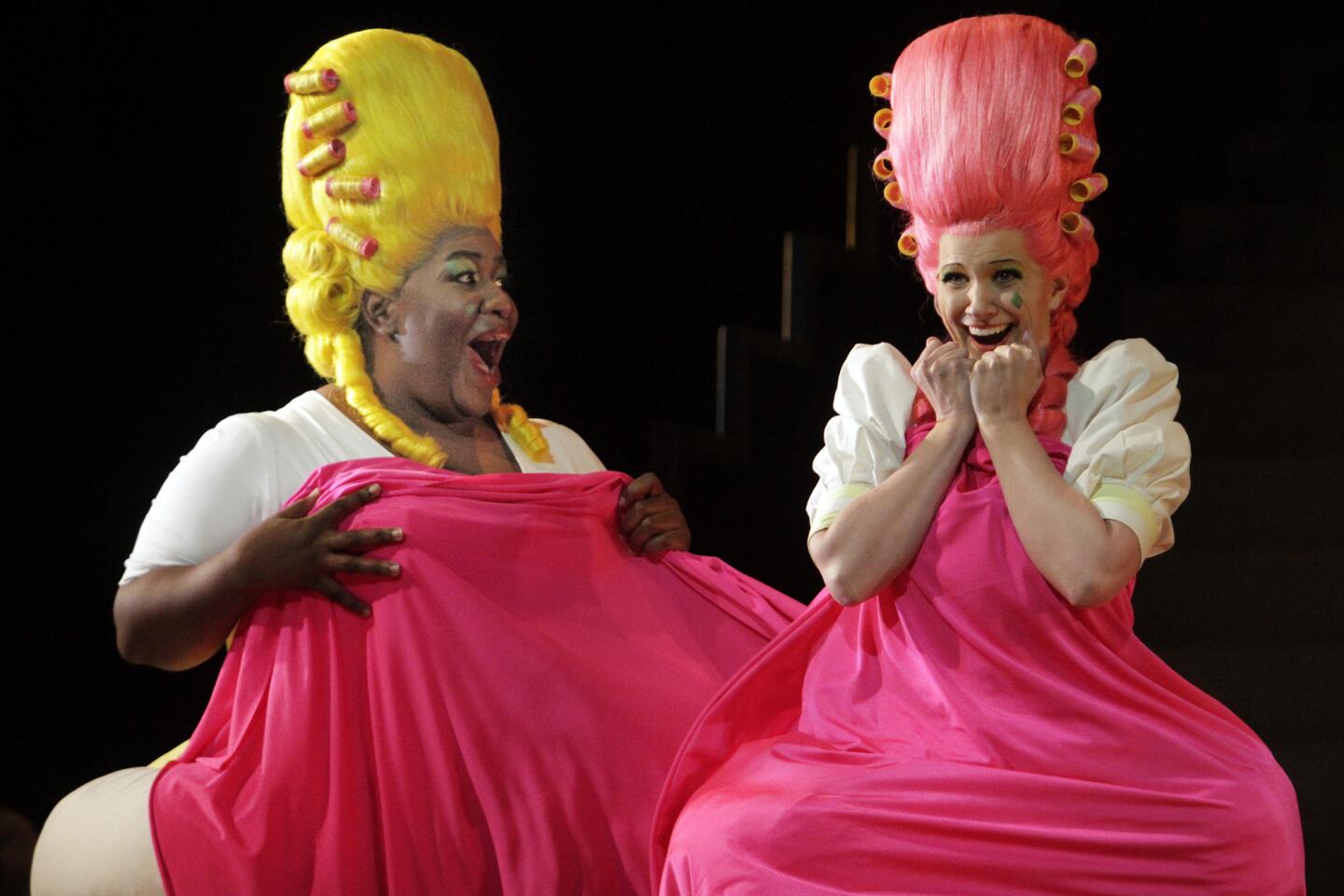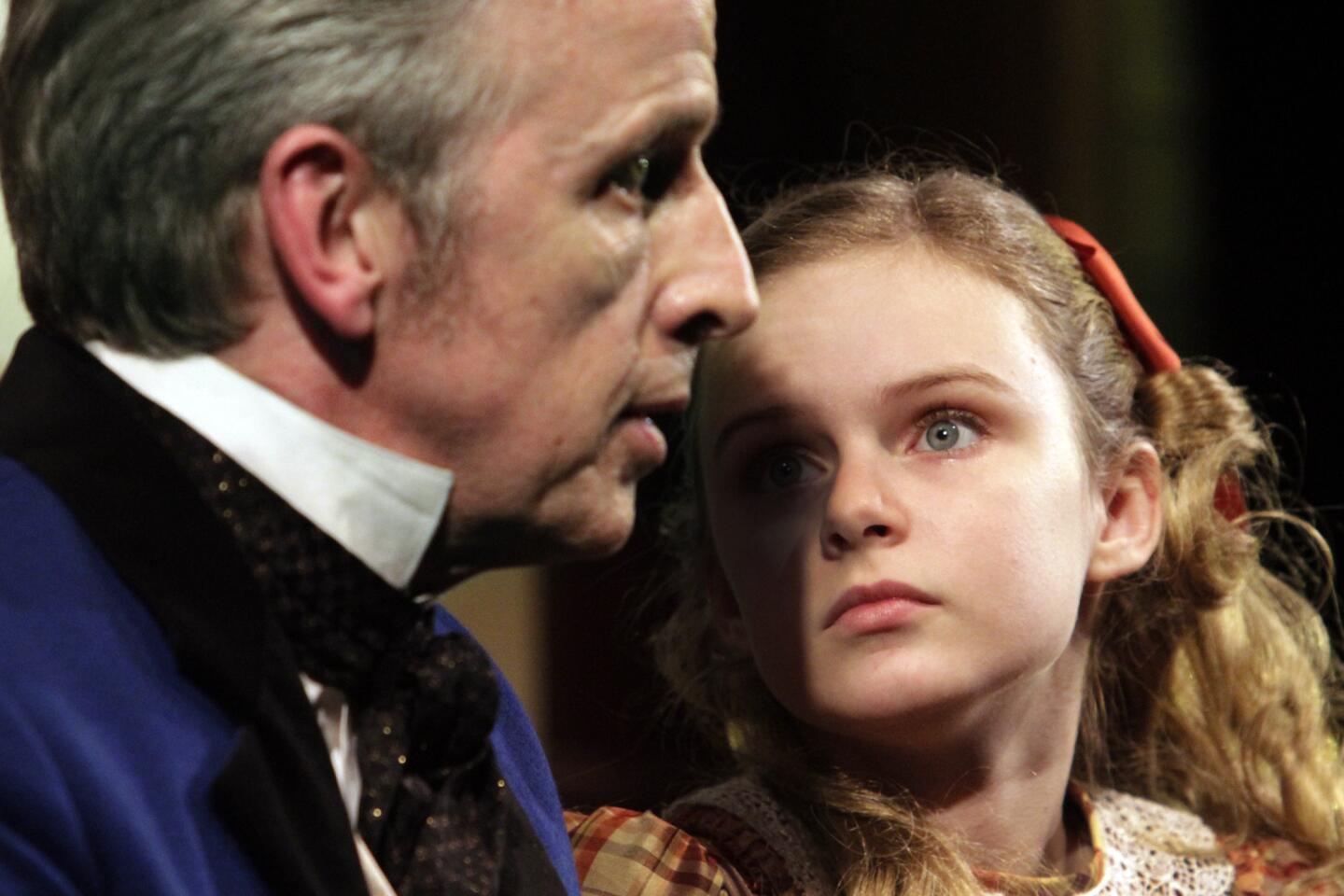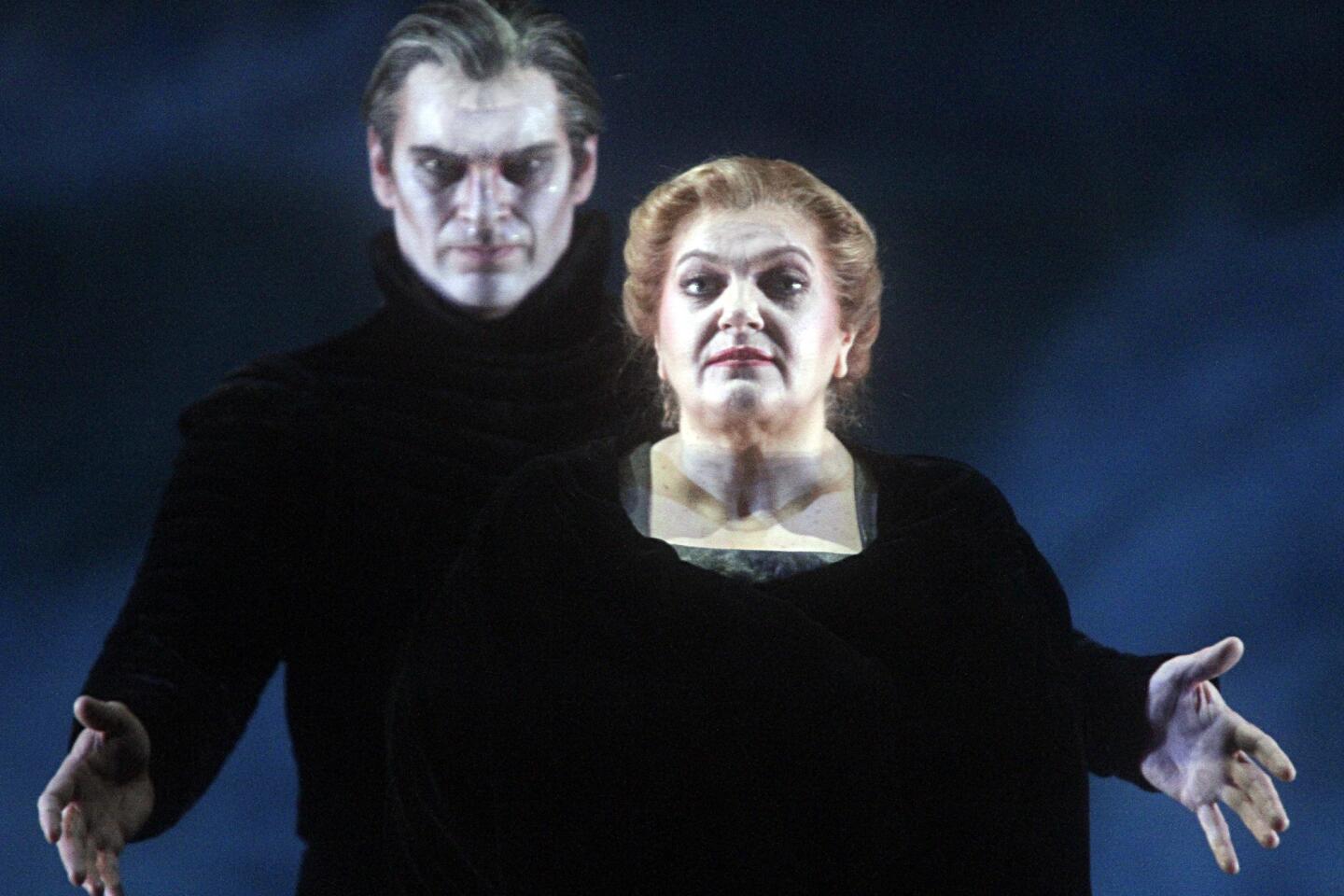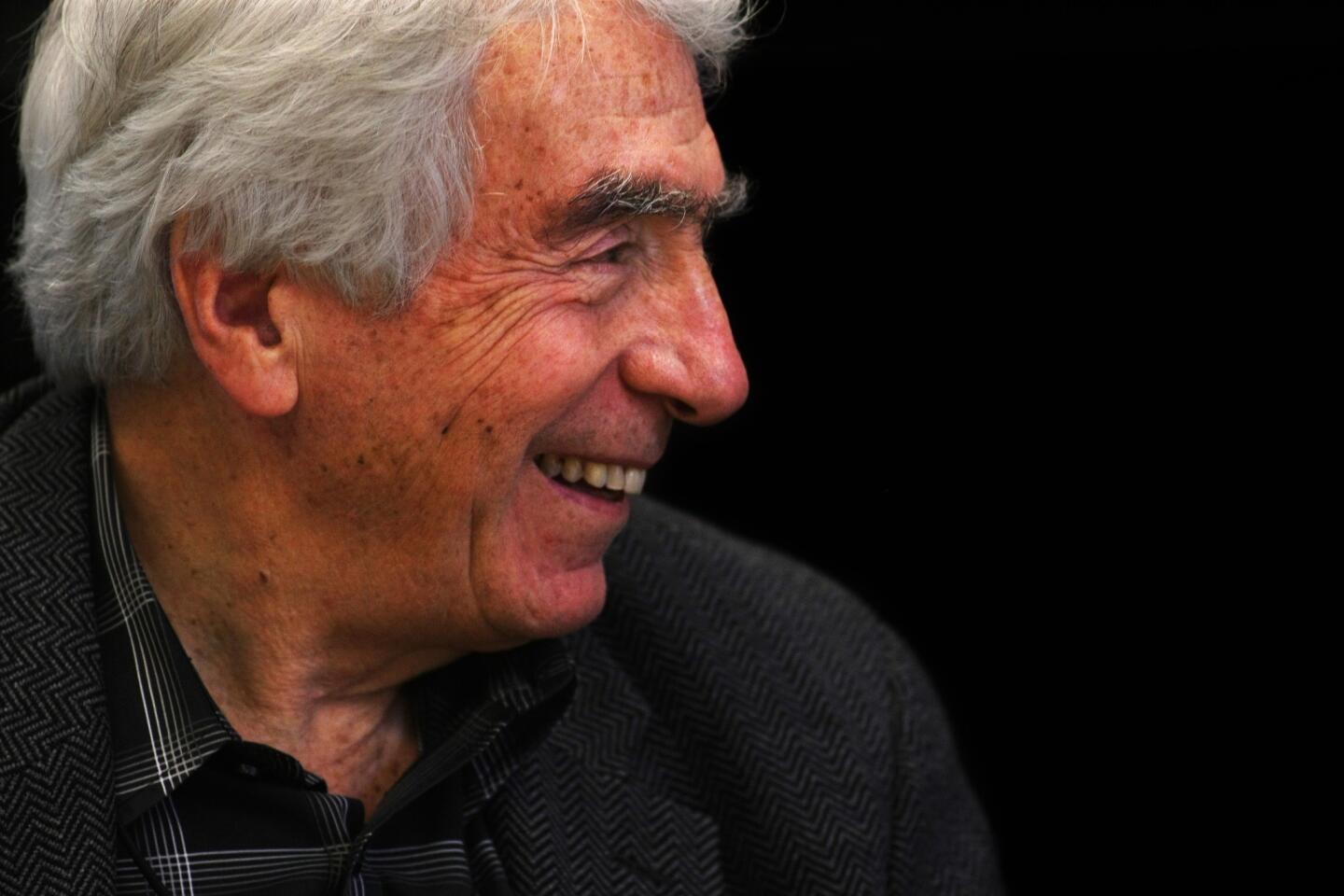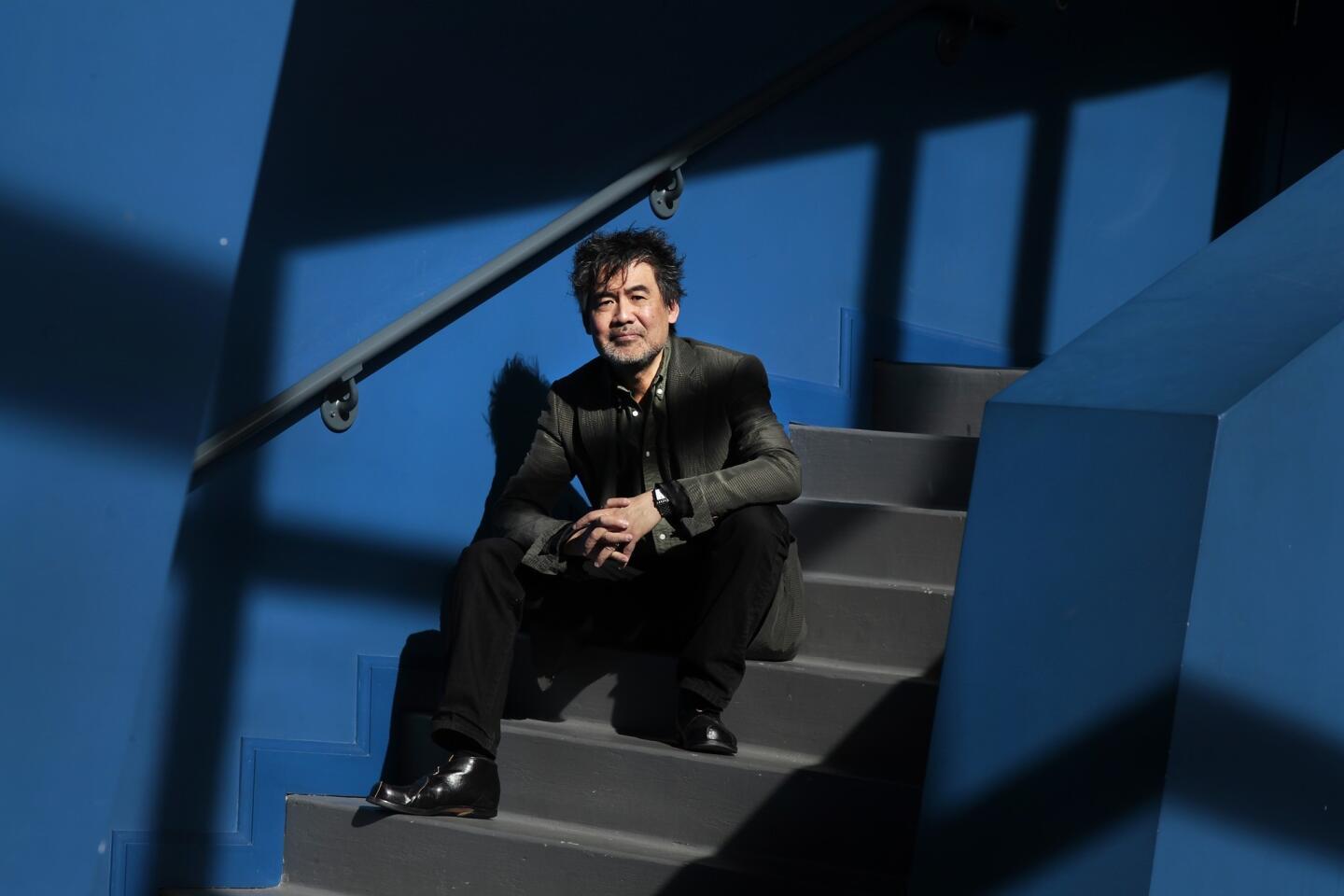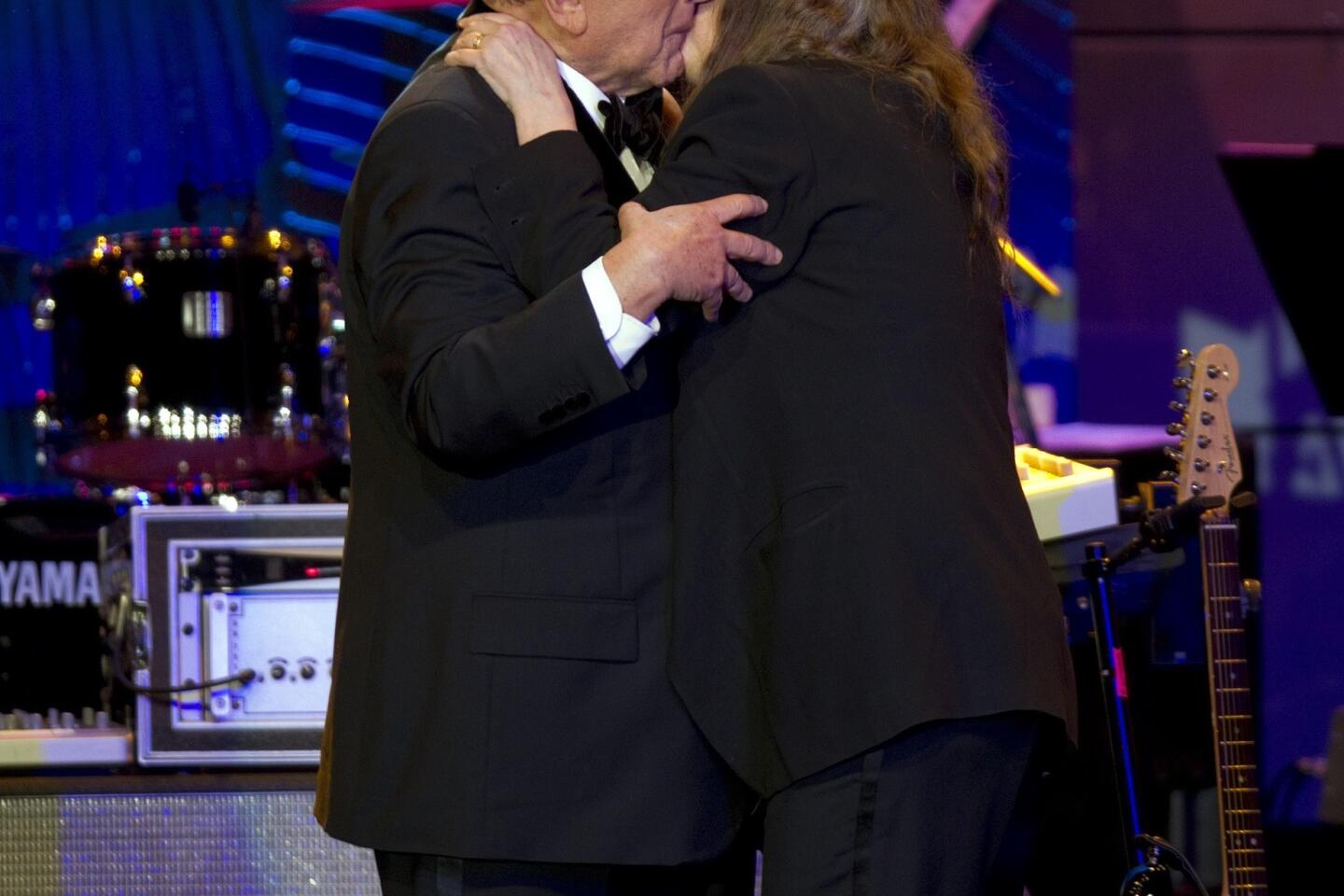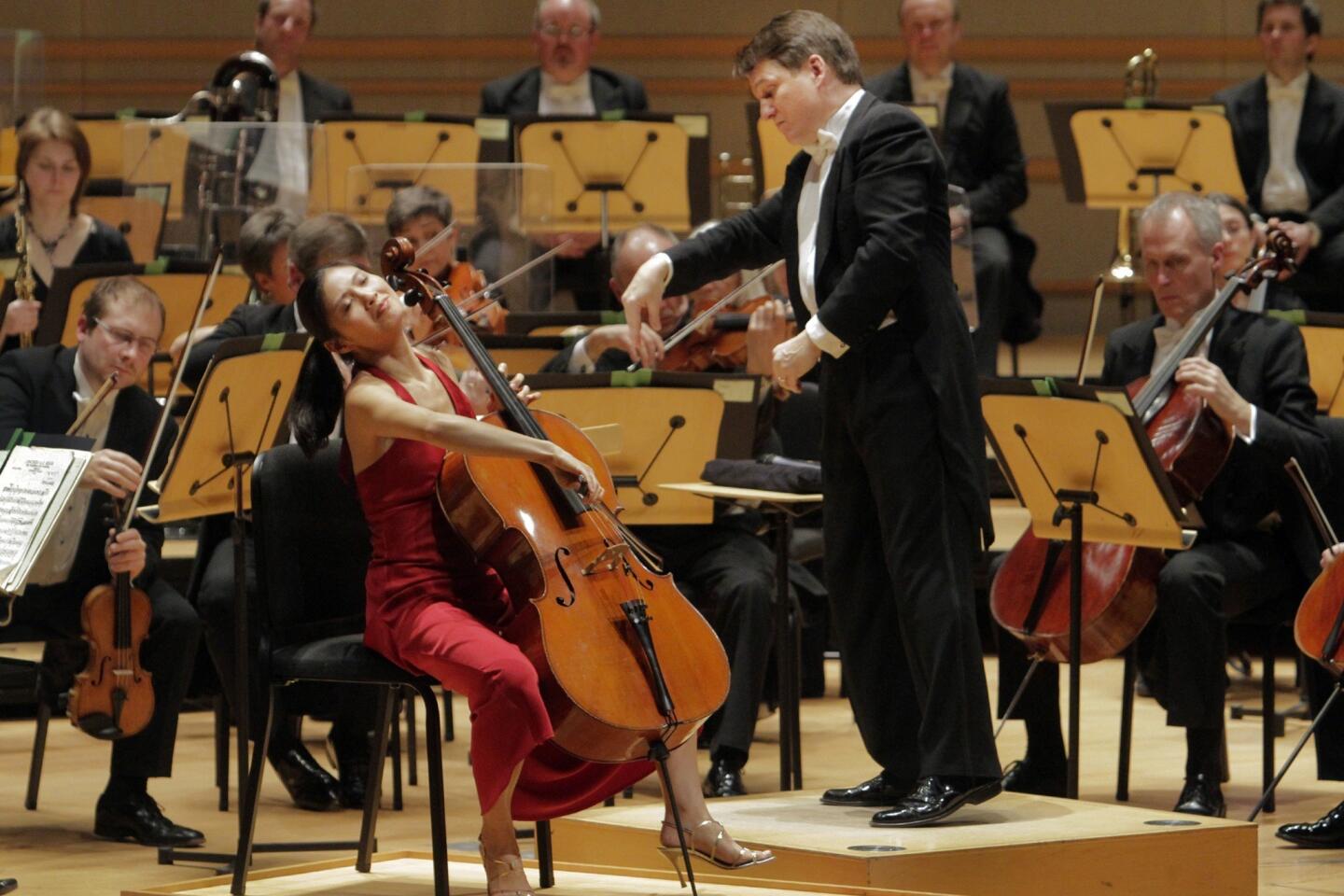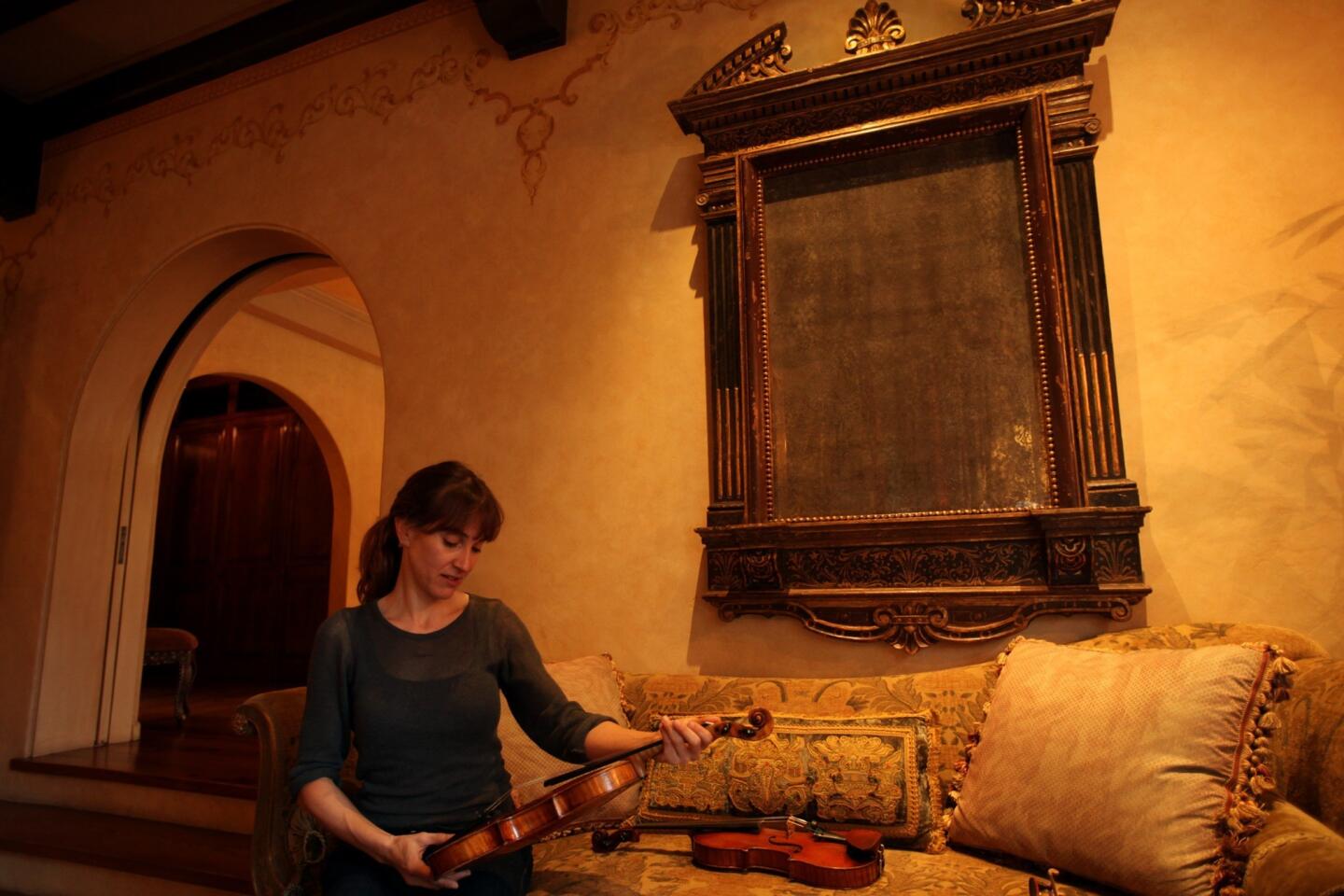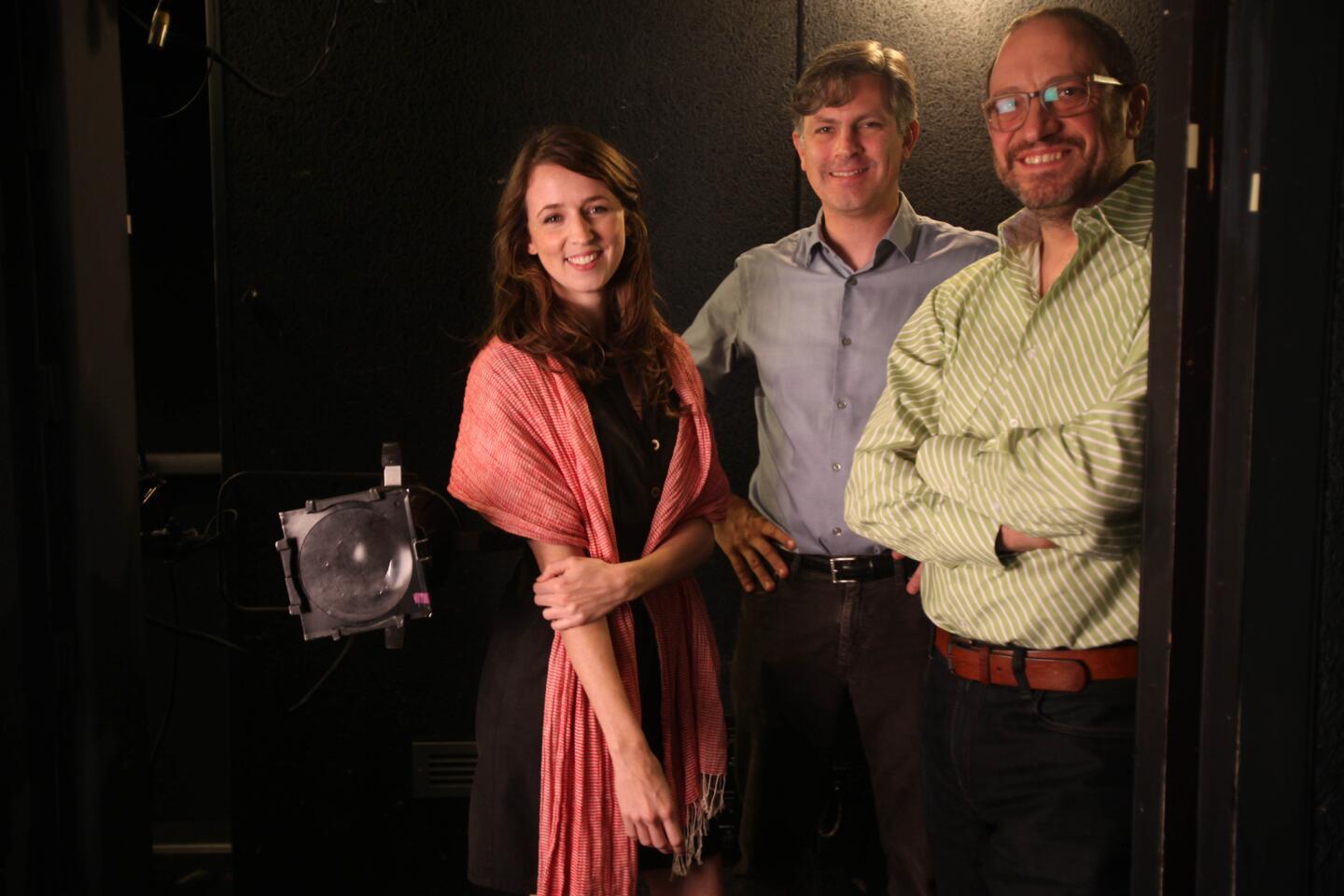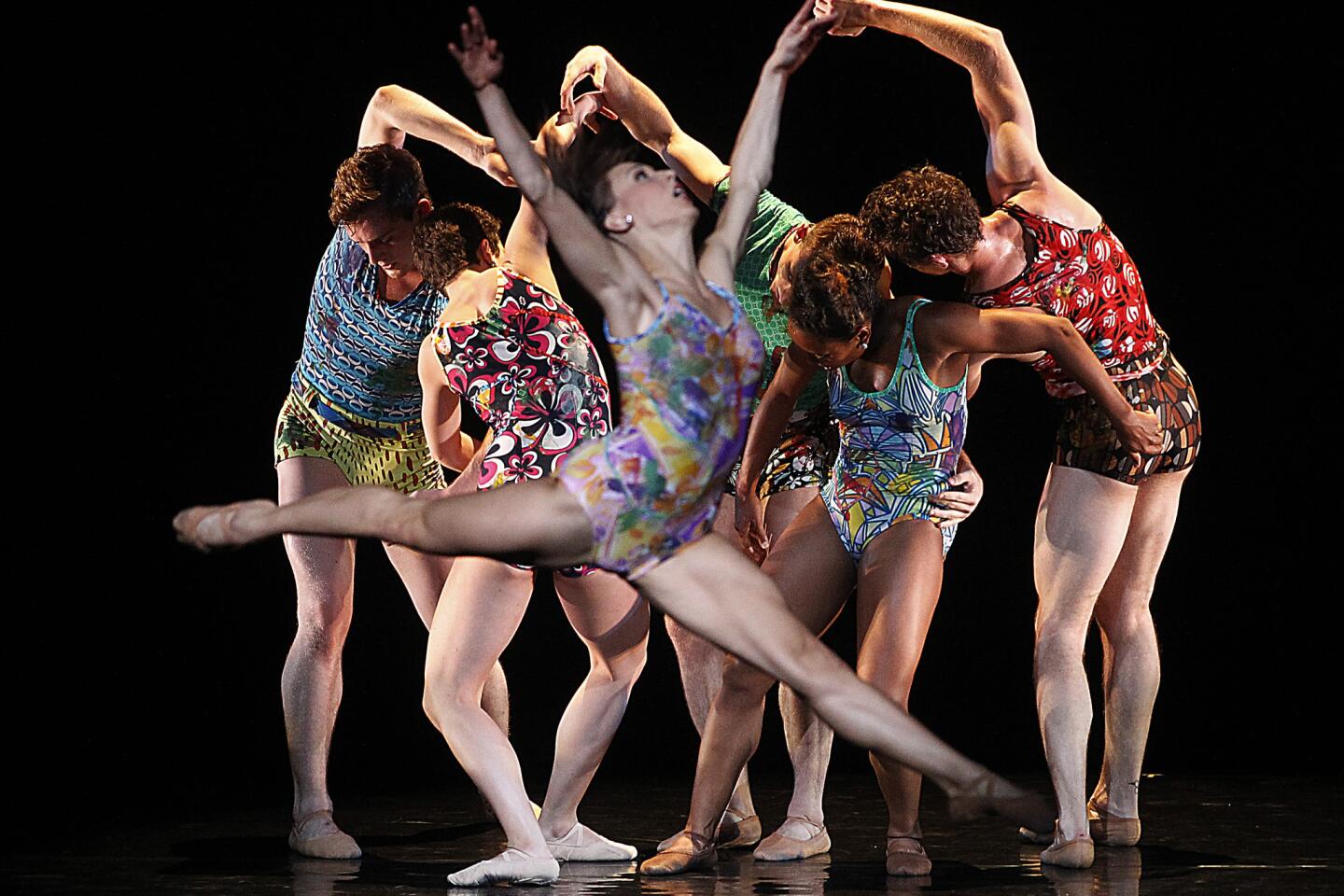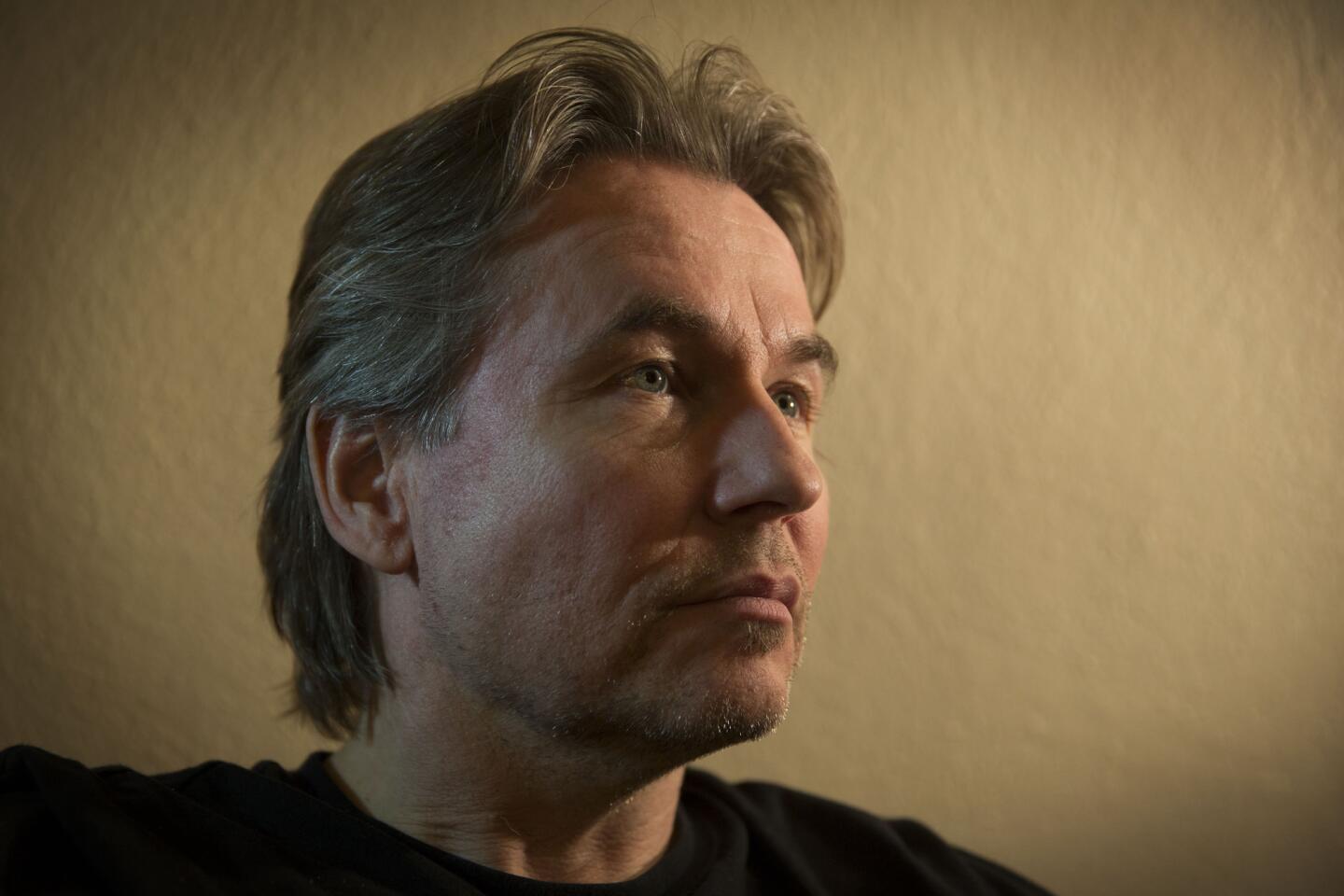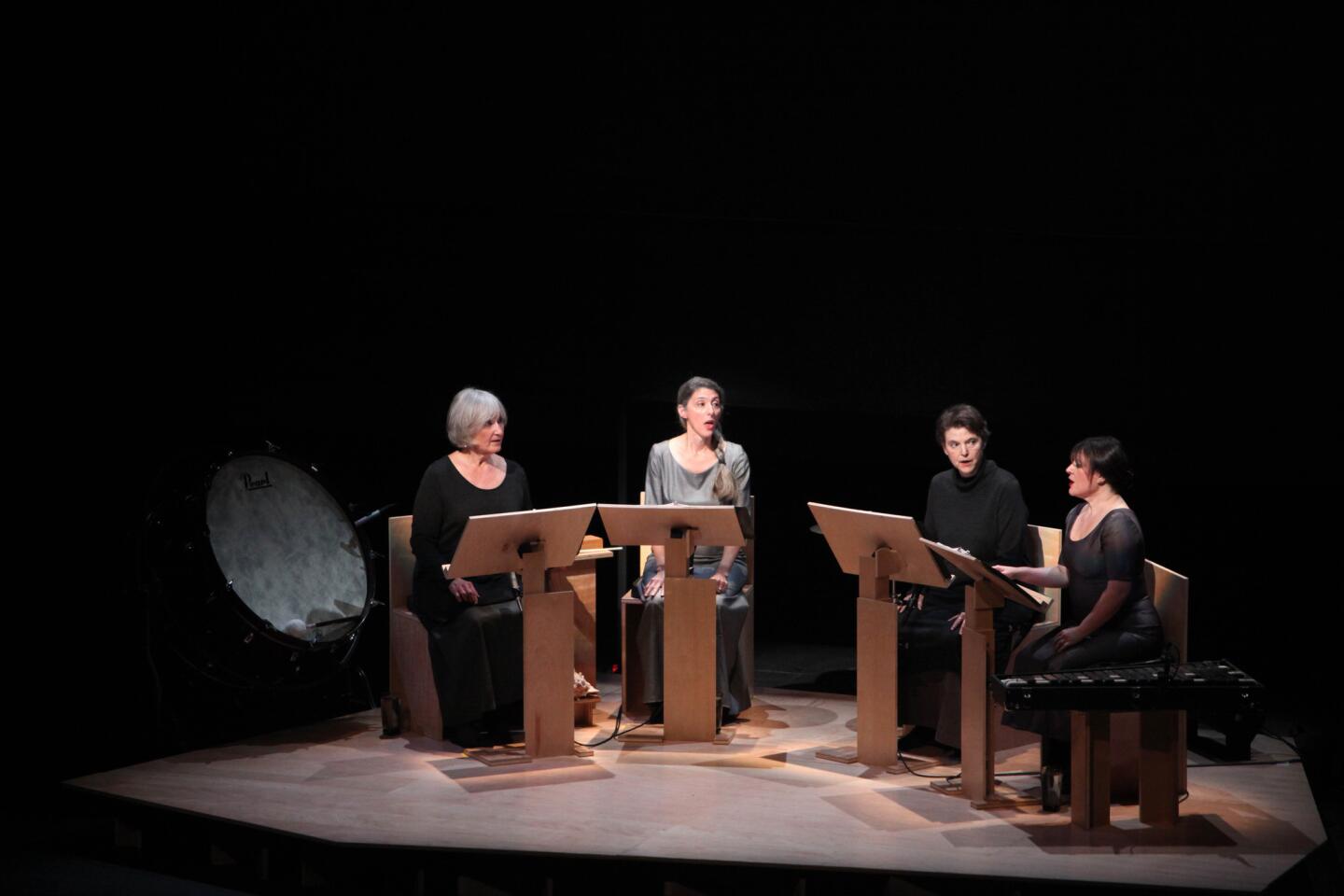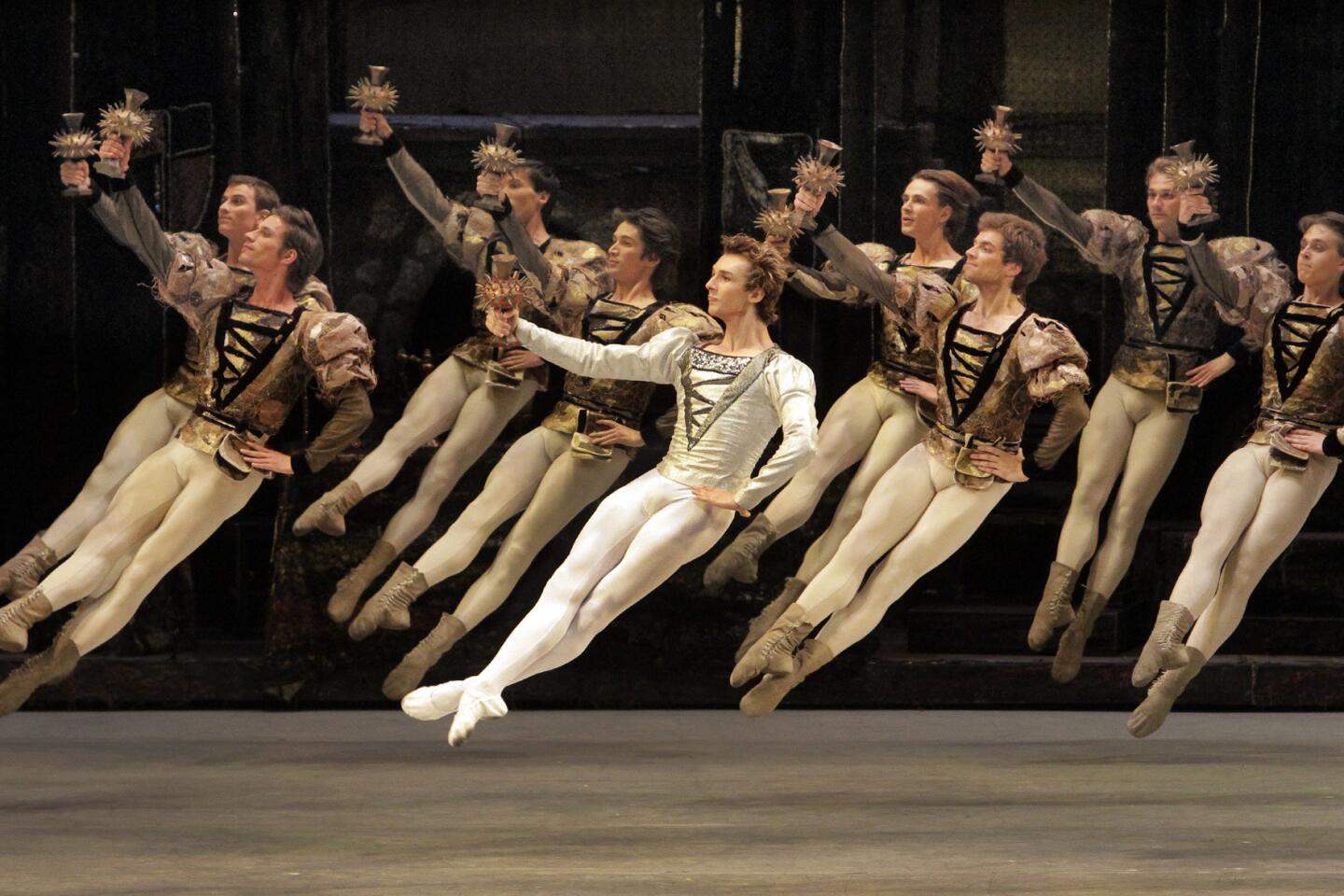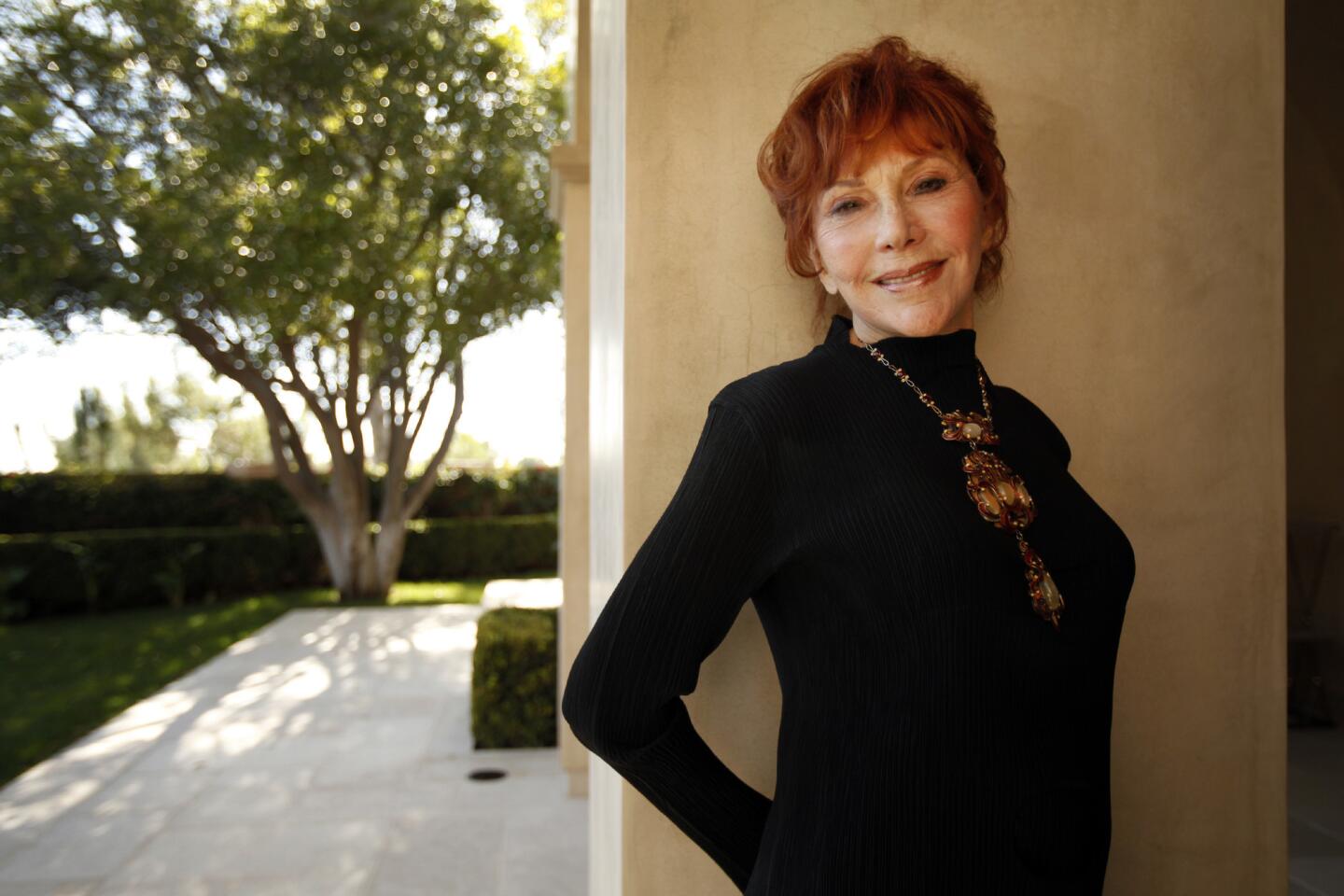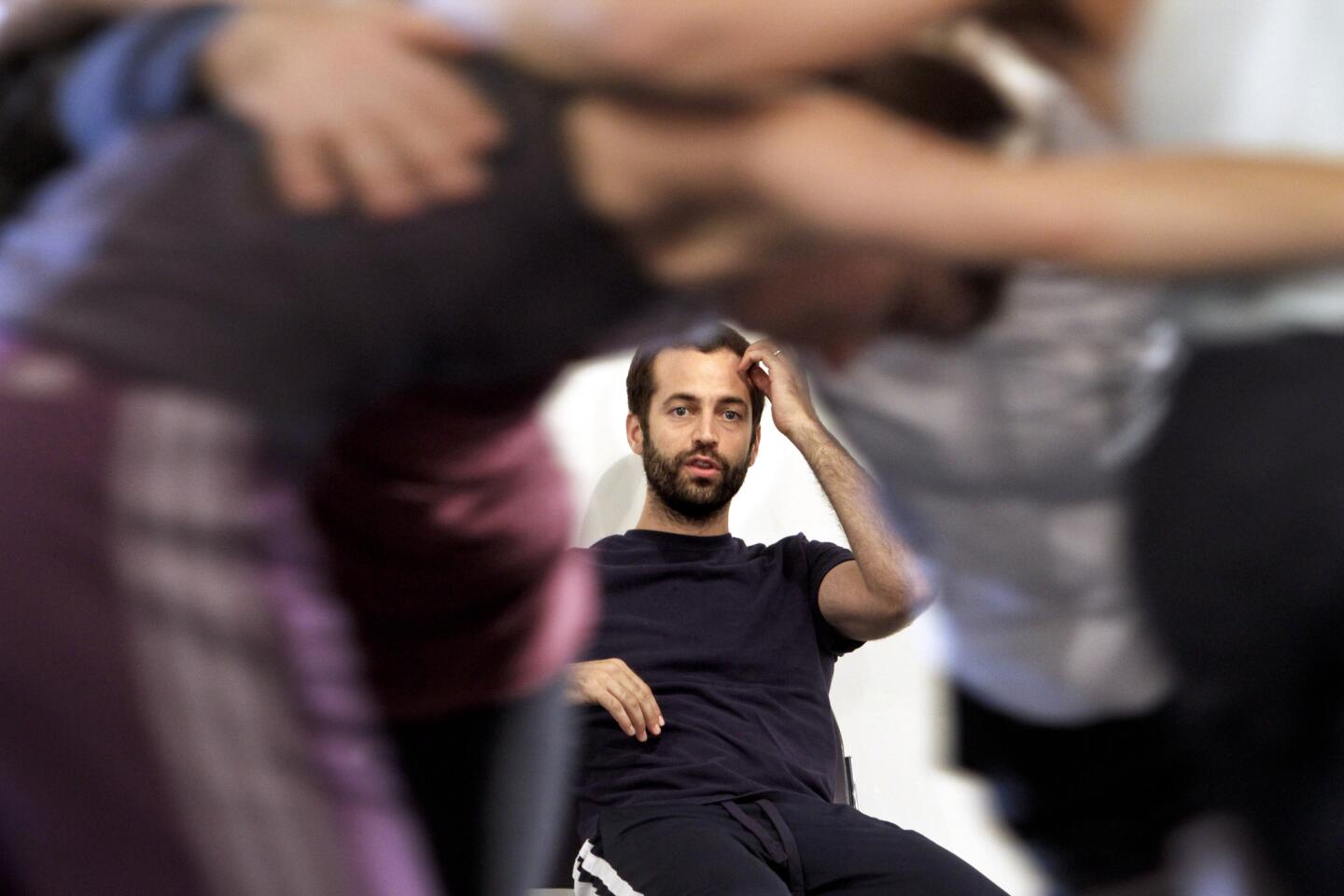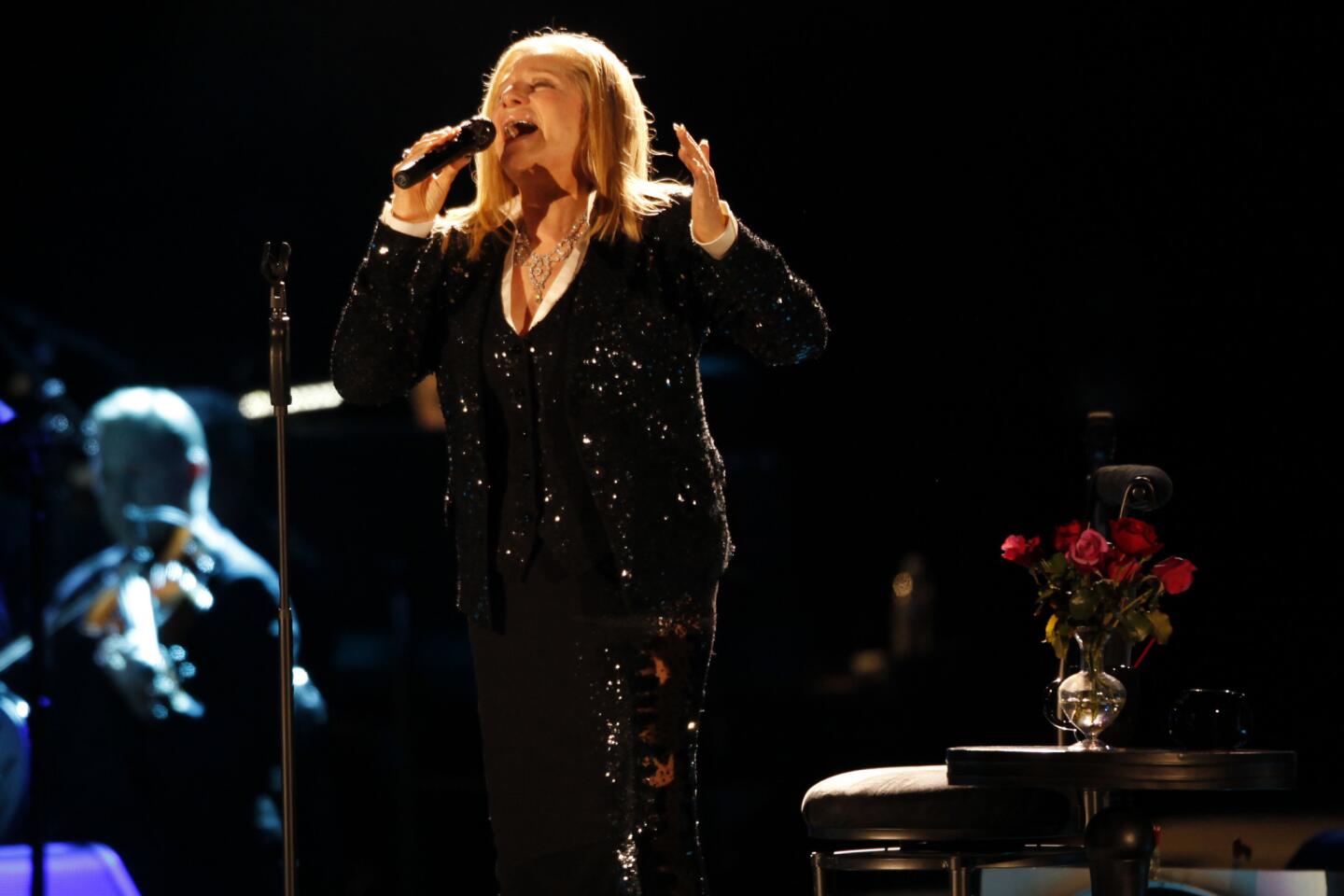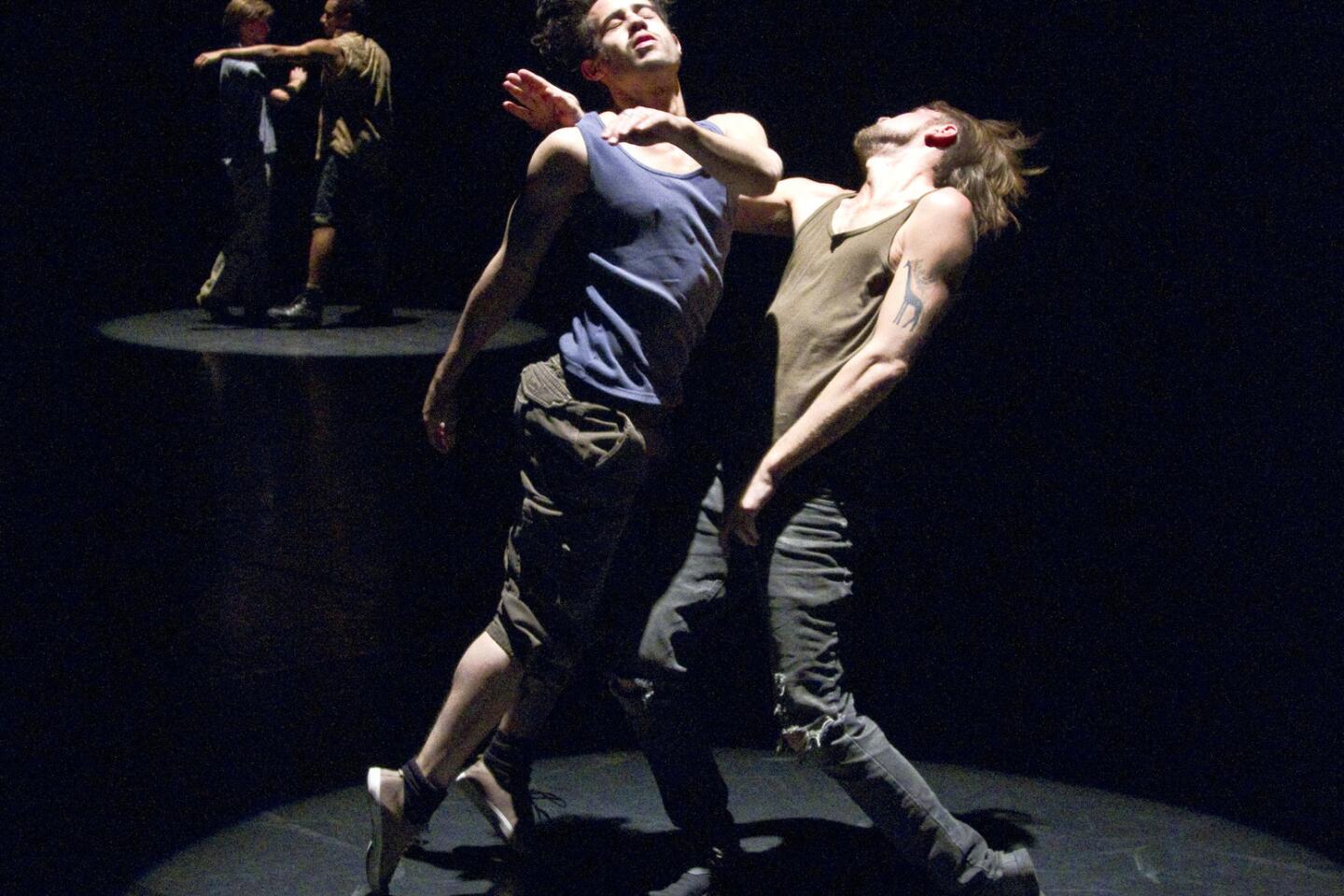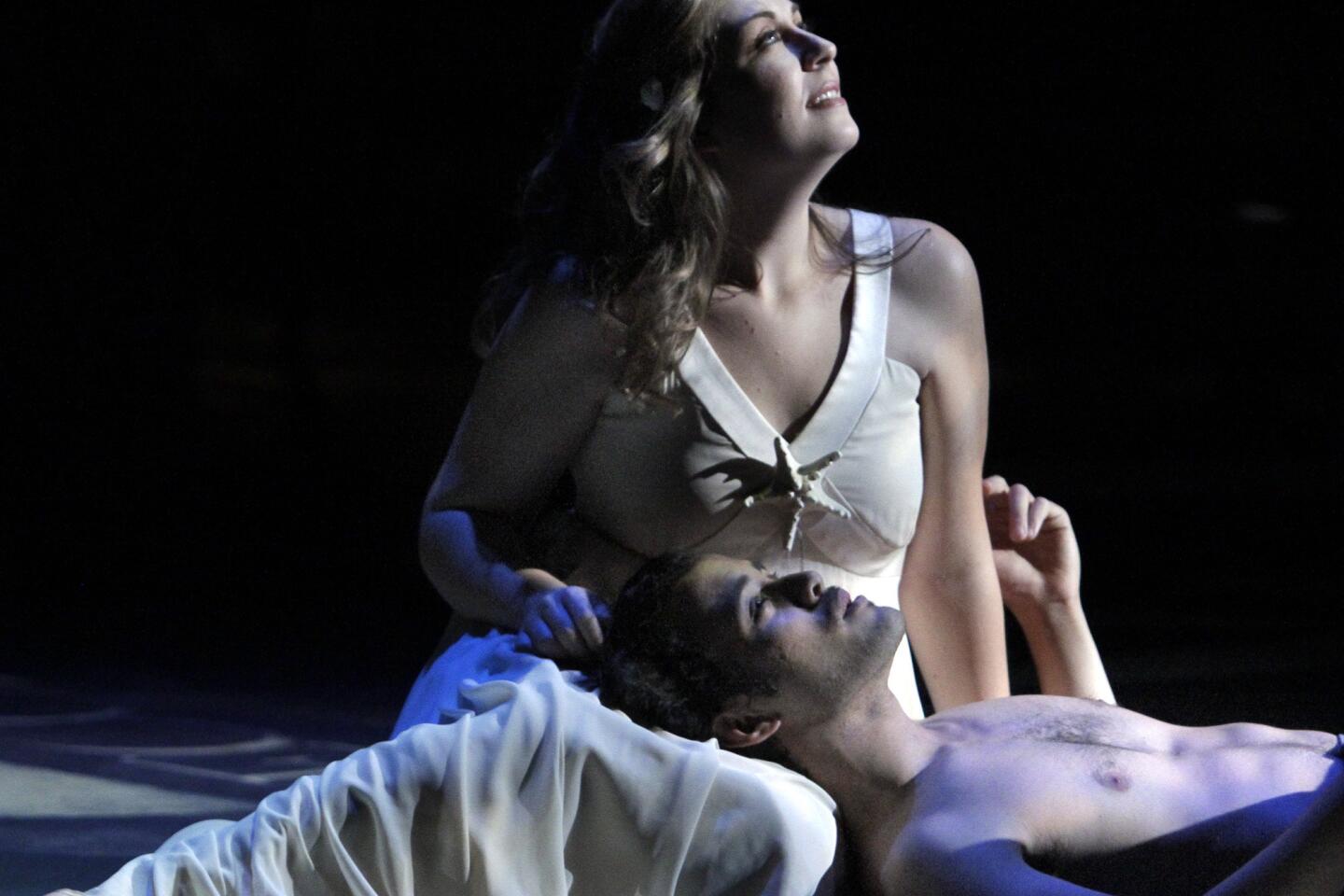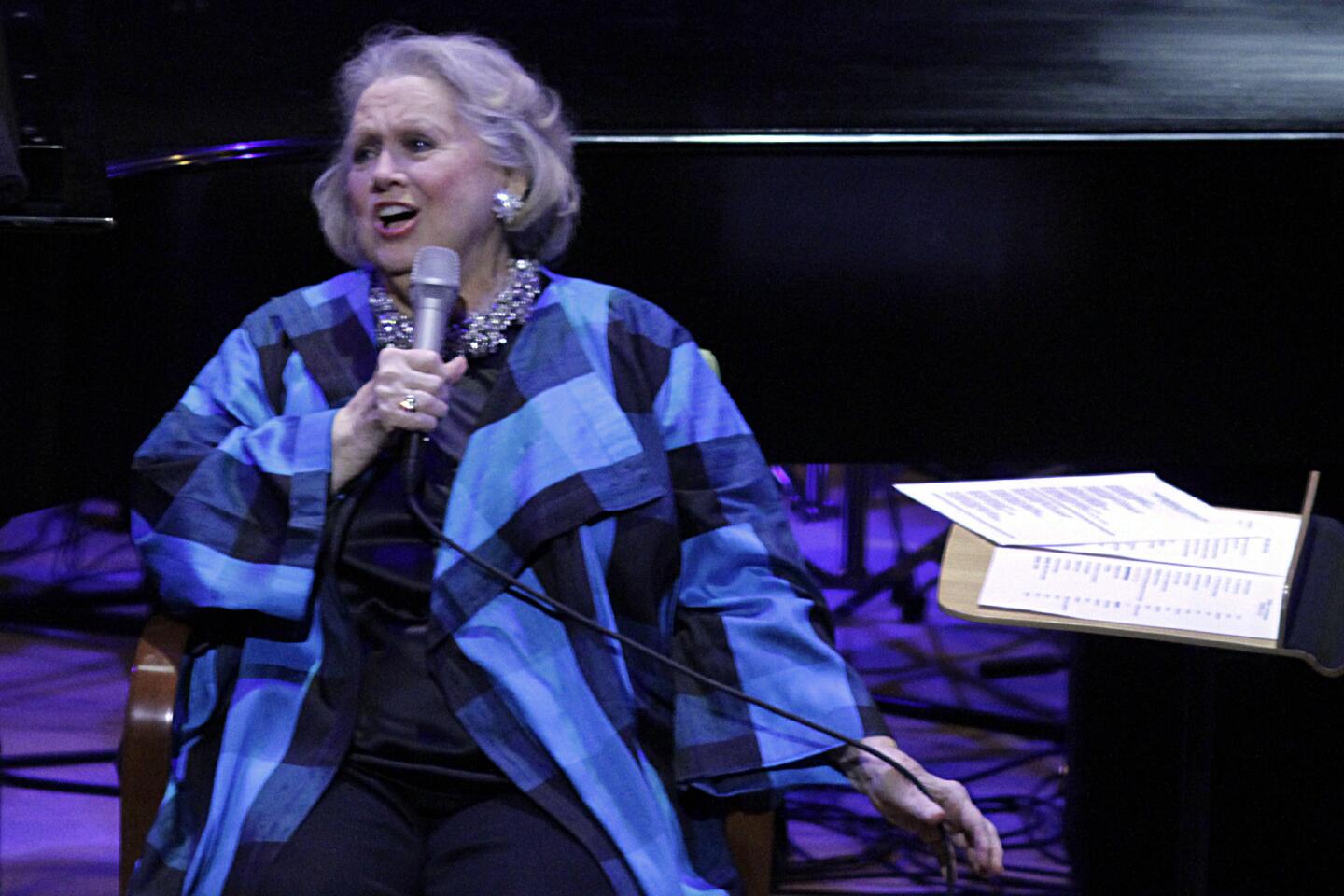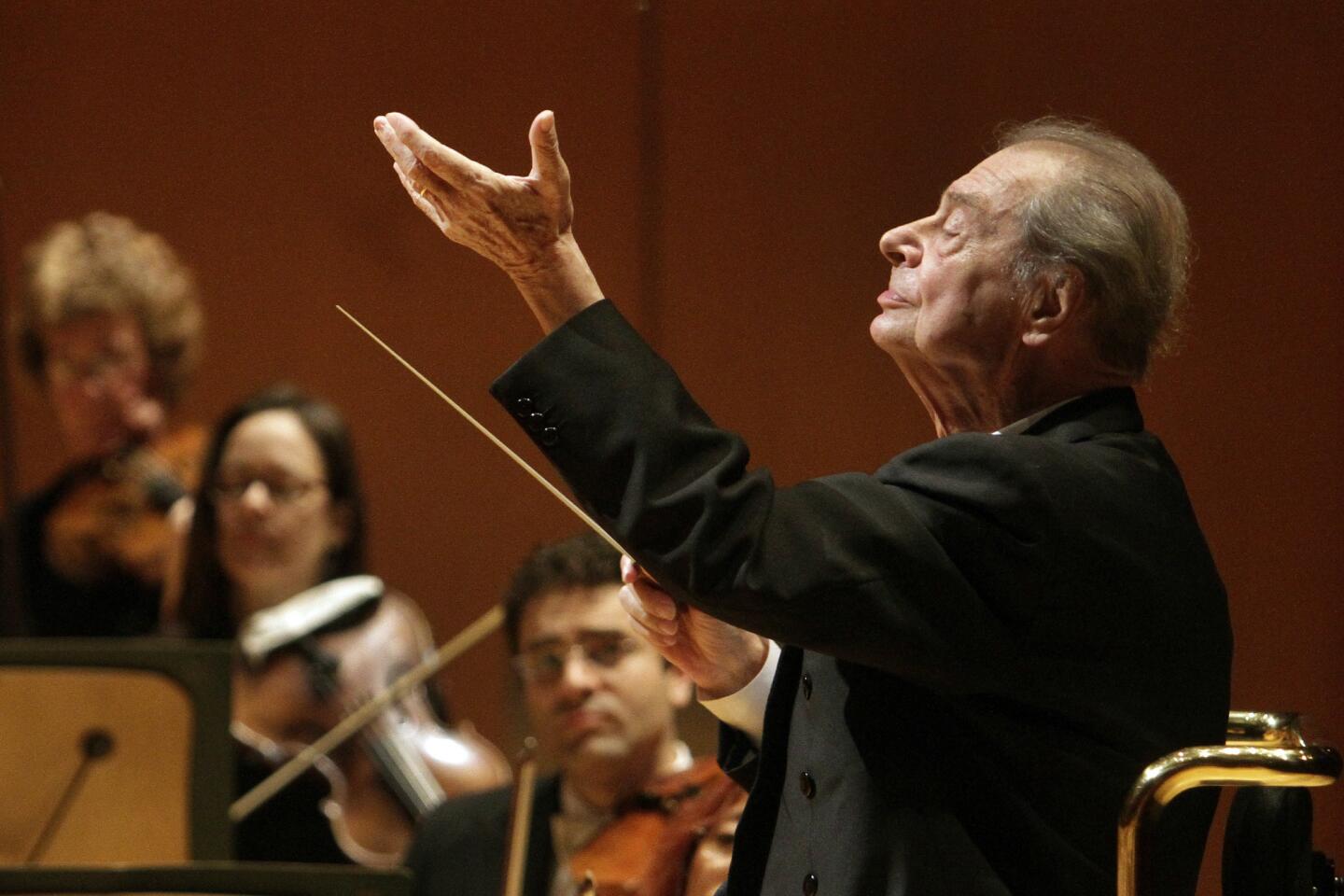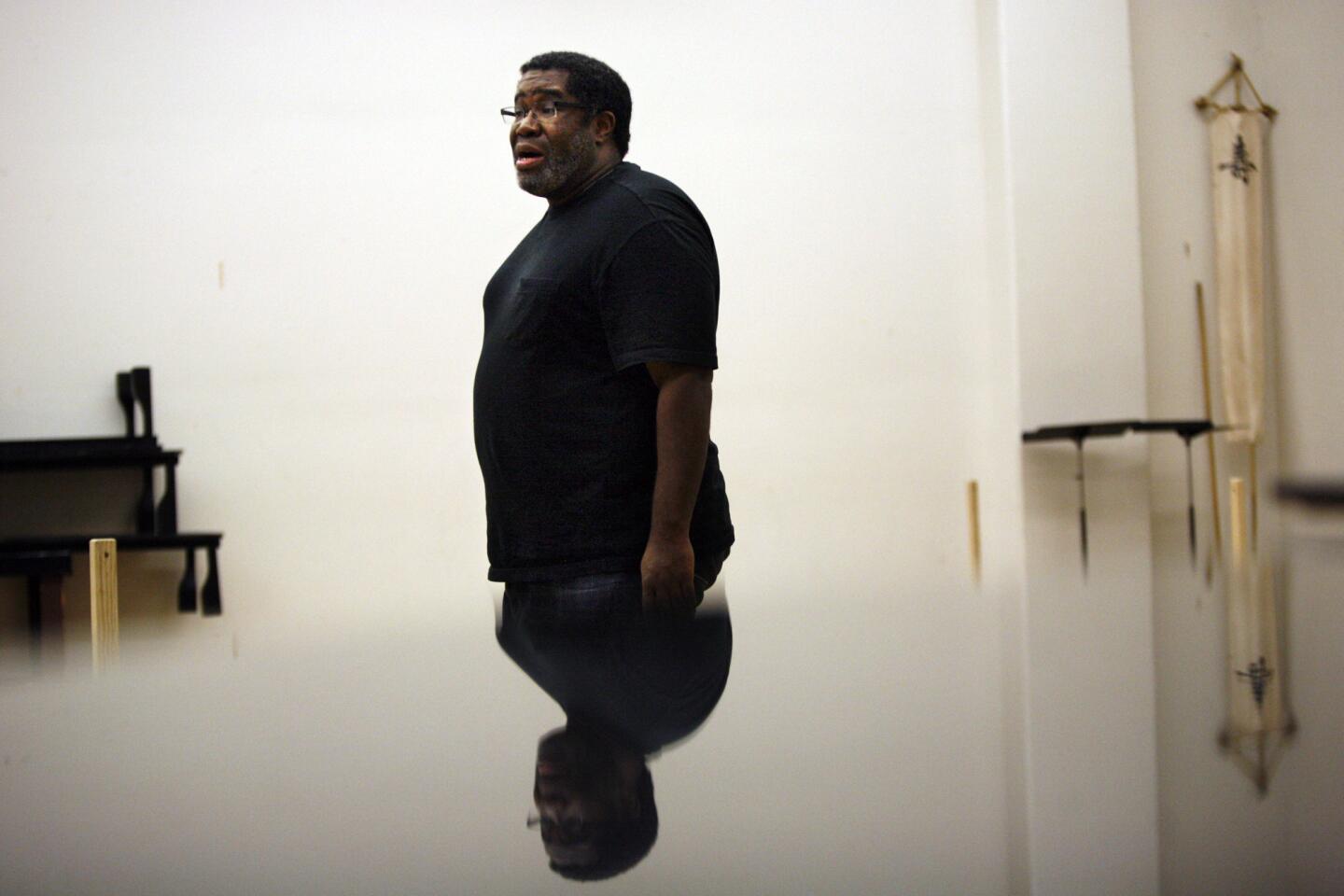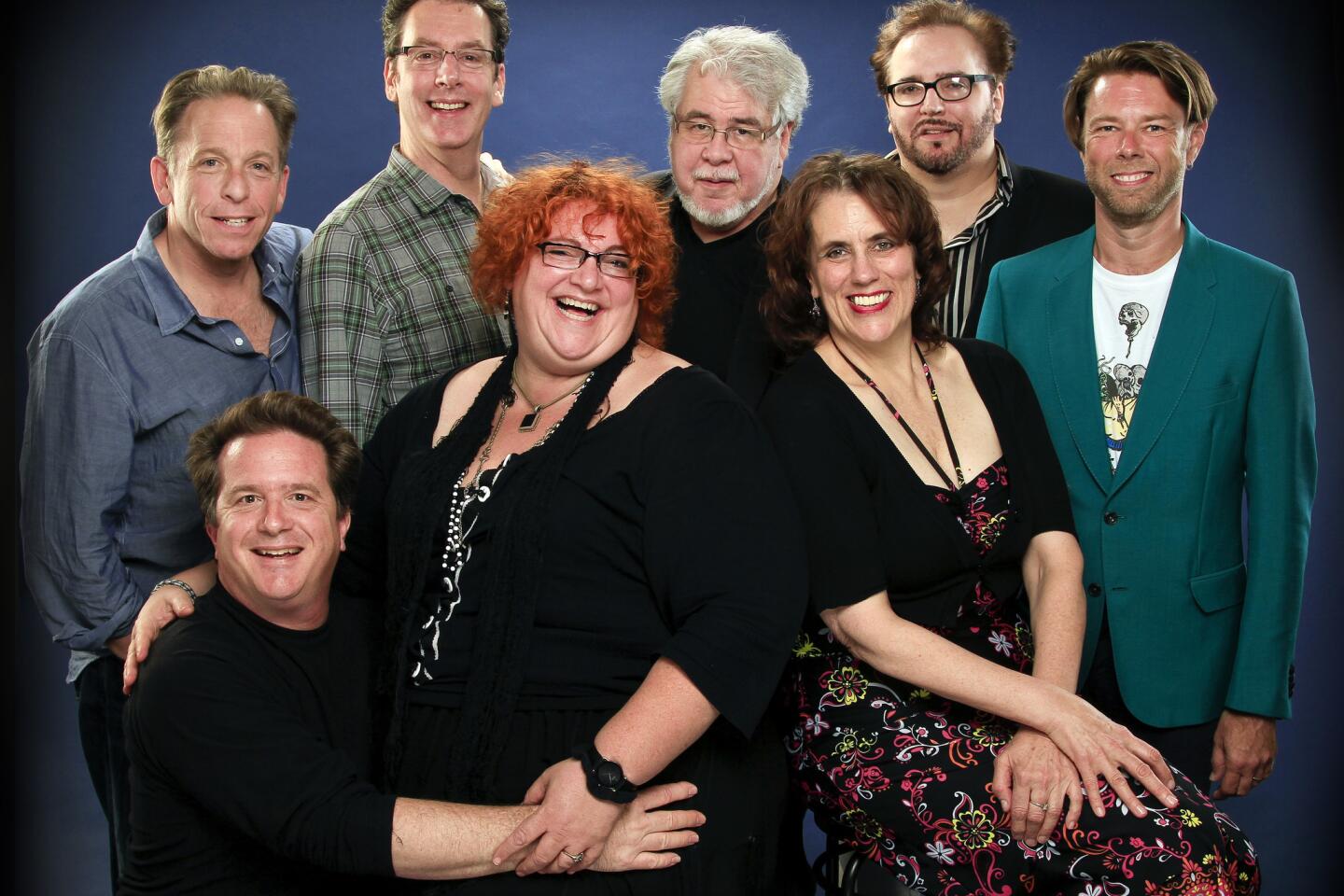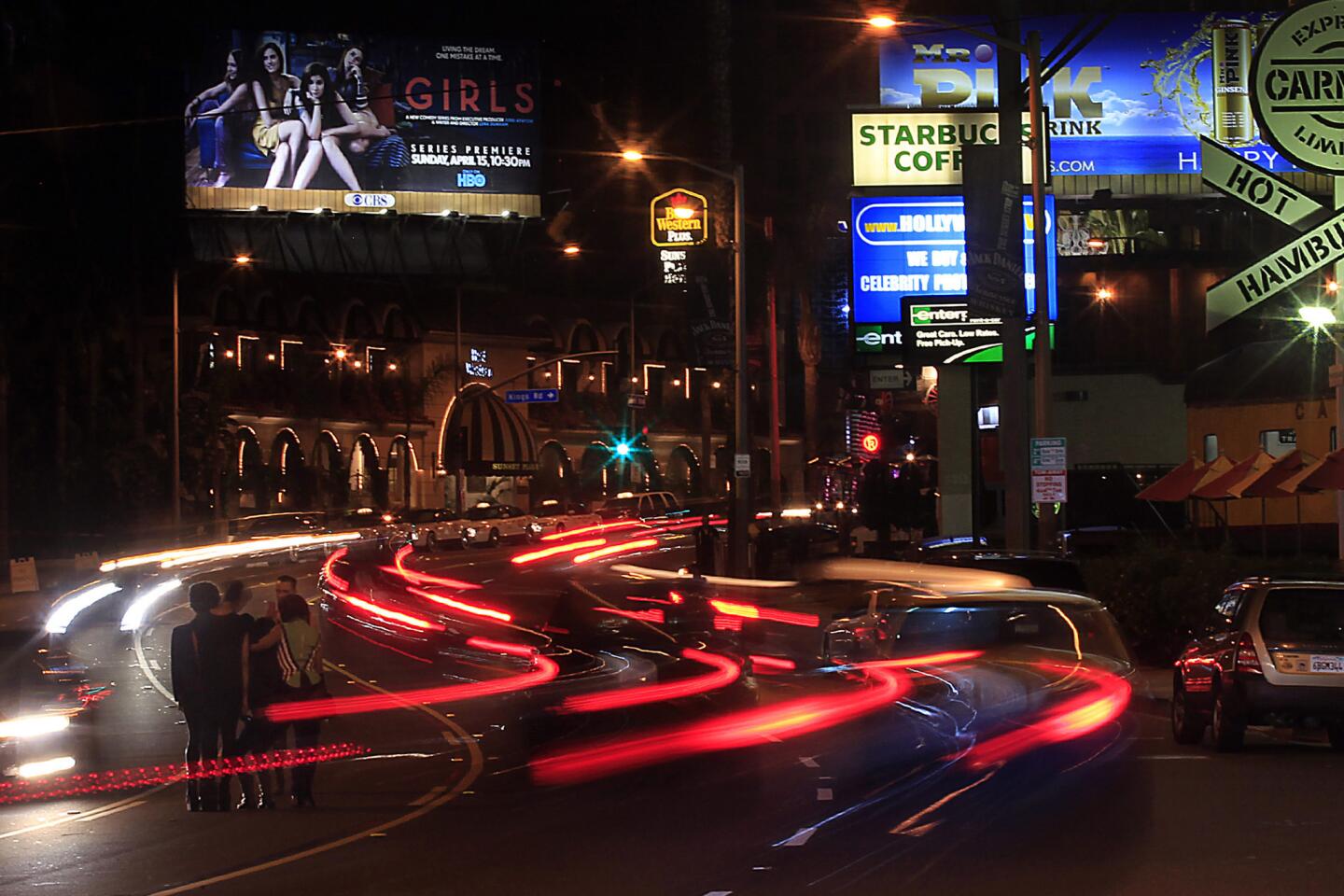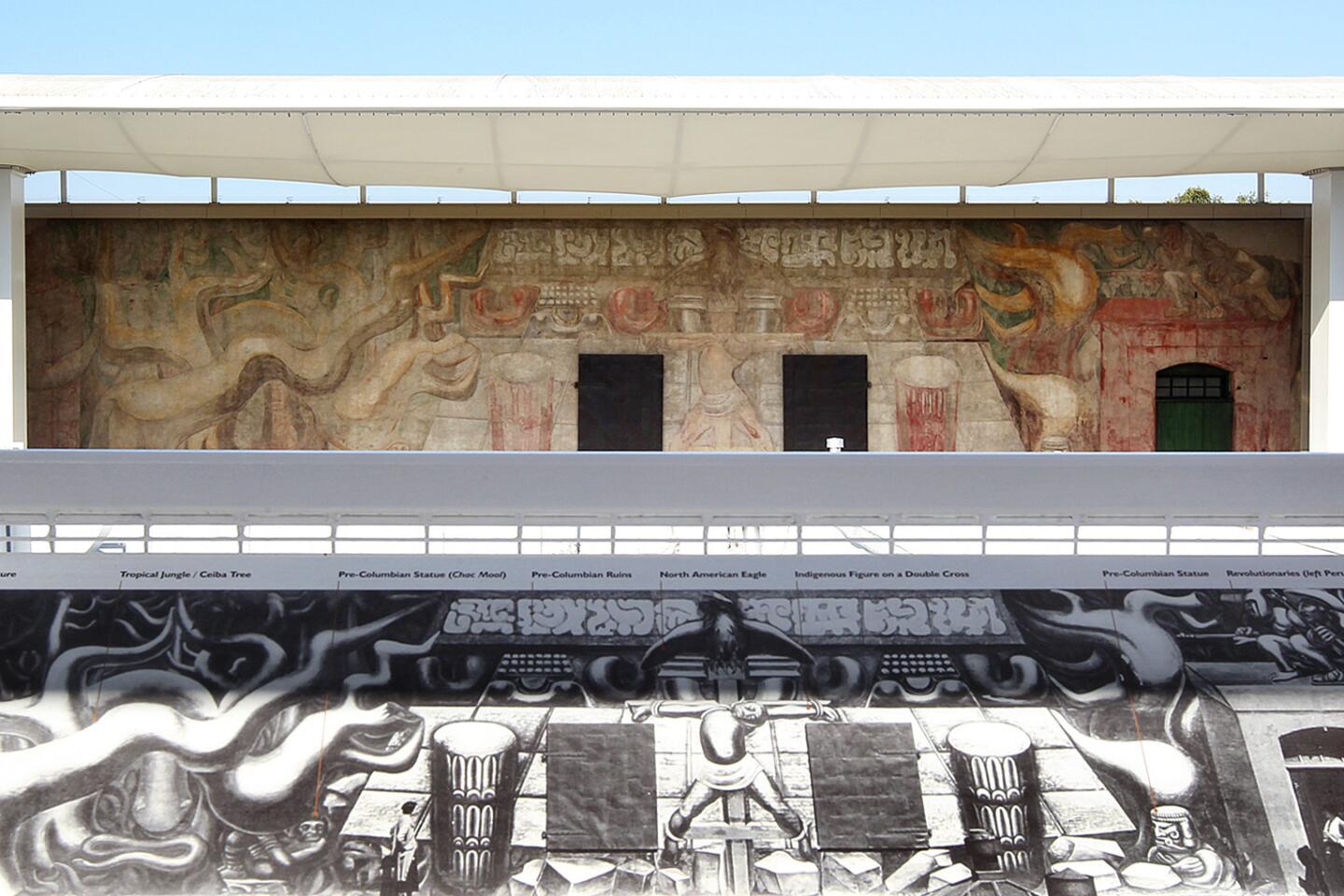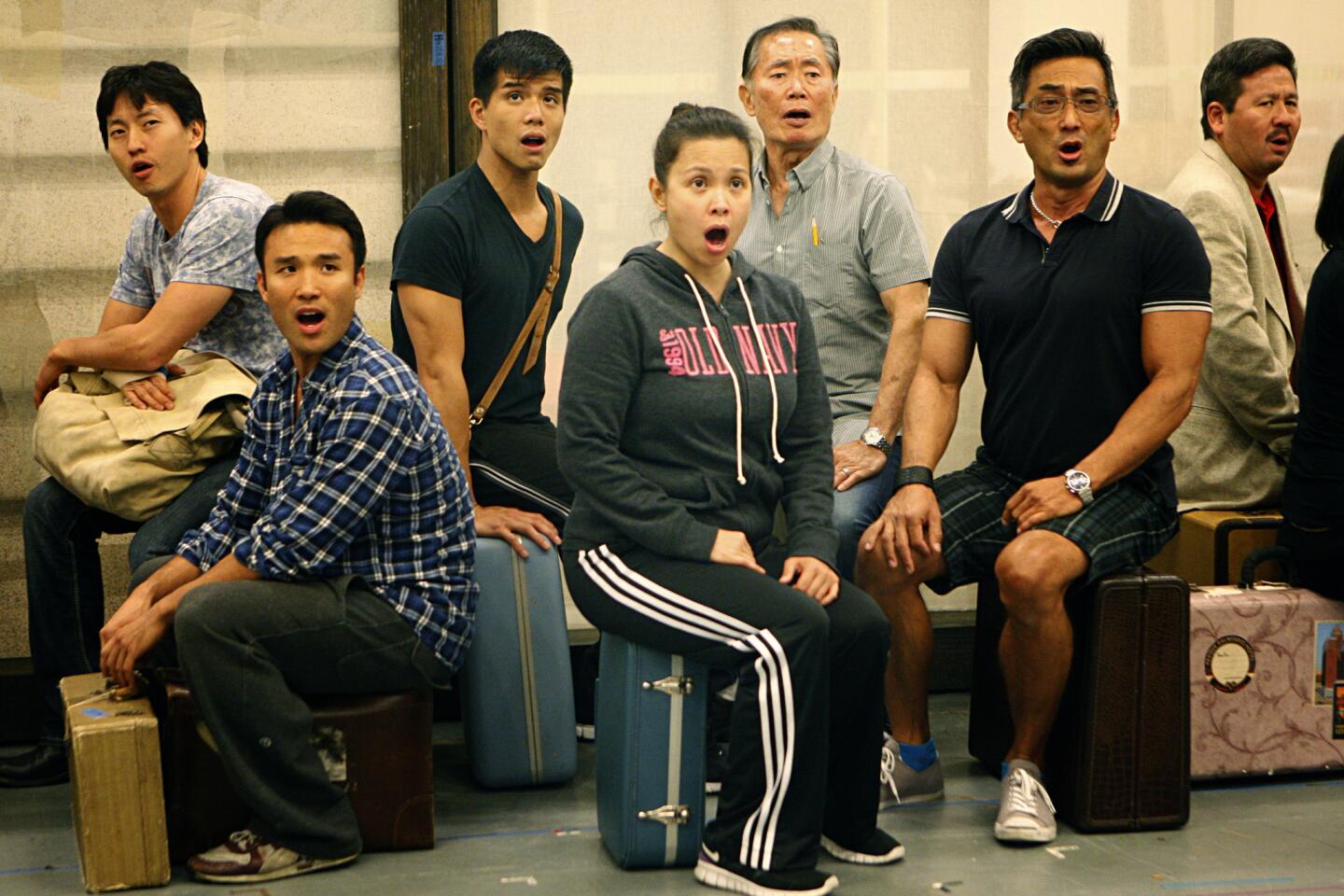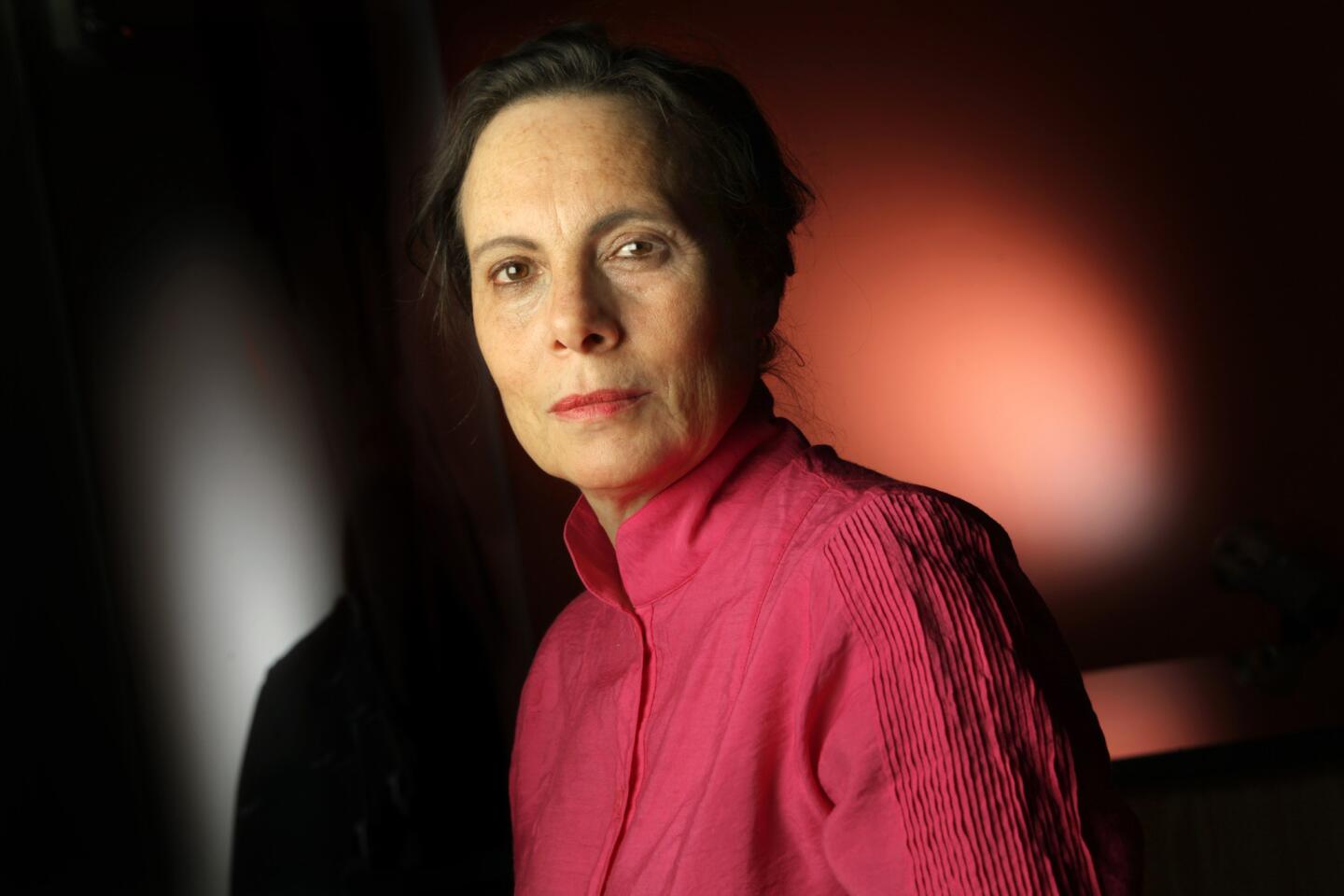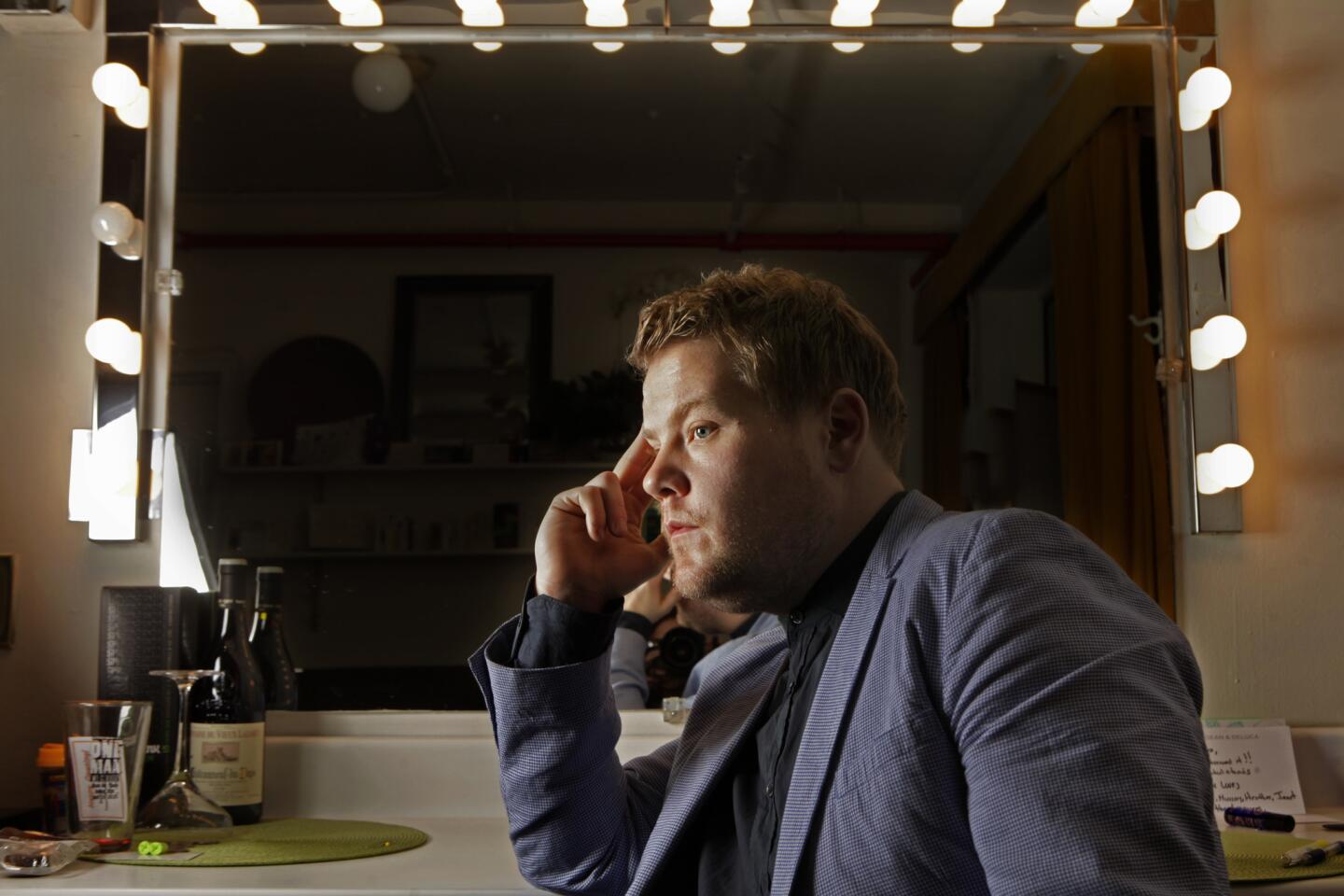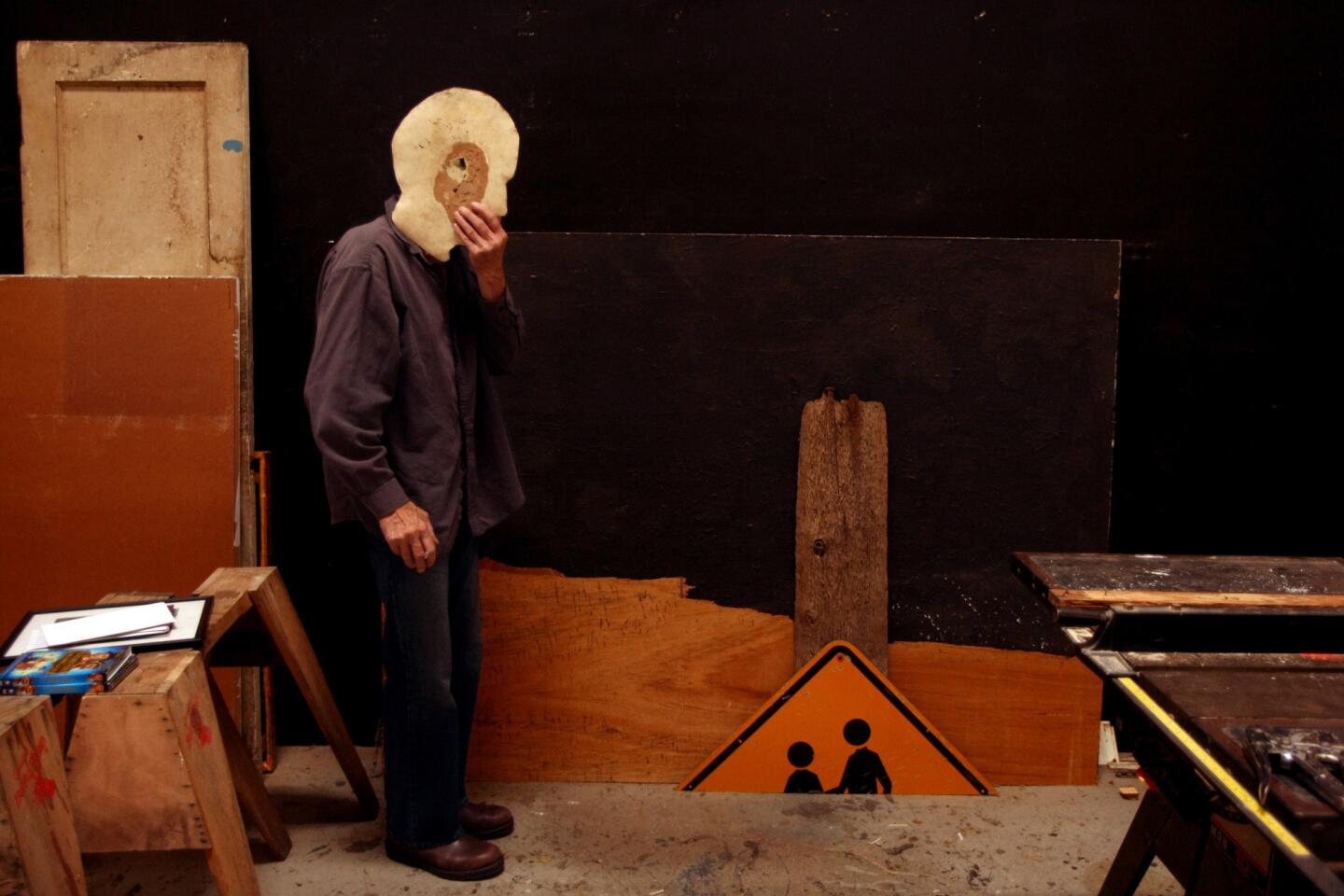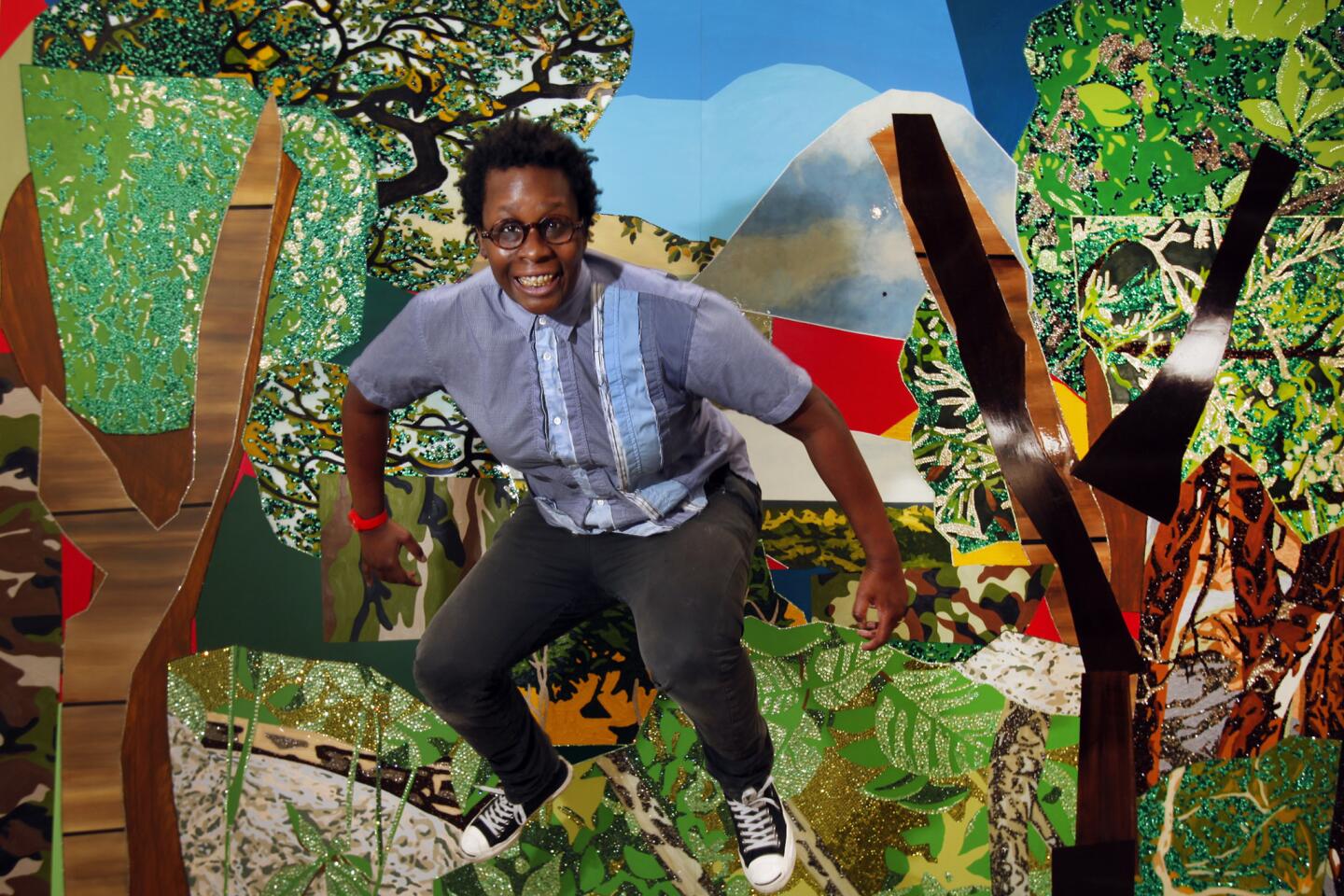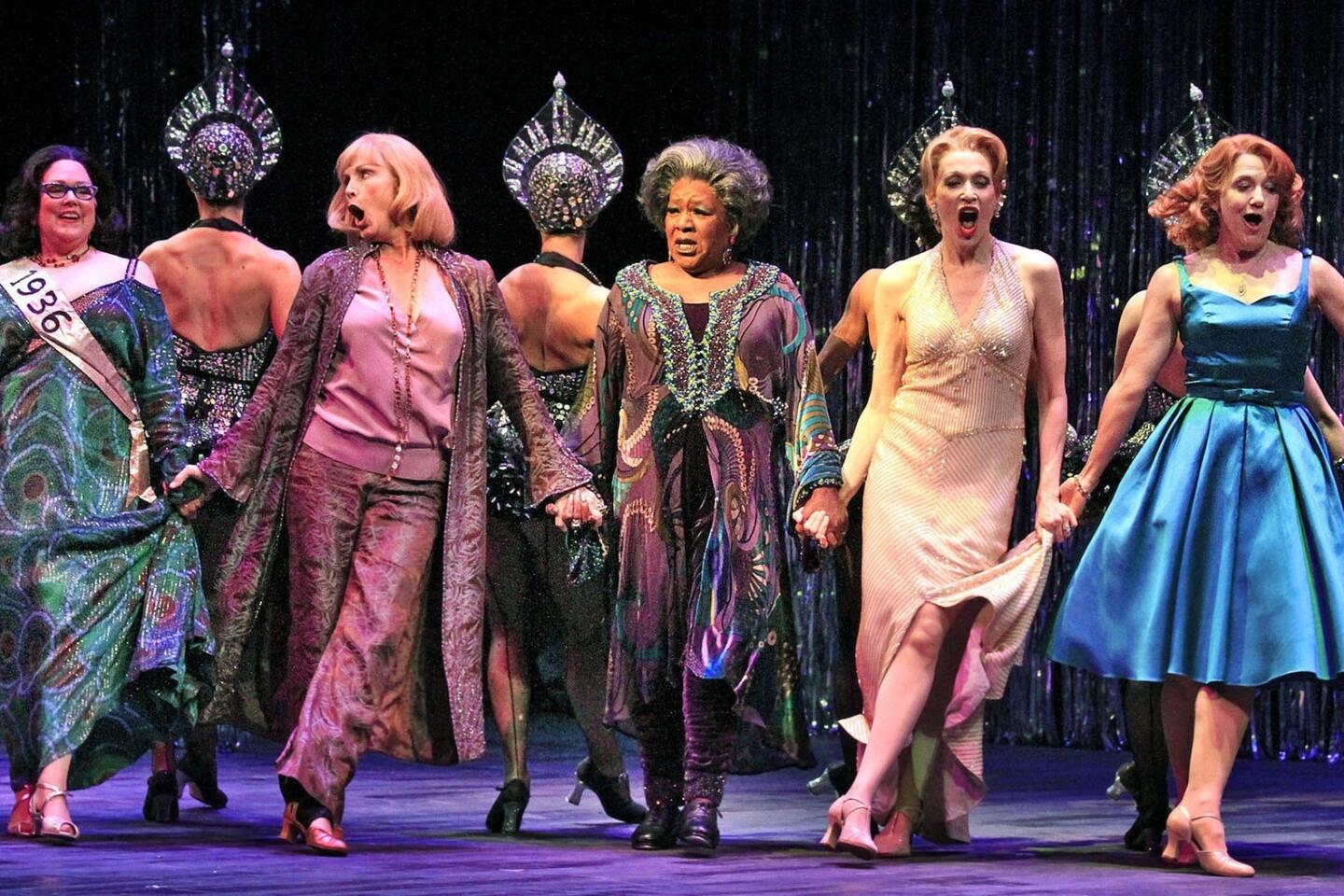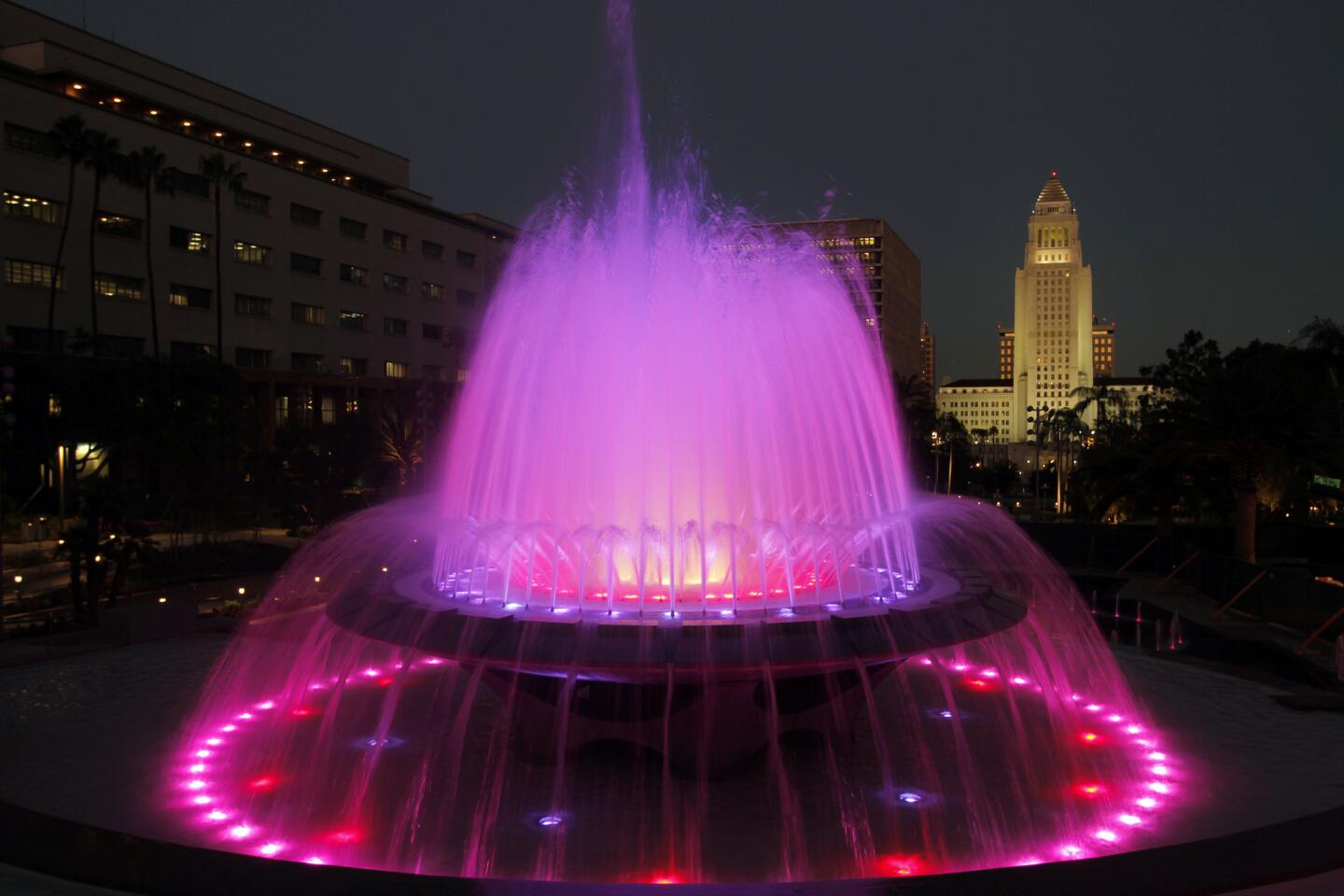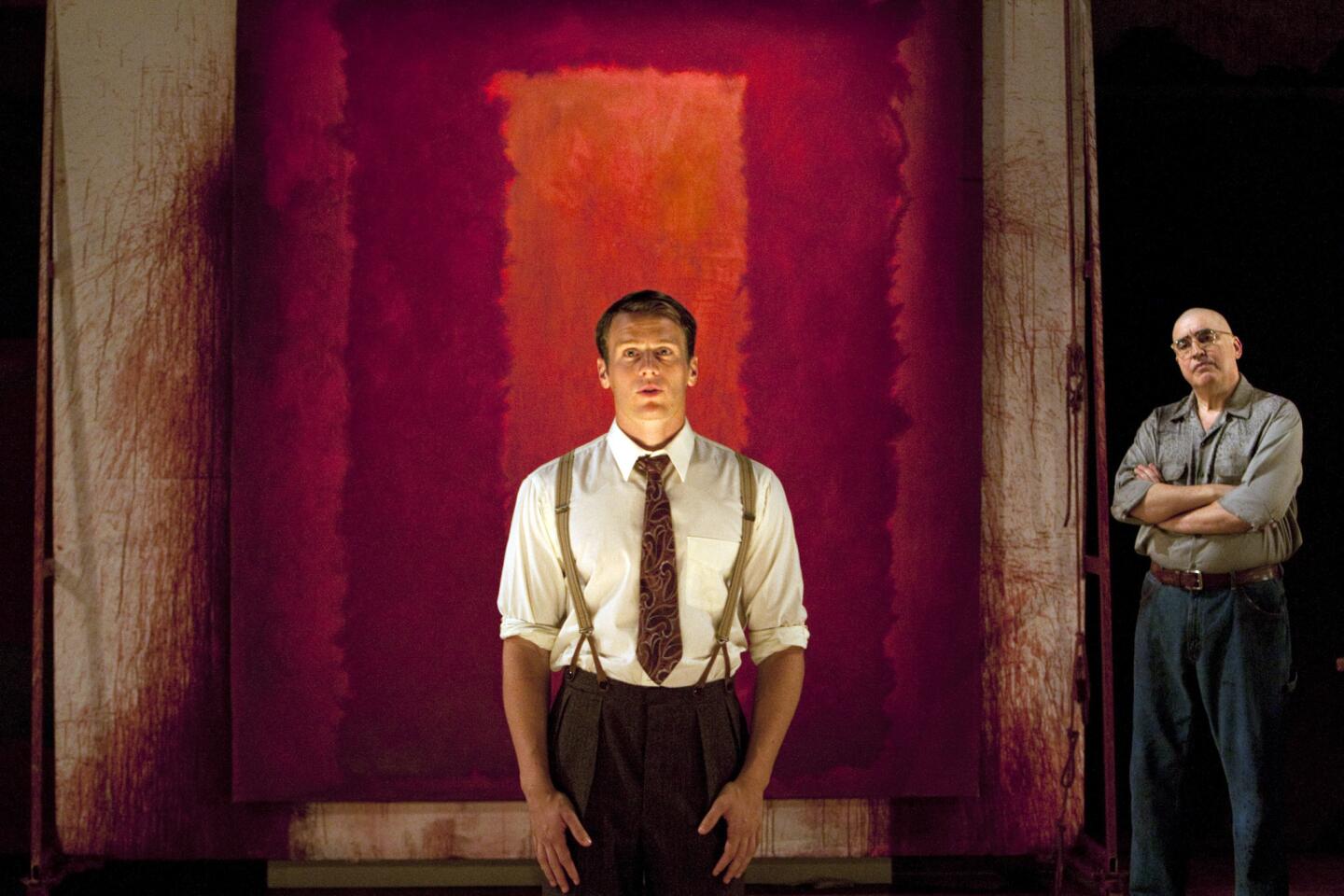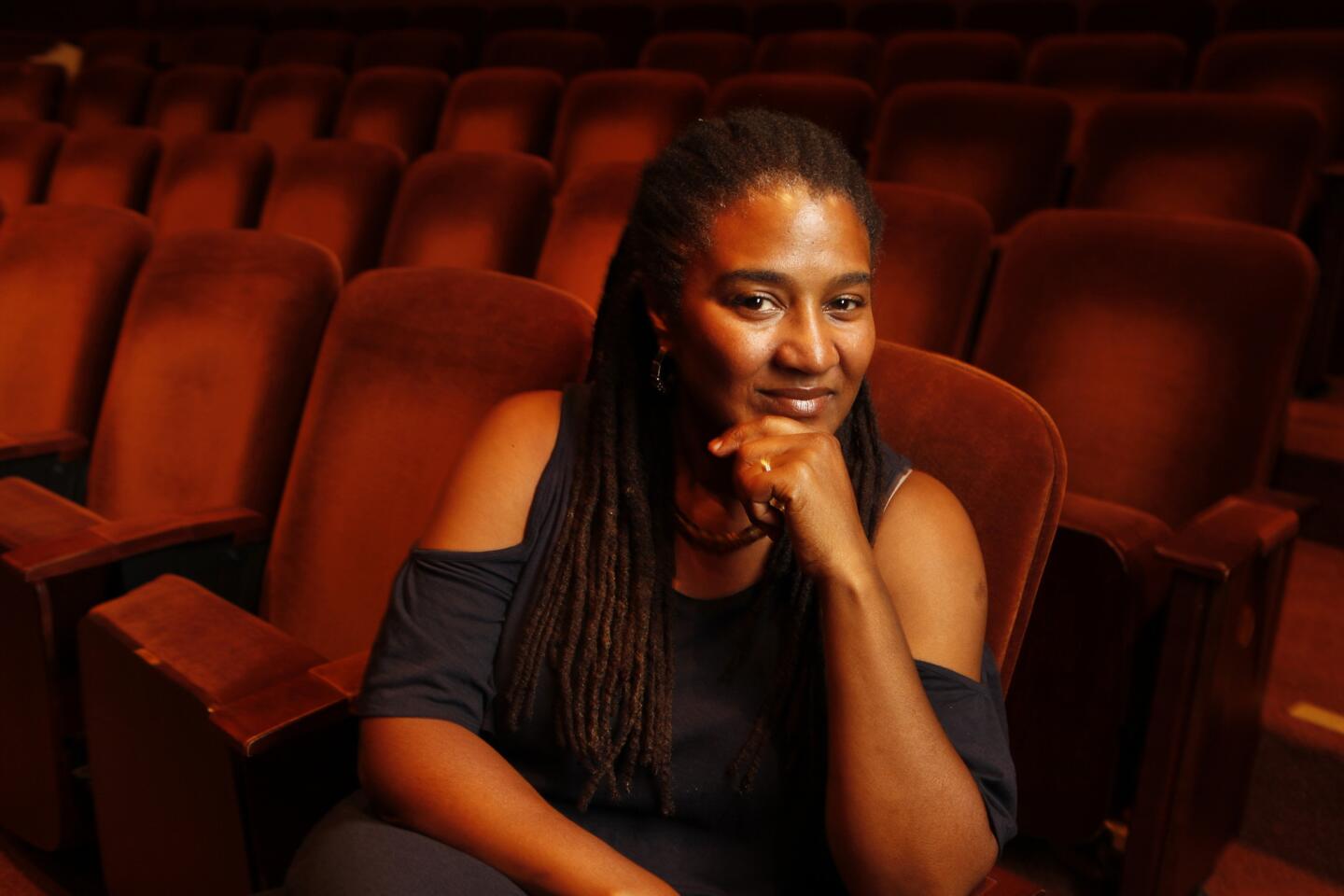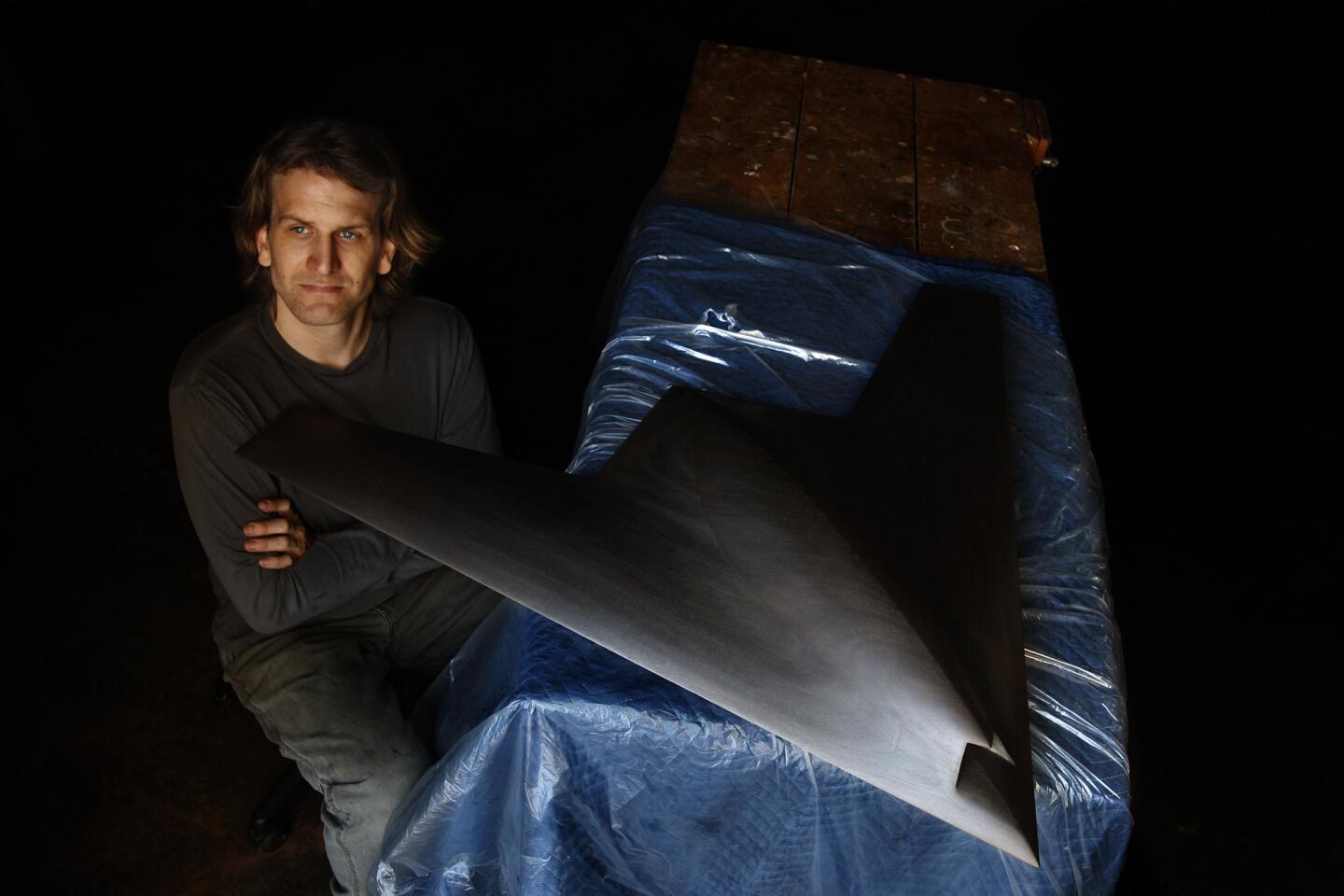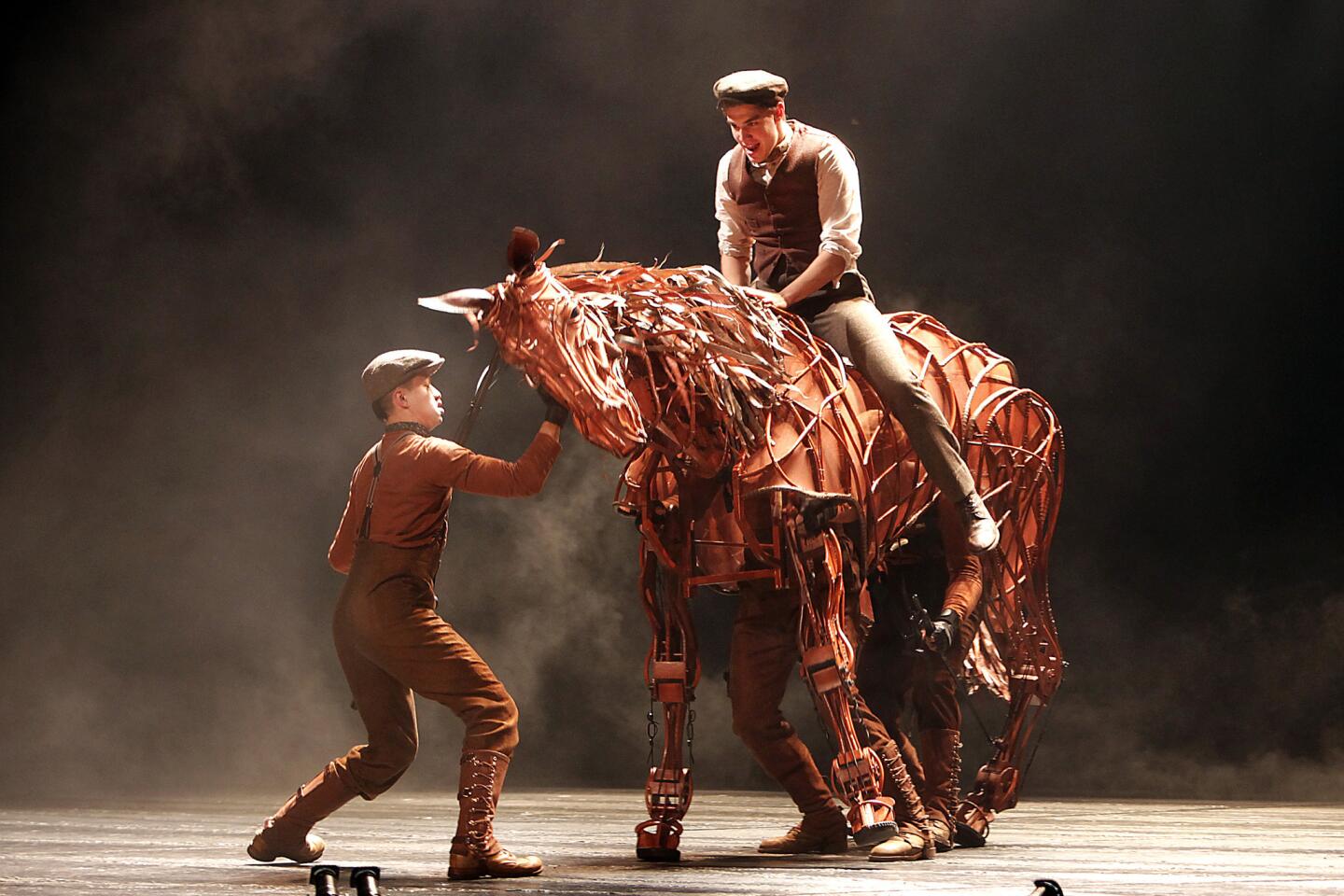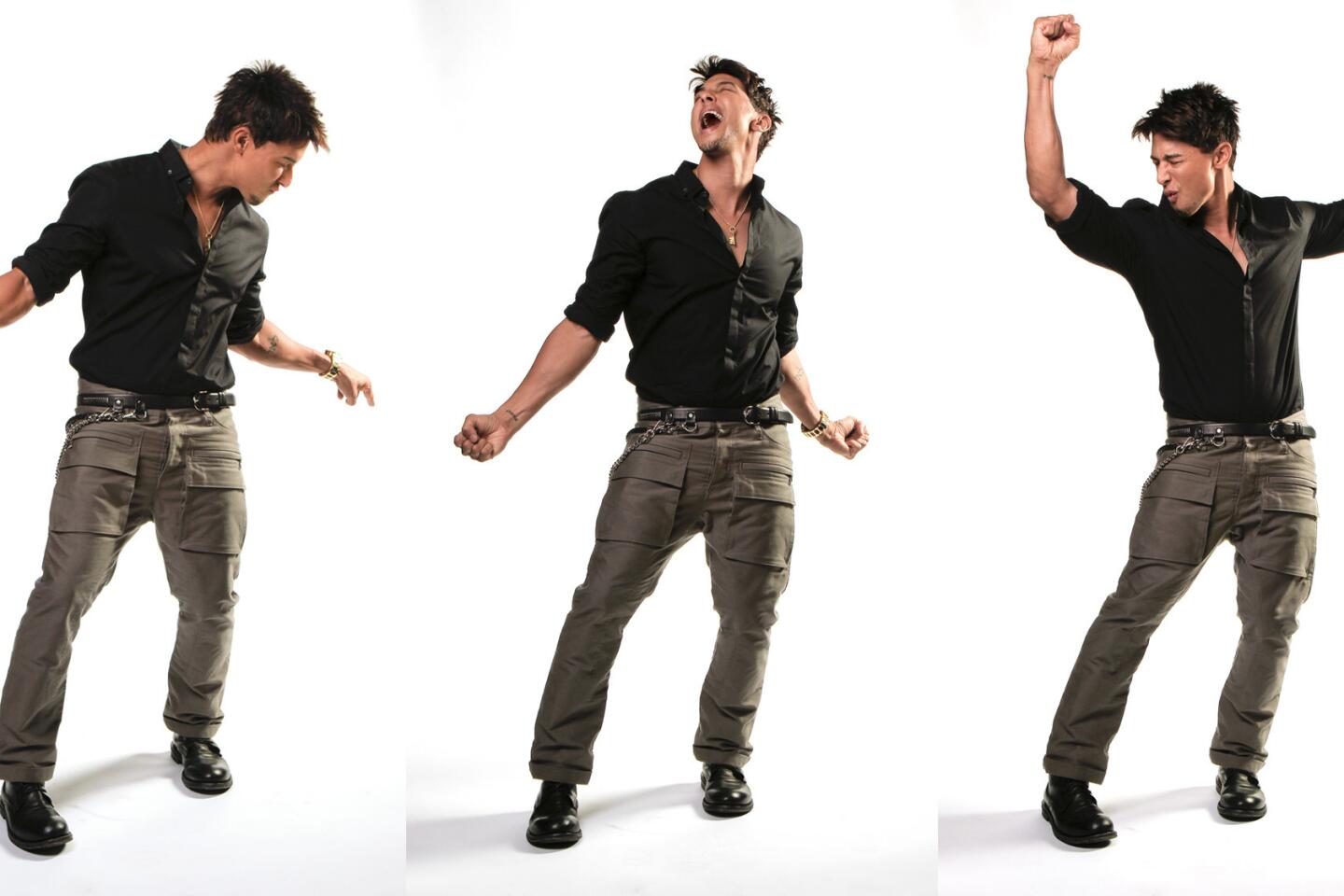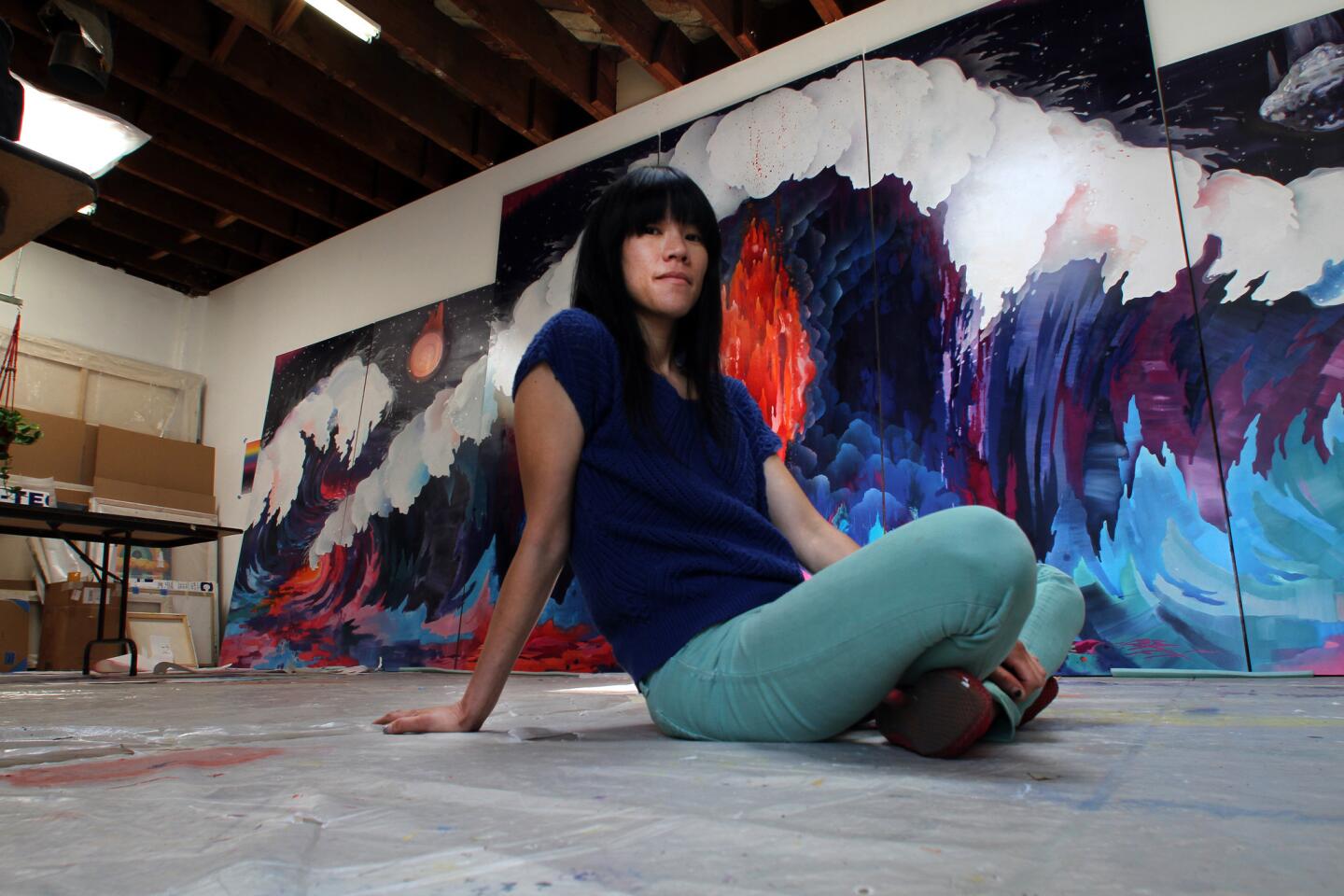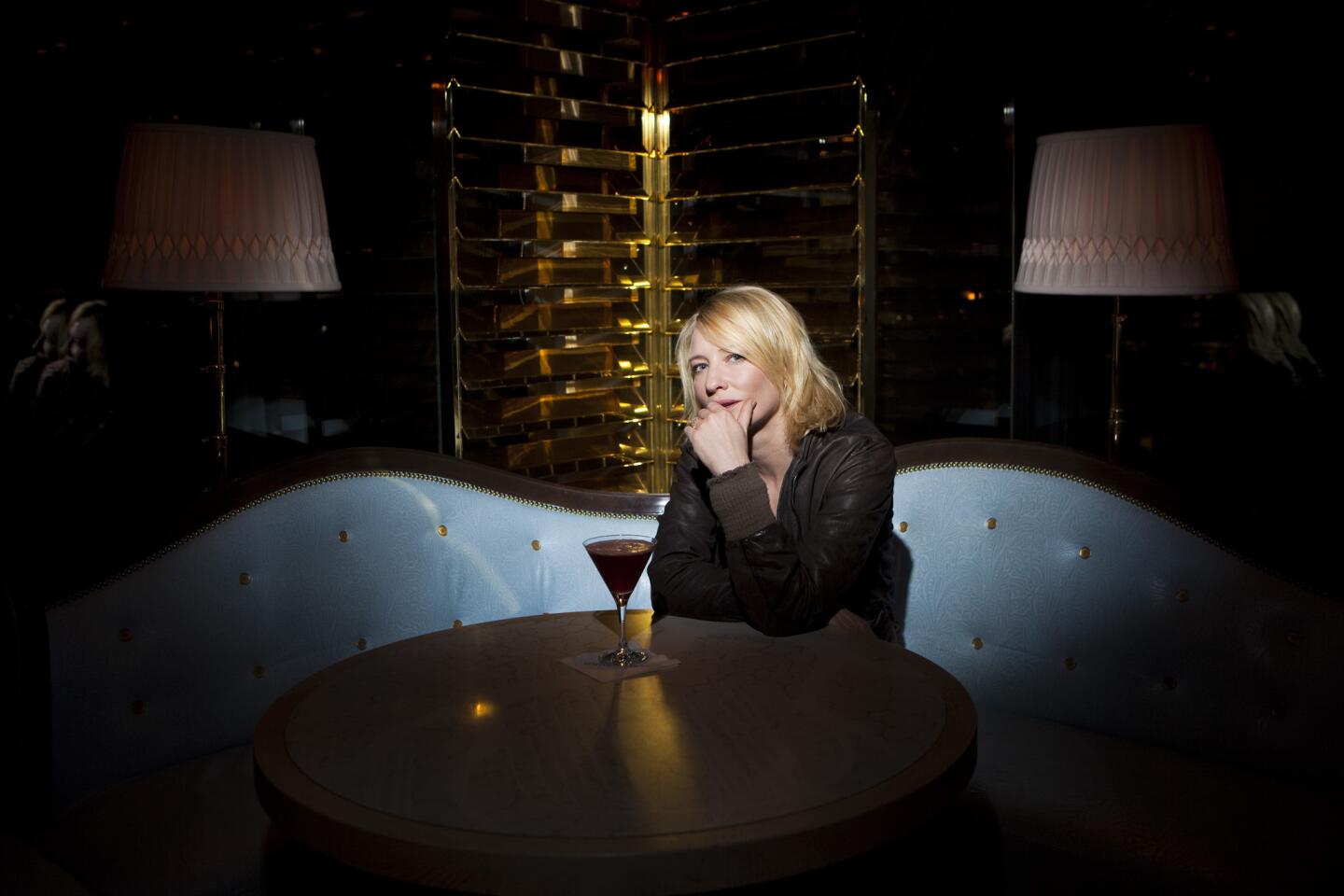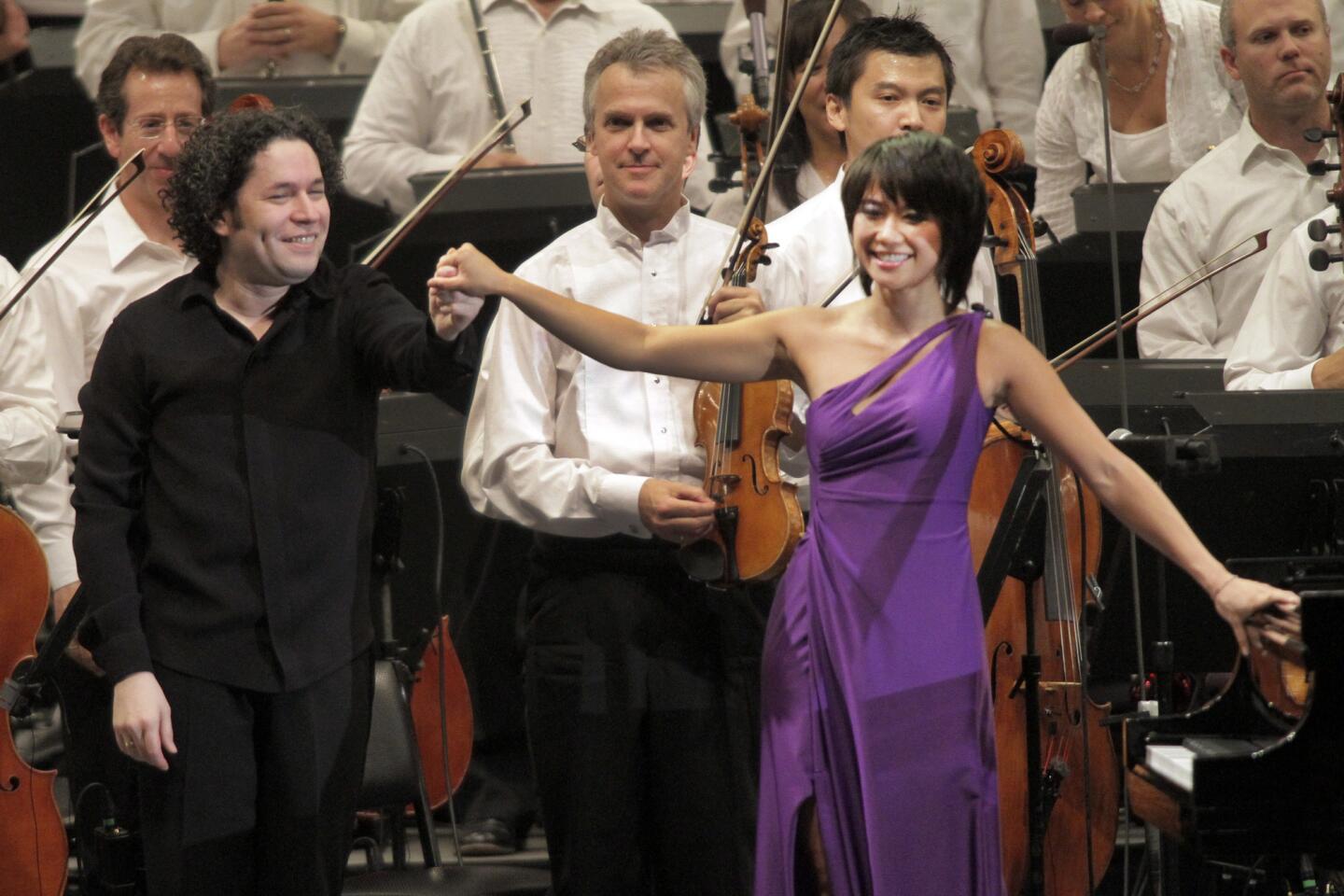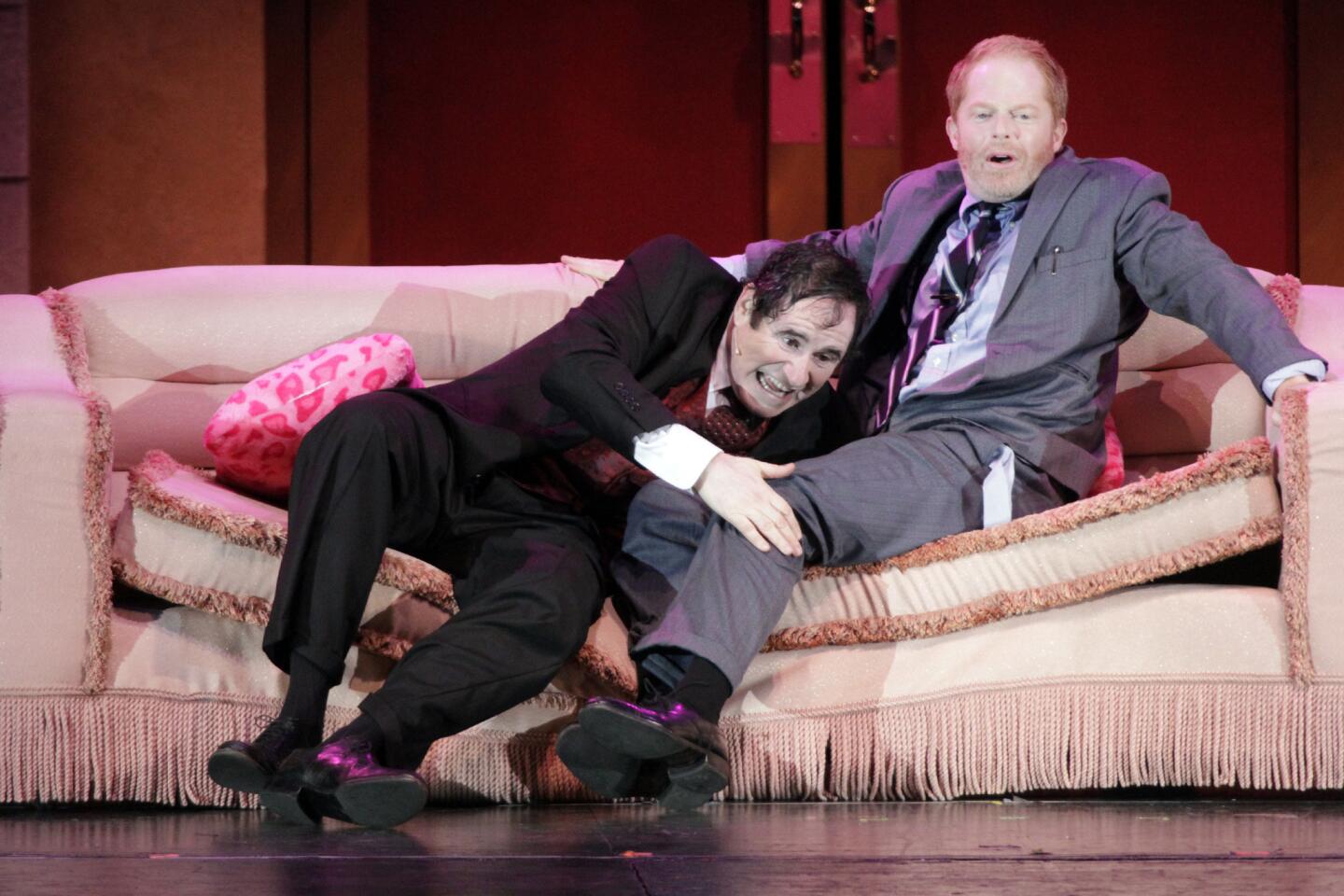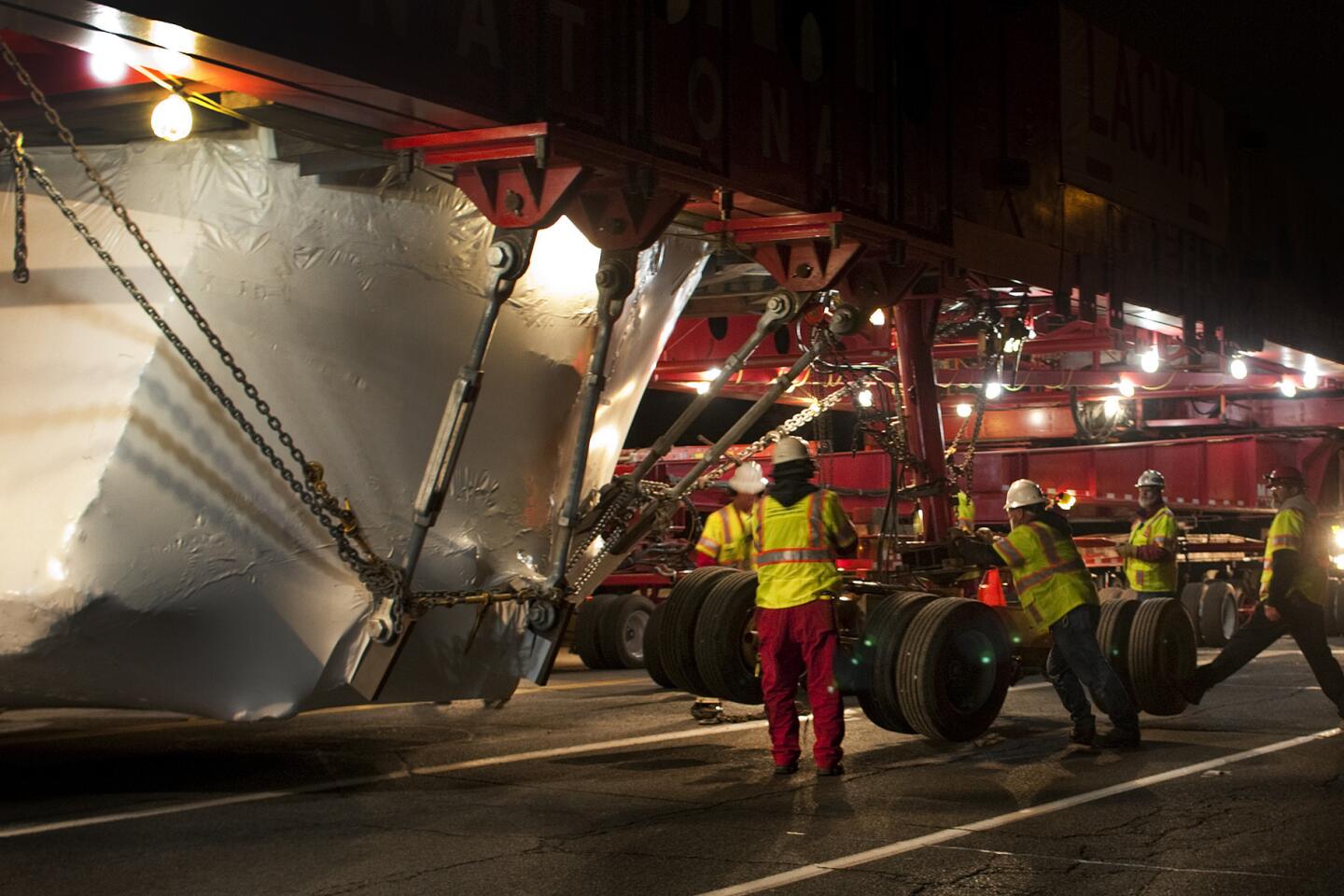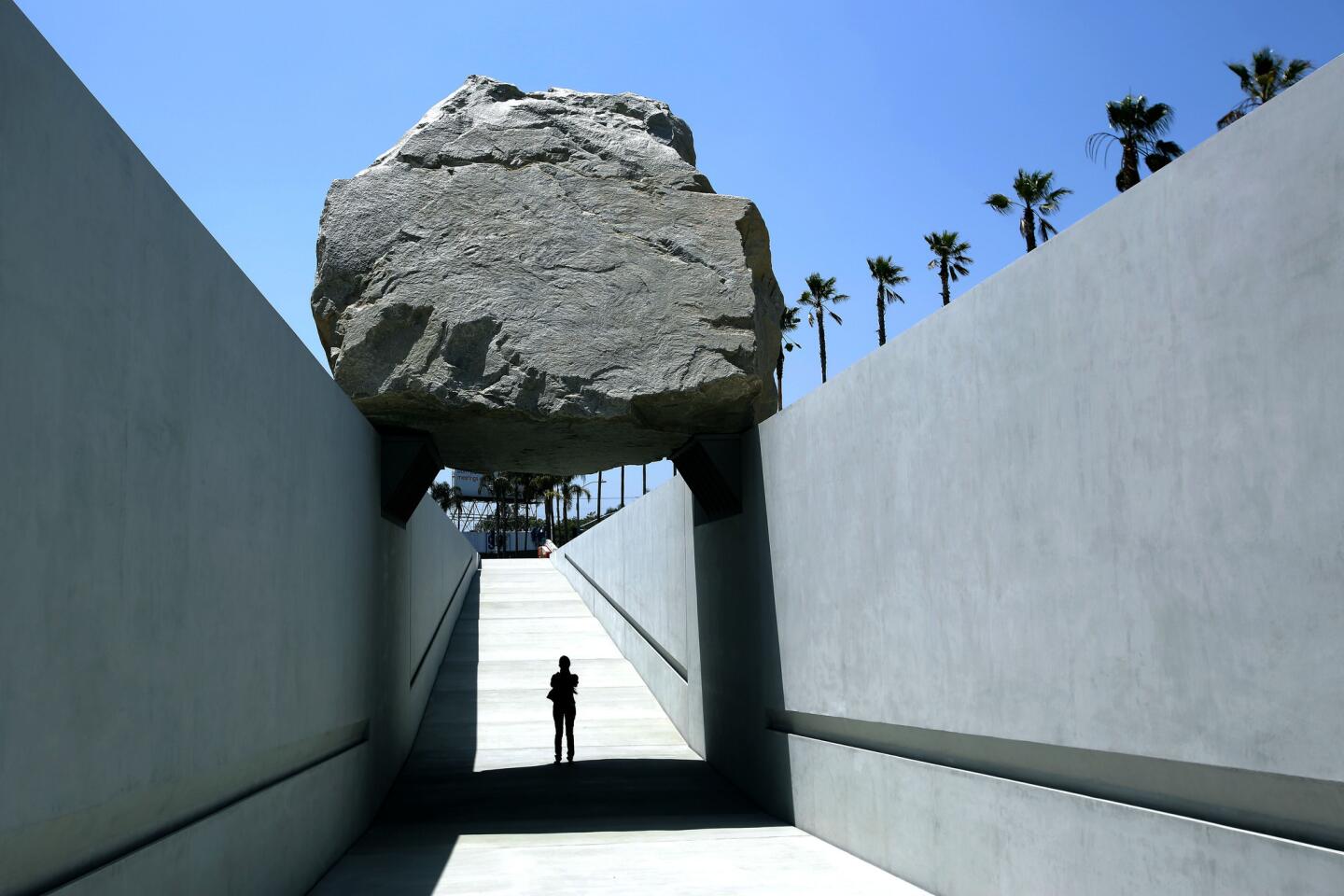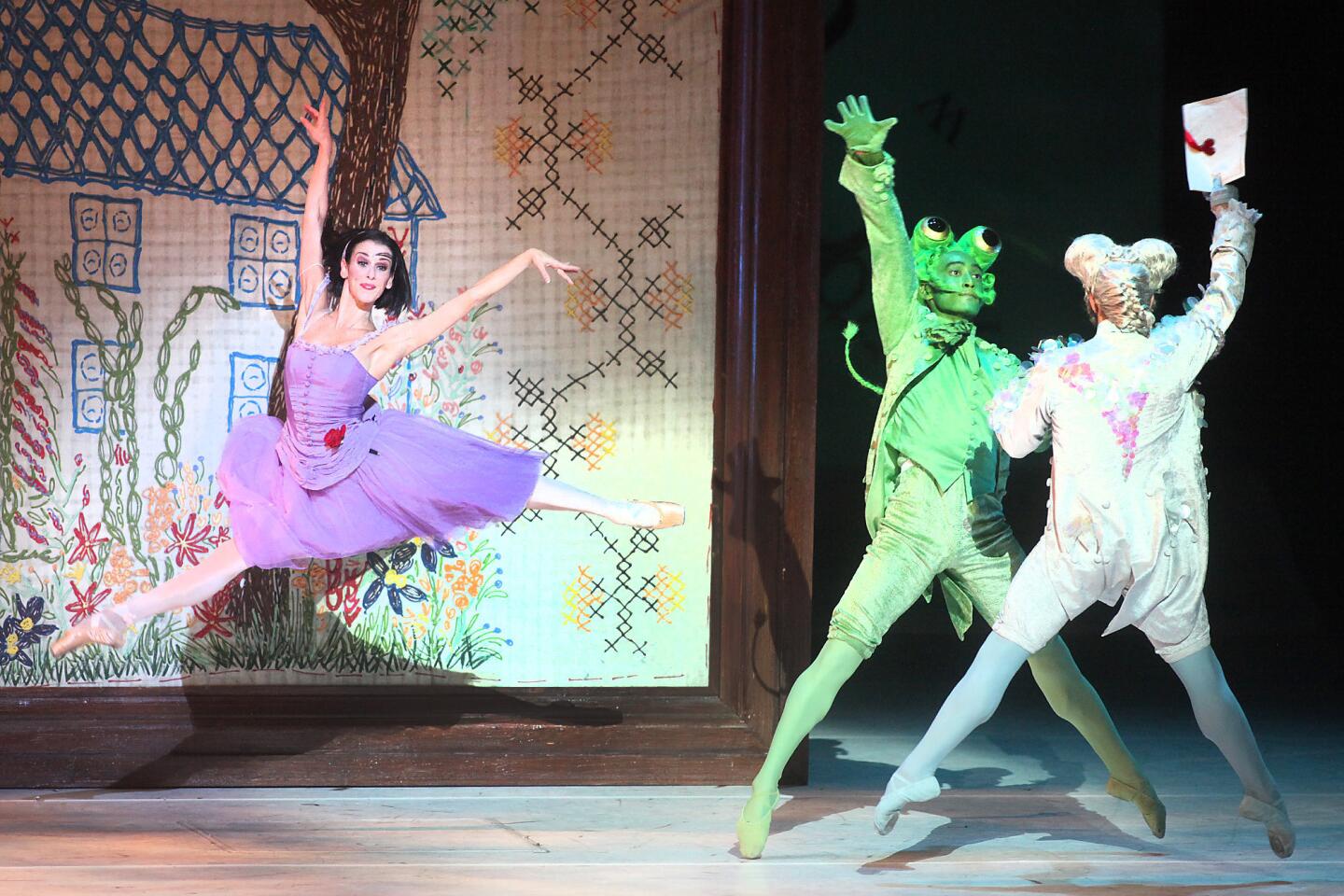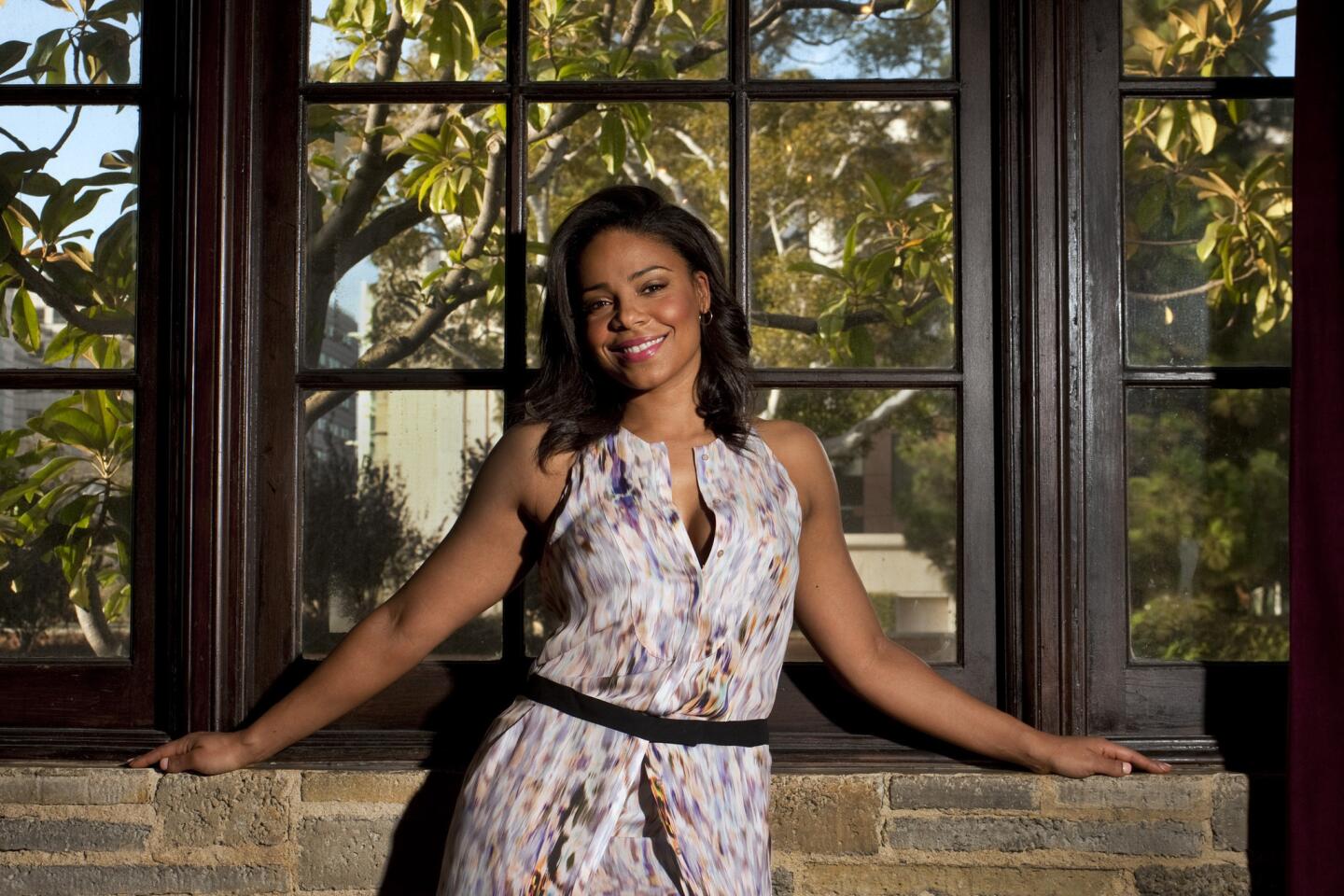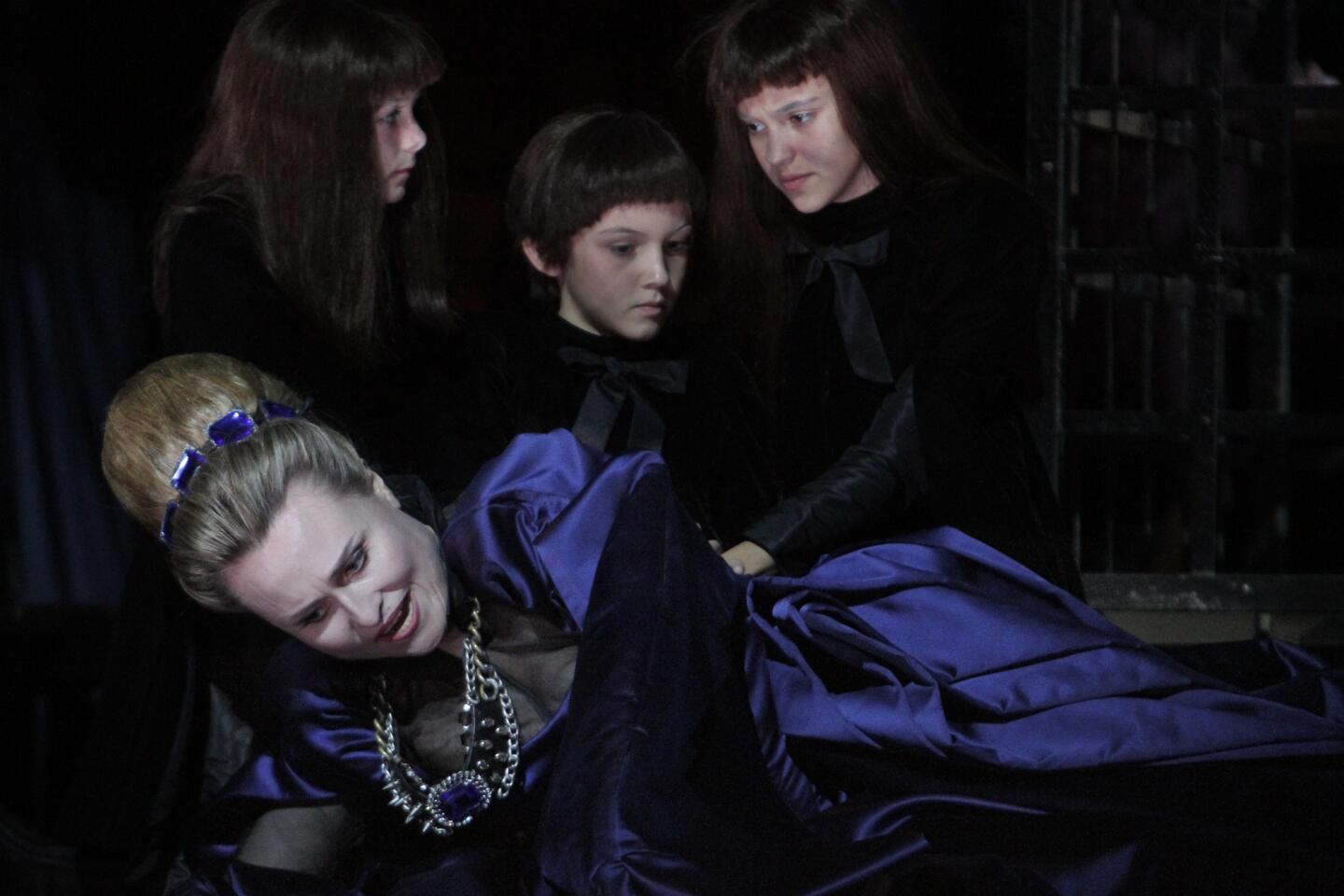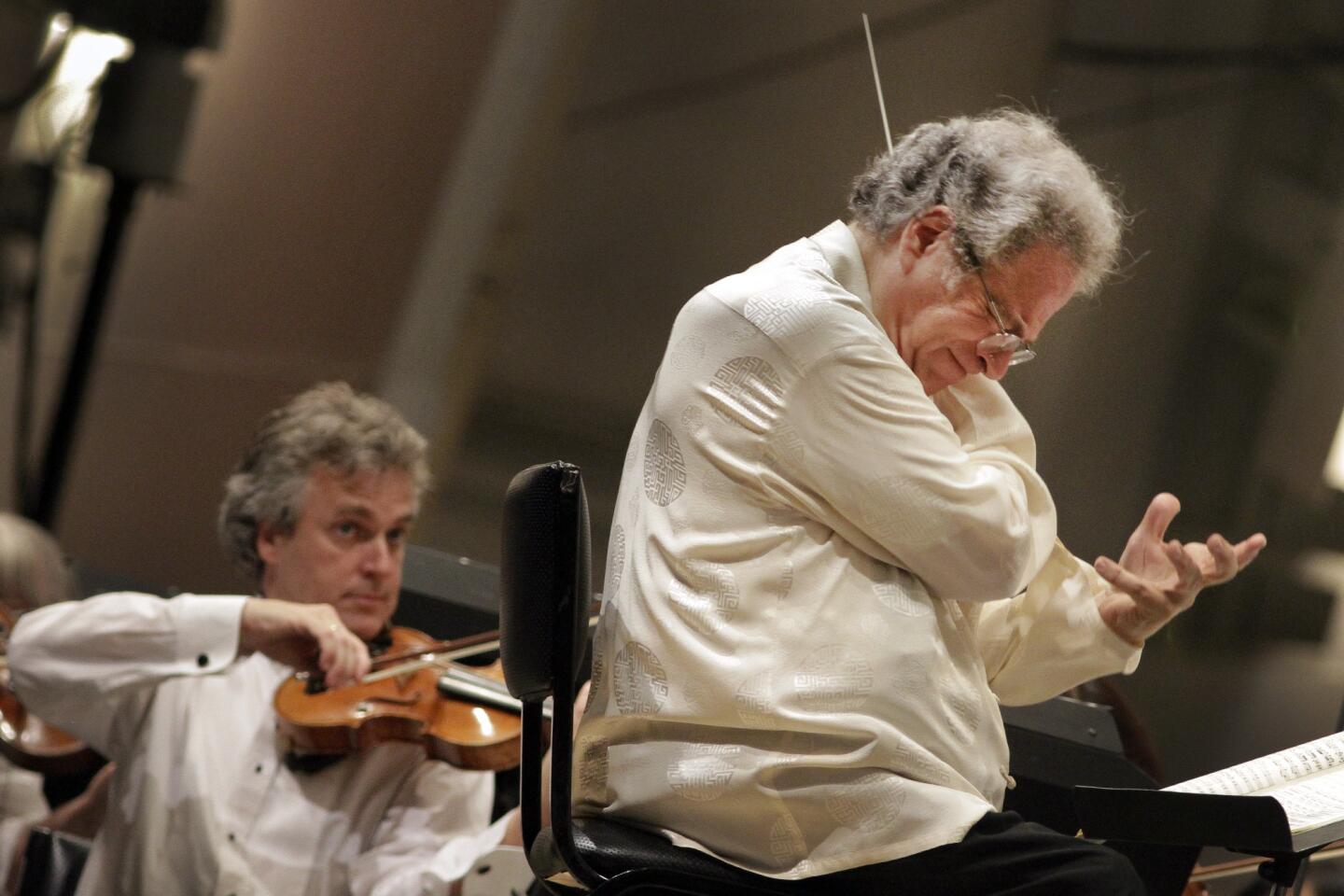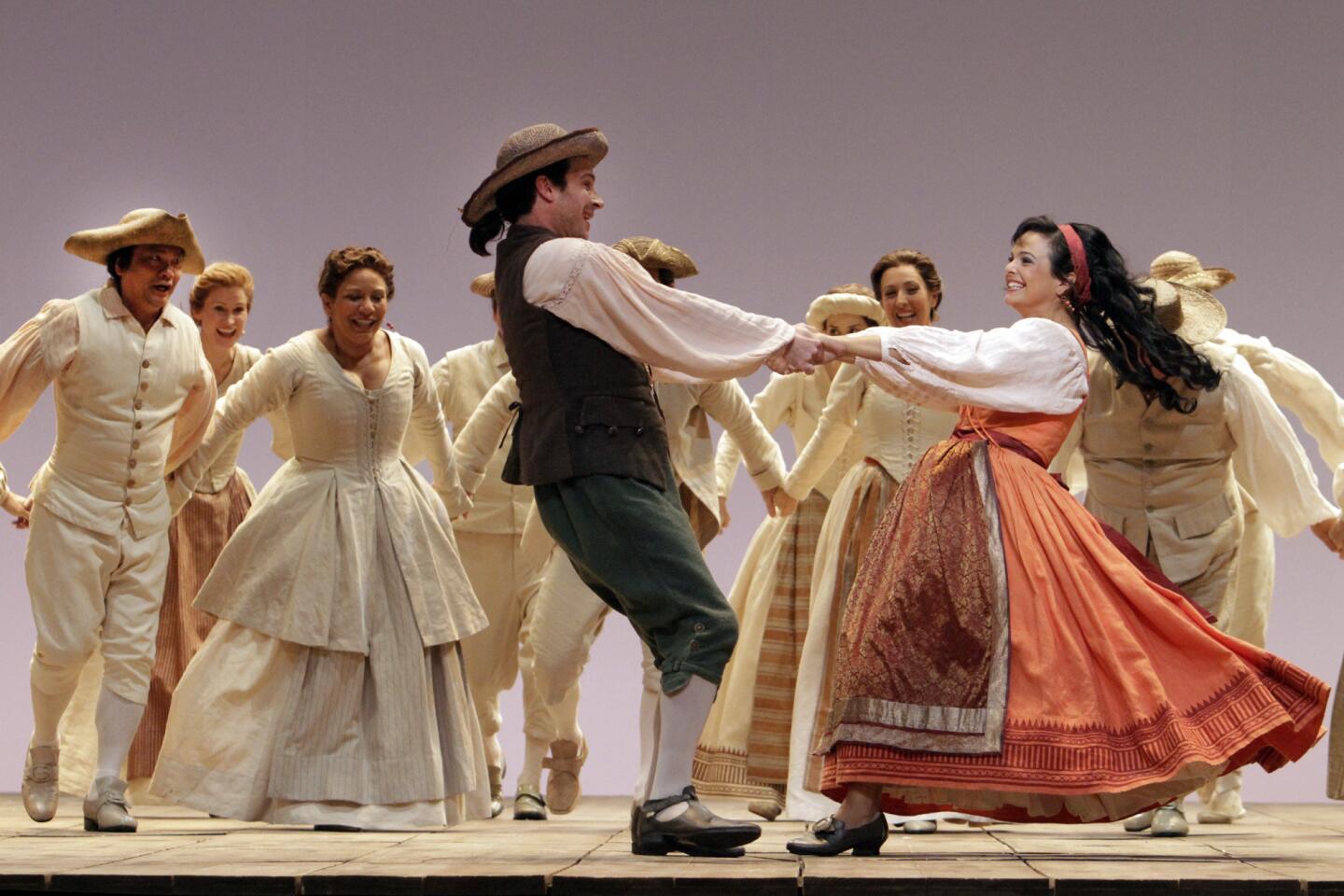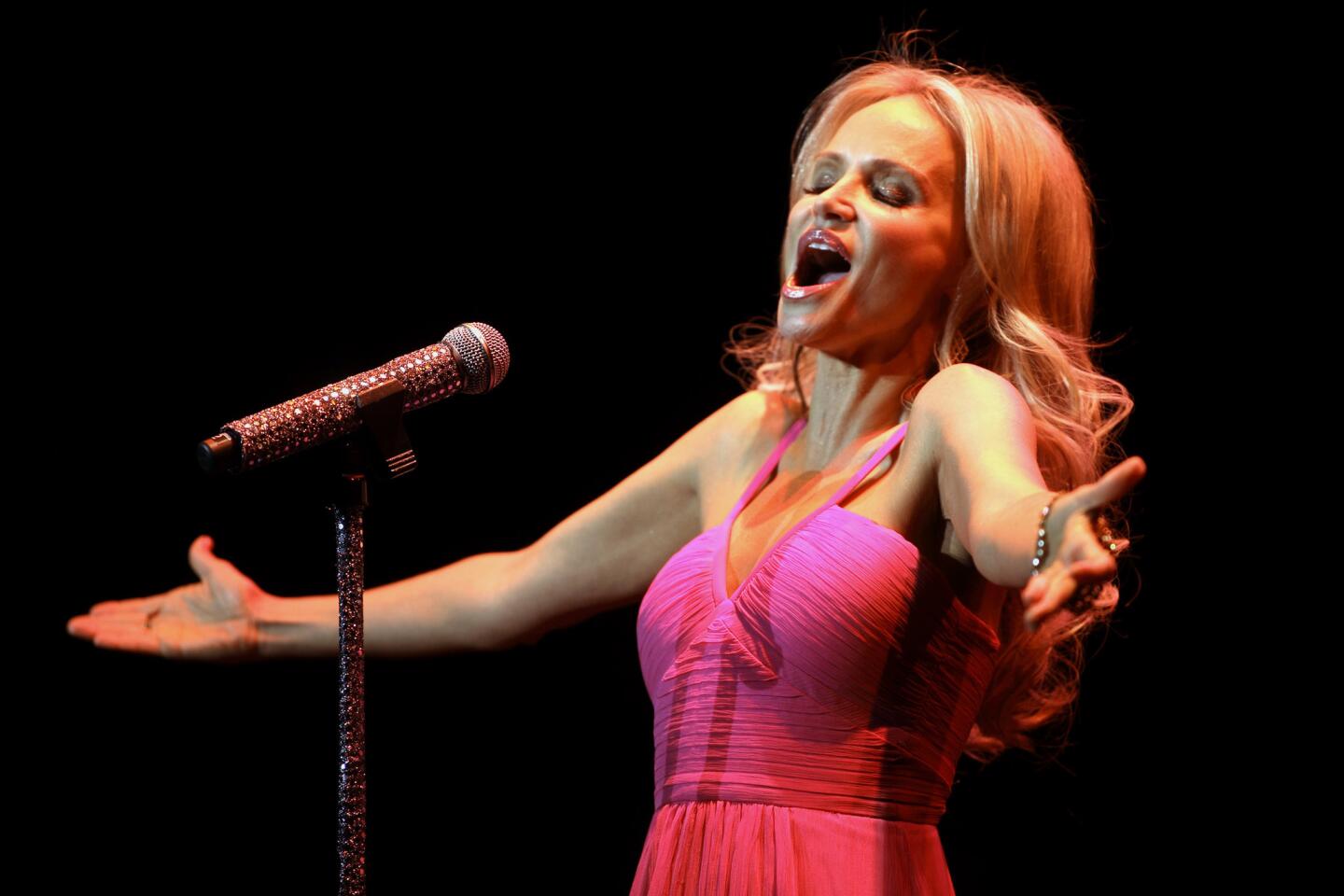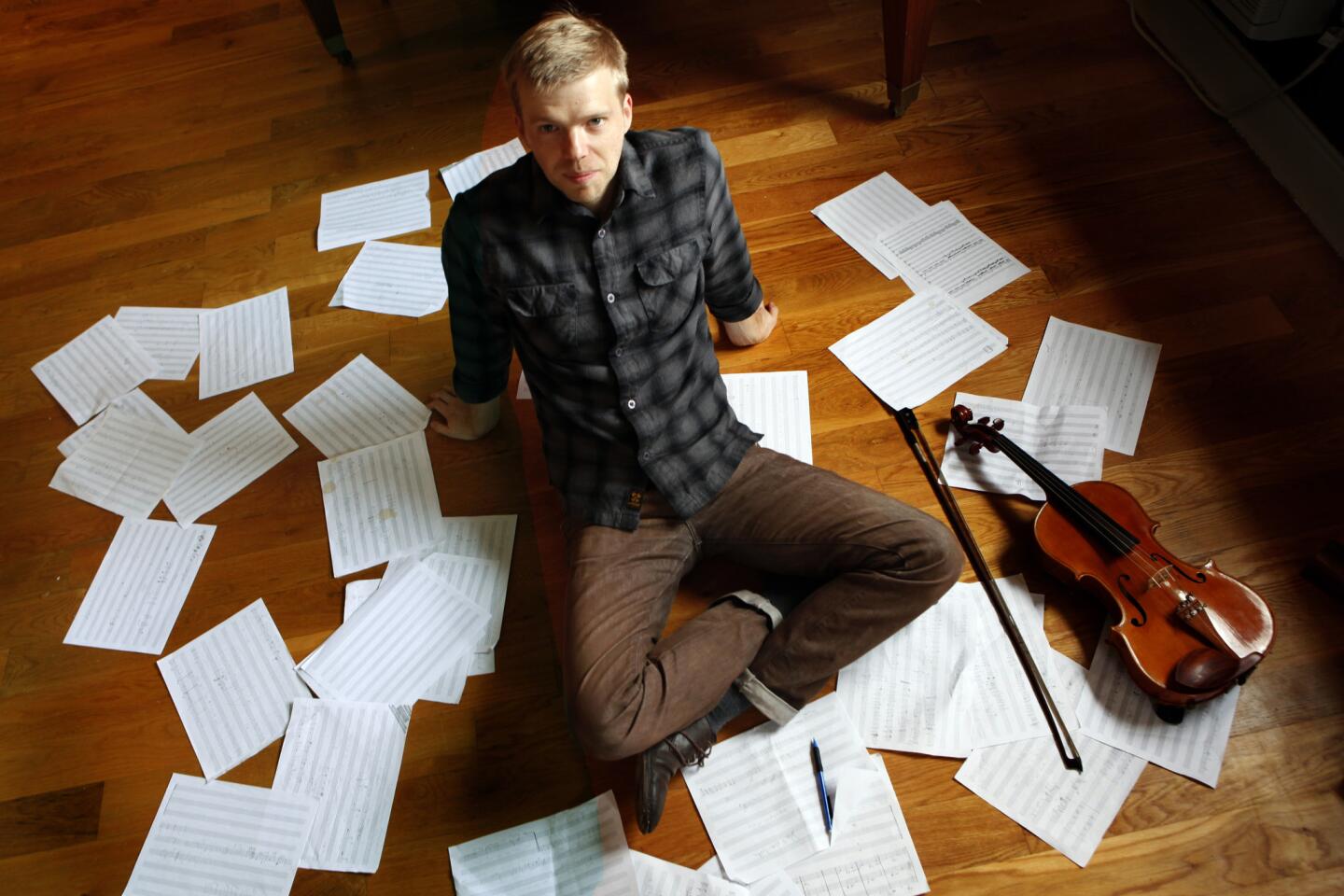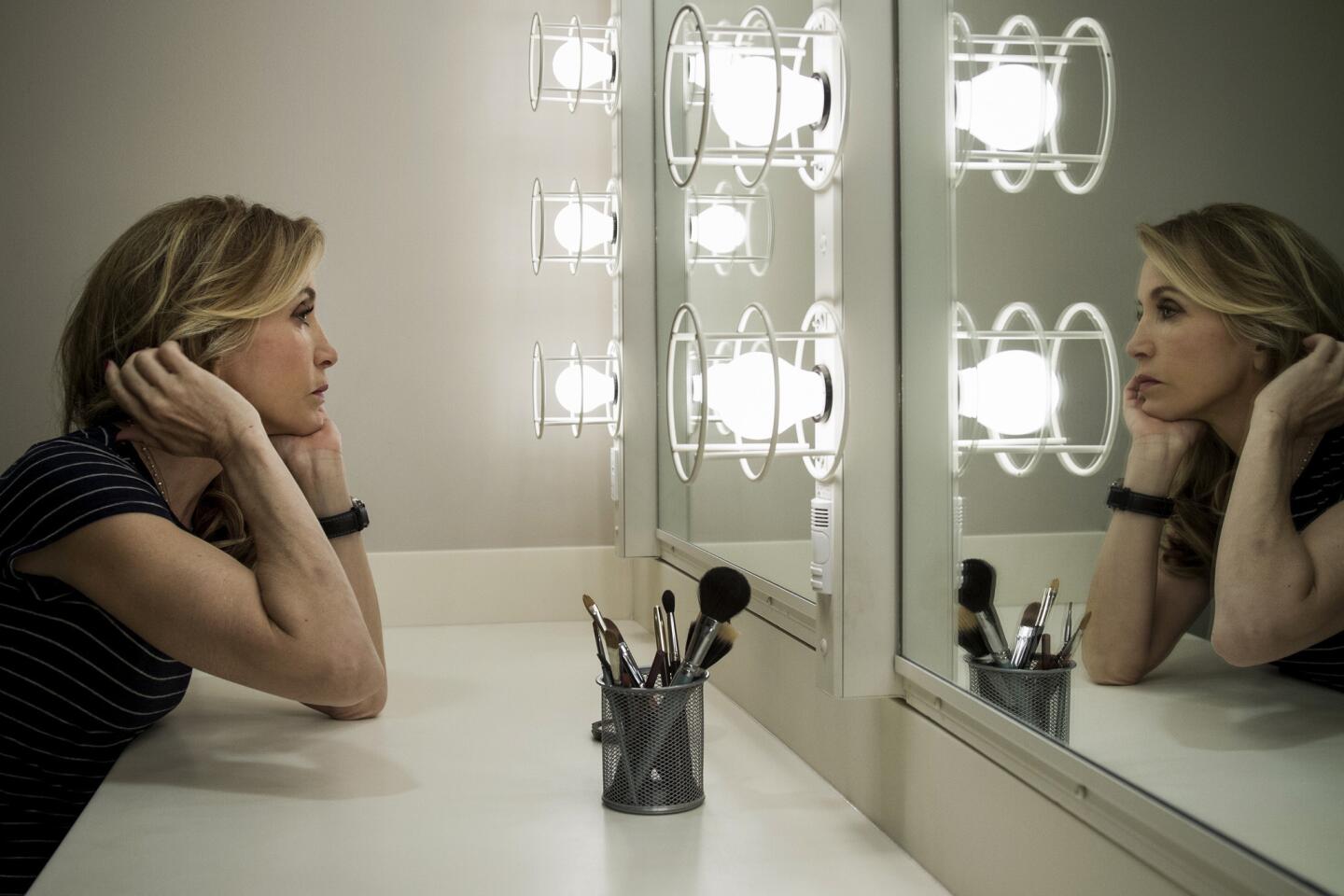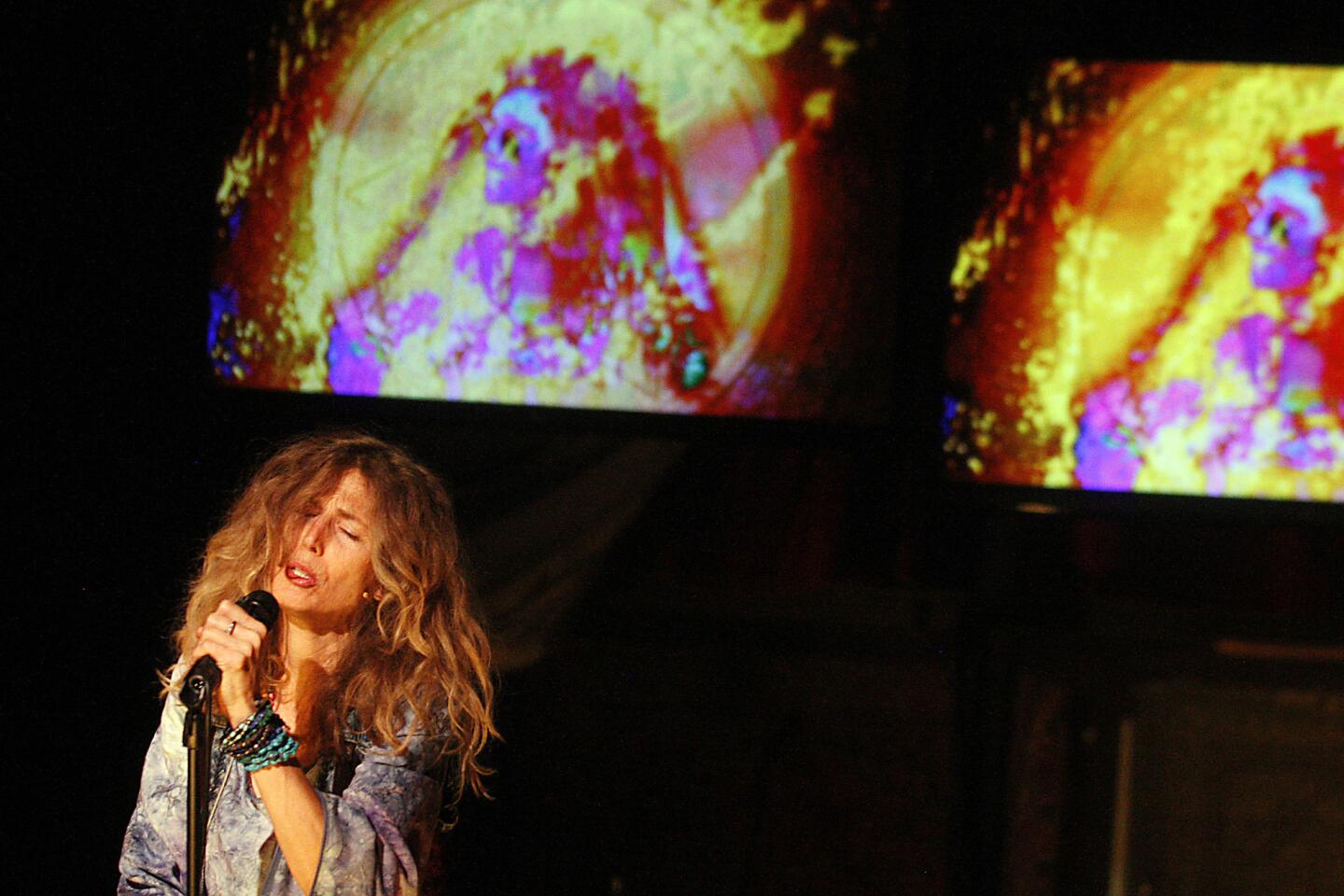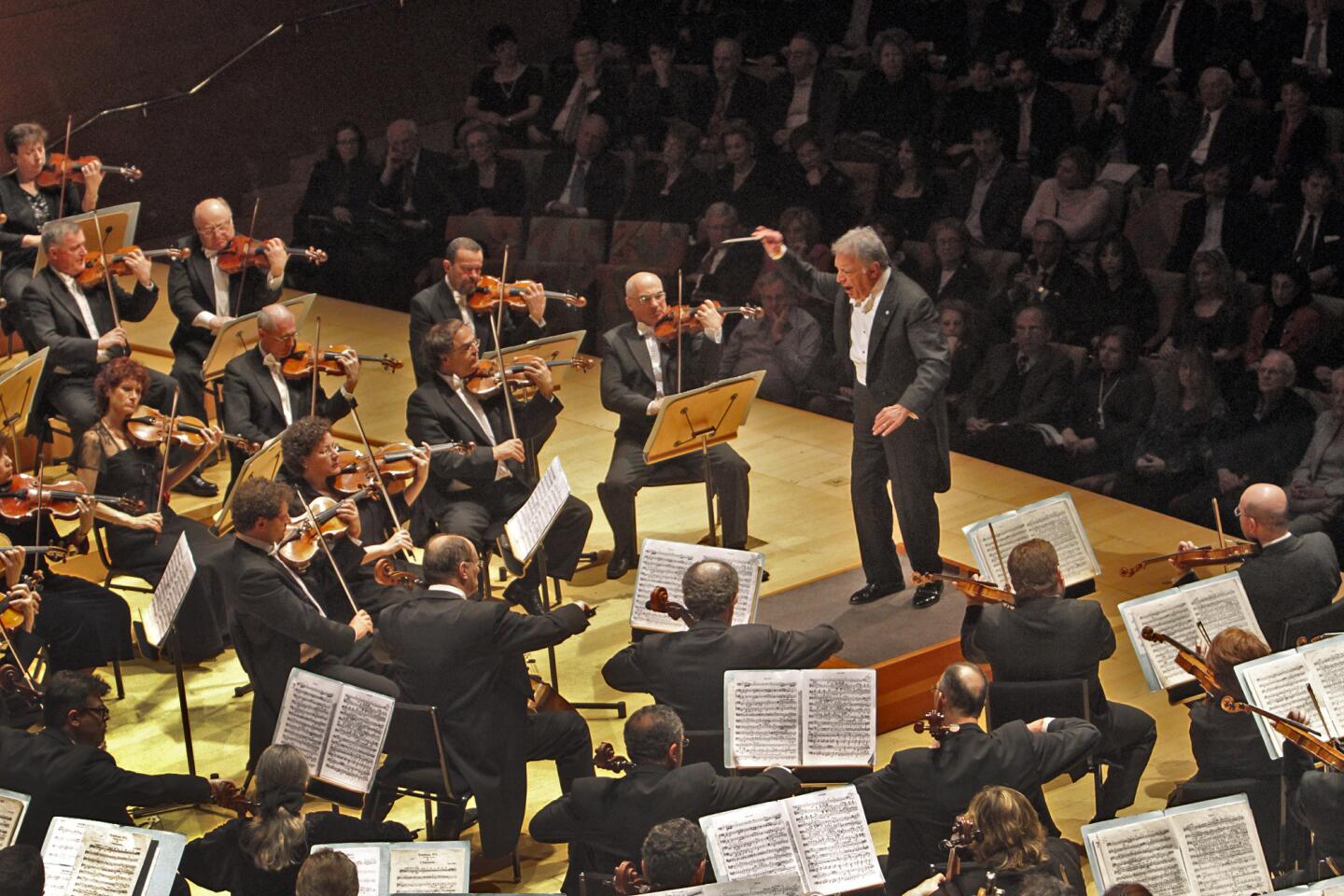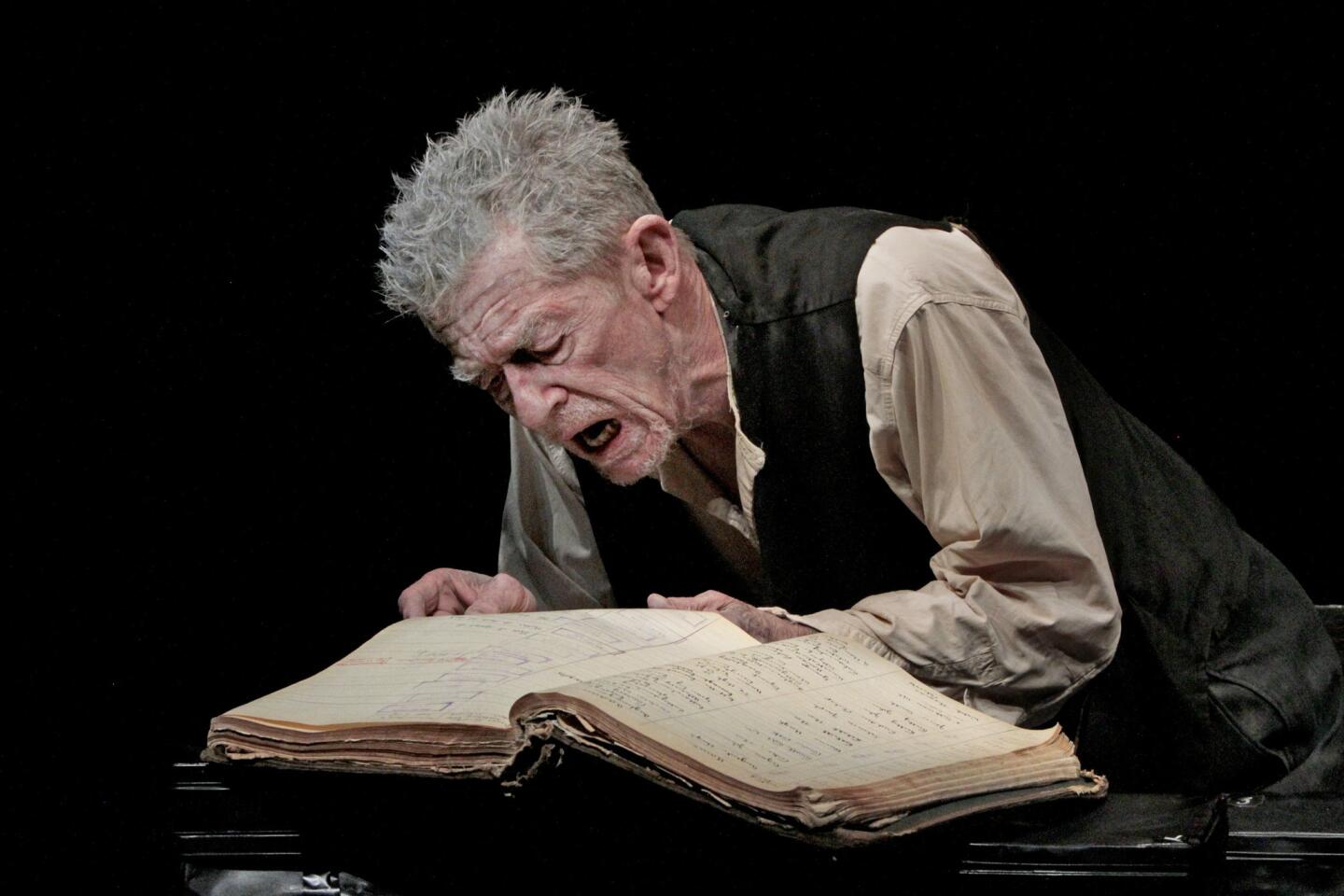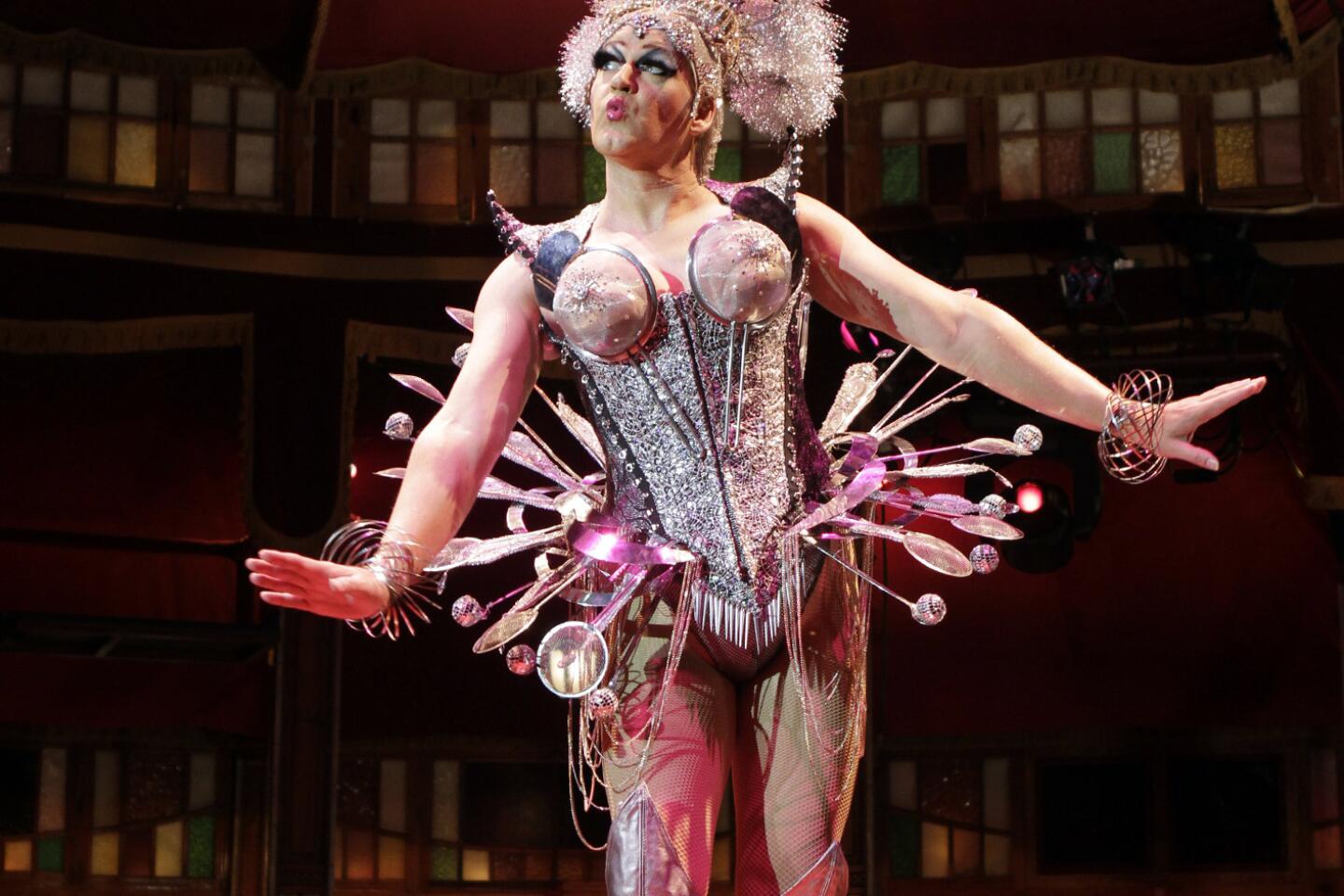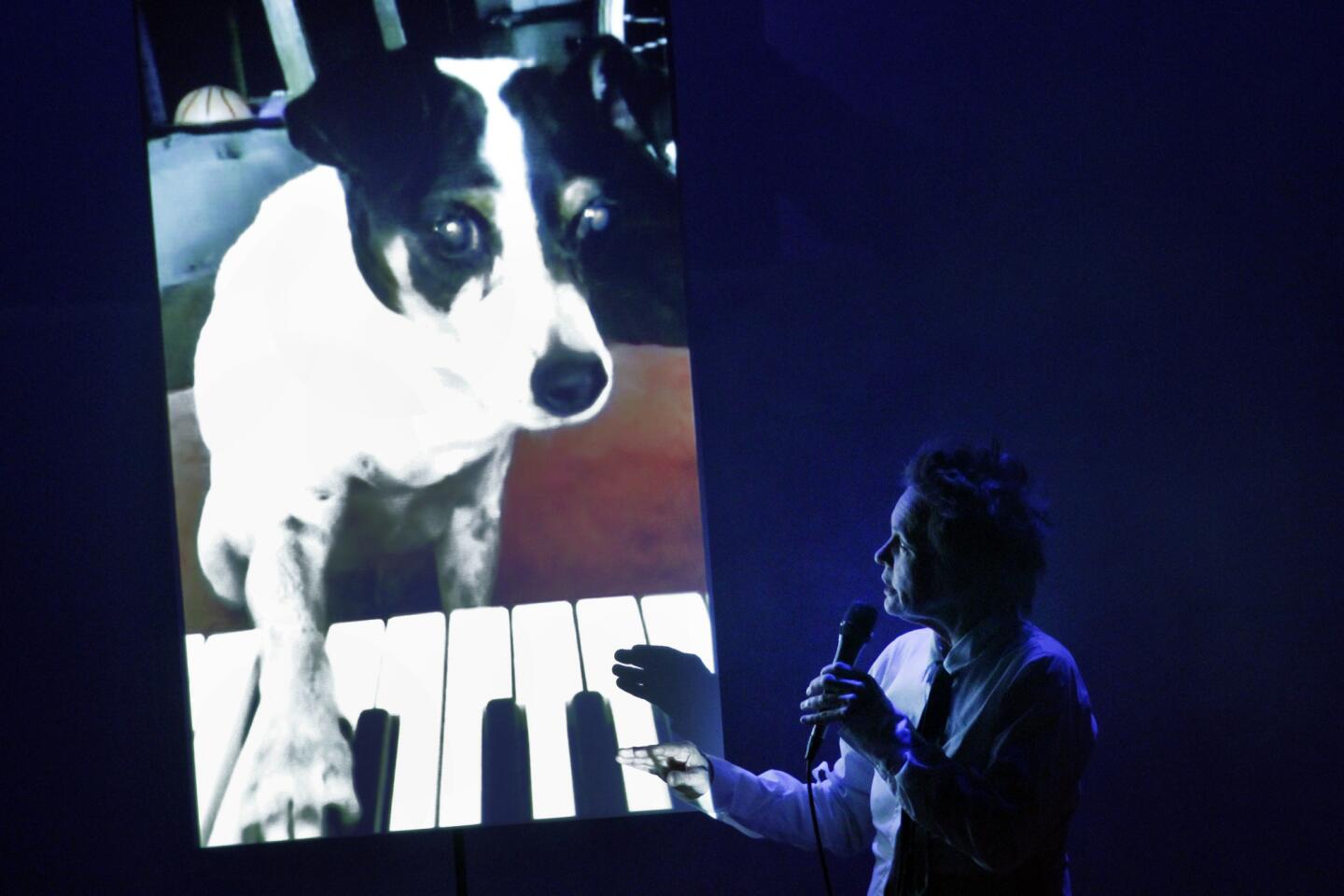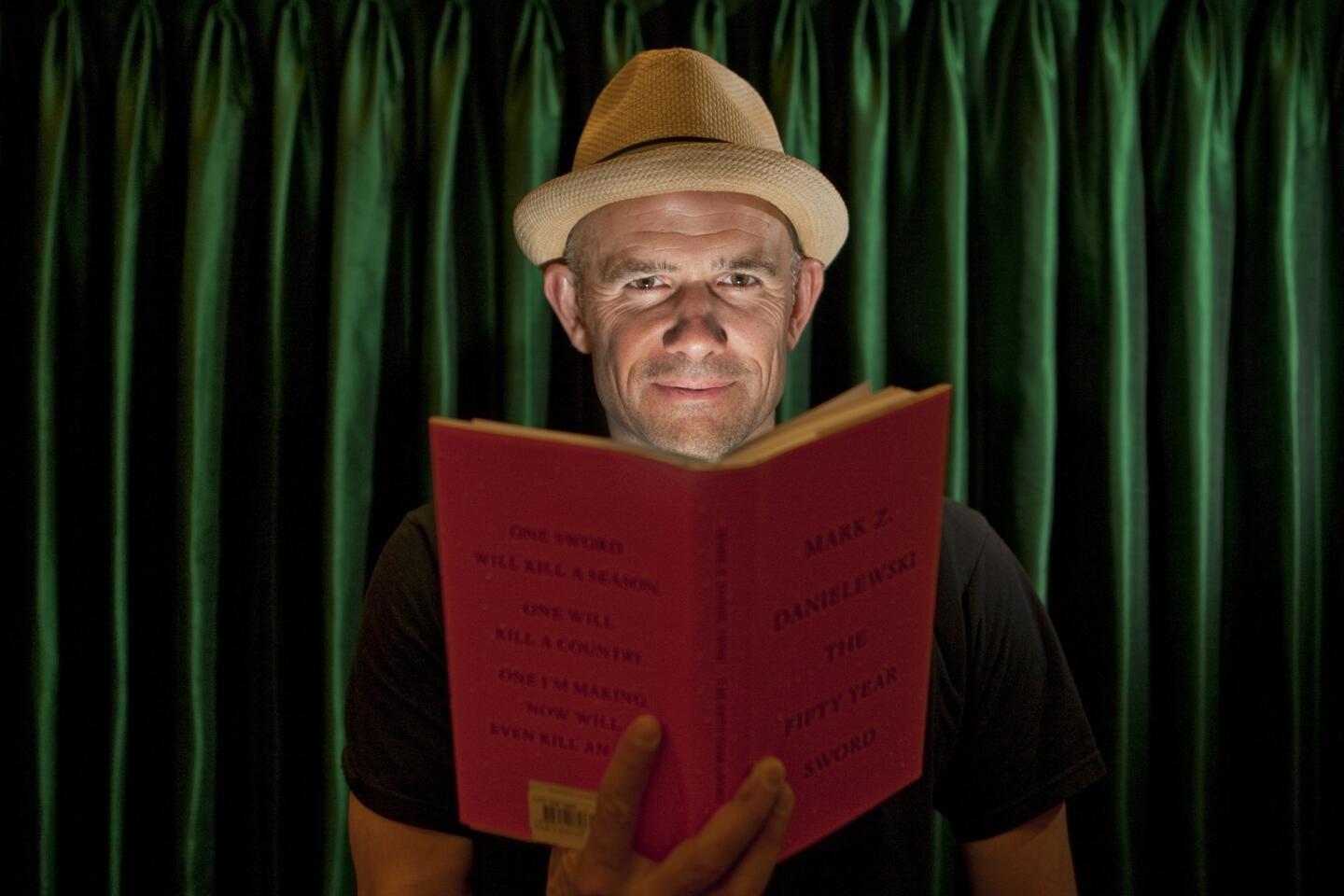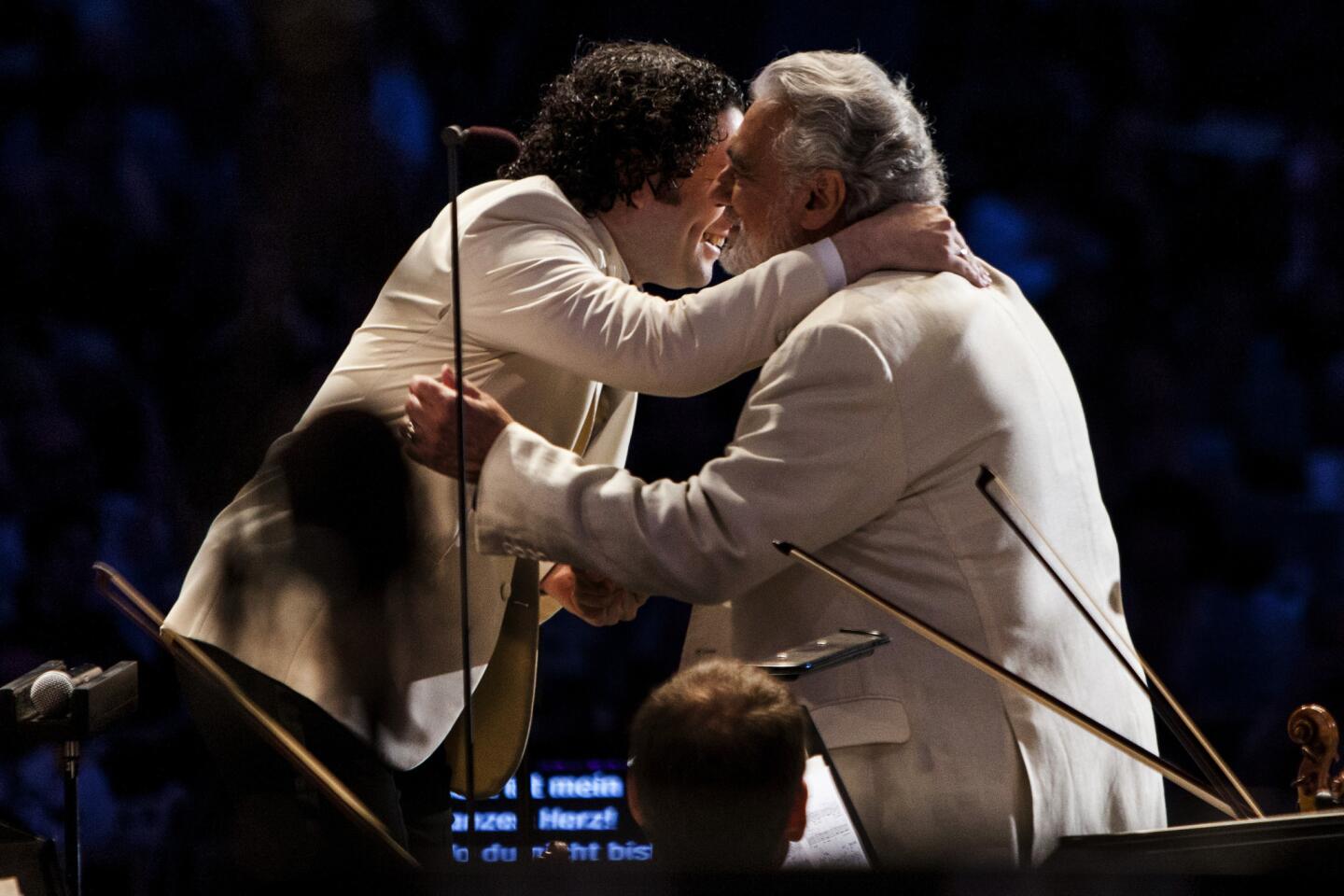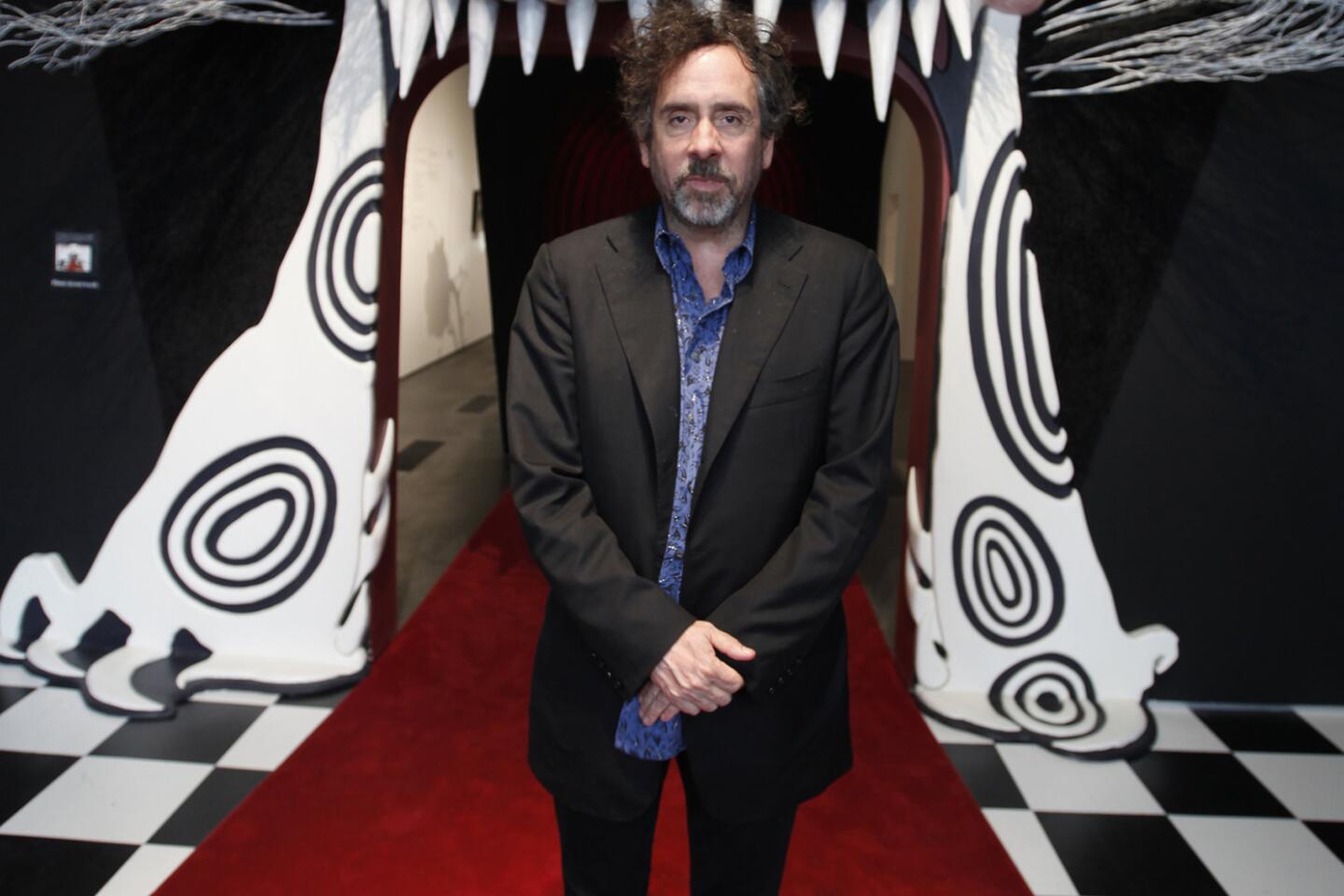New Autry chief executive saddles up for challenging task
- Share via
Recruiting a new leader for a big museum can take months — sometimes more than a year — involving search committees, consultants and rounds of interviews and negotiations.
In the case of the Autry National Center of the American West, finding its fourth chief executive since opening 25 years ago was a much simpler affair. The biggest challenge was for board chair Marshall McKay, tired from a 12-hour day of meetings, to muster the energy to rush through a hotel corridor in Portland, Ore., catch up with the man he’d pegged as the Autry’s next leader, and make him a proposal from out of the blue.
FOR THE RECORD:
Autry museum: In the April 28 Arts & Books section, an article about the Autry National Center of the American West said that Shelby Tisdale, its vice president in charge of curators and exhibitions, began her job in January. She started last September. —
The candidate — although he didn’t know he was one until McKay had corralled him in the hallway — was W. Richard West Jr., who made his mark as a national and global museum-world figure from 1990 to 2007 as founding director of the Smithsonian Institution’s National Museum of the American Indian.
CHEAT SHEET: Spring Arts Preview
During his tenure there, West and his staff raised $156 million in private donations and oversaw not just the construction and 2004 opening of the main museum on the National Mall in Washington, D.C., but the launch of satellite sites in New York City and Suitland, Md.
McKay and West are Native Americans and had spent the day in Portland in meetings of the Native Arts and Cultures Foundation, on whose board both serve. McKay learned that West, now 70, had come out of a four-year semi-retirement and was working as the full-time interim director of the Textile Museum in Washington, D.C.
“I threw out a request: If he had any intention to continue leading museums, would he consider helping us at the Autry?” McKay recalled. “I explained [the job] to him literally while walking down the hallway, giving the ‘elevator speech’ of the Autry.”
West’s hiring, and the departure of his predecessor, Daniel Finley, after less than two years, were announced the following month. Because of his commitment to the Textile Museum, West didn’t start his new job until Dec. 31.
The American Indian Museum “was something that most tribal leaders thought of as a dream rather than a reality, and we were thrilled with [West’s] leadership” in making it real, said McKay, now vice chairman of the NMAI’s board, having joined after West’s tenure. McKay, who chairs the tribal council of the Yocha Dehe Wintun Nation in Northern California, had seen West in action up close, when he successfully courted a substantial Yocha Dehe donation to the NMAI. “I admired his work, and his stamina.”
West “was the only choice, once we found he might have an interest,” said Jackie Autry, who established the Autry National Center with her late husband, cowboy star Gene Autry, and continues to be its leading funder. She provides almost $6.5 million a year, which will account for more than a third of its $17.7-million budget for 2013.
PHOTOS: Arts and culture from the Times
West said his enthusiasm for the day-to-day demands of running a museum was rekindled at the small but venerable Textile Museum, which displays rugs, tapestry and artfully woven garments from around the world and needed an experienced leader to replace a director who’d unexpectedly resigned during preparations for a move next year to a new venue.
“I decided I still love this work, and I want to keep doing it for a while,” said West, who grew up in Muskogee, Okla., the son of Dick West, a noted Cheyenne painter, sculptor and art teacher, and a non-native mother, Maribelle, who was a pianist and music professor at Bacone College in Muskogee.
With his trim build and smooth skin, West is clearly not an old 70. He’s known as a dapper dresser, sporting an assortment of check-patterned garments during a recent interview, along with the suspenders that have been his sartorial signature since his first career as an attorney with a practice focused on Native American concerns.
West says he didn’t inherit an iota of his father’s artistic talent. He earned a history degree at his mother’s Southern California alma mater, the University of Redlands, then got a master’s in history at Harvard before deciding in 1968, amid a dawning Native American rights movement, that it was important to be on history’s front lines. He enrolled at Stanford’s law school along with his wife, Mary Beth, whom he’d met in Boston.
West said he has a three-year contract at the Autry, with an annual salary of $305,000 (Finley had earned $282,000 in 2011), and is open to staying five years or more, as the museum board initially requested. His wife, a former oceans and fisheries diplomat for the U.S. State Department, was OK with leaving Washington after 40 years, even though it meant giving up her job heading the U.S. office of the International Union for Conservation of Nature.
He already has made important decisions, recruiting Justin Estoque, one of his former top aides at the NMAI, as deputy director and hiring new heads of fundraising and communications. The Autry also has a new vice president in charge of curators and exhibitions, Shelby Tisdale, former director of the Museum of Indian Arts and Culture in Santa Fe, N.M. She arrived in January, but her hiring had predated West’s appointment as president.
FULL COVERAGE: 2013 Spring arts preview
In some ways, West’s new job is more complex than what he faced at the NMAI. There, the fairly straightforward task was providing a museum platform for Native Americans to tell their own stories.
But when he gives his elevator pitch to prospective Autry donors, it might behoove him to do it in a skyscraper. The complicated mission is to use a collection of about 525,000 pieces, including perhaps the most prized Native American holdings outside the Smithsonian, to examine the history and cultures of the West. The Autry takes a multicultural perspective that conceives of the West as a puzzle assembled from disparate pieces that, to put it mildly, have not always interlocked smoothly. West says he doesn’t want to smooth history’s rough edges.
“I think museums should be a forum for debate and sometimes even controversy,” he said.
Because of its collections and research archives, West said, the Autry has “lots of horsepower to produce effectively as a museum.” But its prospects will depend on his own effectiveness in fundraising for a potentially daunting array of needs. Each of the Autry’s sites requires a large infusion of money.
At the main museum in Griffith Park, a $6.6-million state grant is covering most of the cost of renovating galleries on the lower level as a permanent showcase for the Native American collection, expected to open in 2015. After that, the plan is to carve additional exhibition space from areas now used for offices and storage.
In Burbank, a warehouse the Autry bought in 2010 is being rehabbed for collection storage, research libraries and curators’ offices. The initial estimate of combined costs in Griffith Park and Burbank was $75 million, but West said the museum is working on updated figures. He said $8.2 million has gone toward basic renovations and installing state-of-the-art climate control and security systems in Burbank, where most of the collection is now stored.
Then there’s the 99-year-old Southwest Museum of the American Indian building on a hilltop in Mt. Washington — the knottiest, most battle-scarred piece of cultural turf in Los Angeles. The site, and the political and community issues attending it, have bedeviled Autry leaders since late 2002, when the Autry took over the financially teetering Southwest. The collection was a brilliant acquisition — a boost toward potential greatness for the Autry. But the museum building is a vast challenge — too historic and distinctive to be shunted aside as a white elephant, but too need-ridden to fit easily into its step-parent’s institutional plans.
About $15 million has gone into conservation work on the Southwest Museum collection and initial structural improvements to the building, but only one hall has been refurbished enough to resume exhibitions — the first since 2006 is expected to open this year.
West said flatly that the Autry can’t handle a complete revival of the Southwest without lots of outside help — and where that help might come from is unknown. Neighborhood groups in northeast Los Angeles have sued the city — unsuccessfully, but an appeal is pending — for approving the Autry’s Griffith Park improvements, which they contend should not go forward until the Autry guarantees it will fully restore the Southwest Museum as a cultural venue.
The Autry, which envisions sharing the site with other cultural nonprofits, is cooperating with city engineers assessing the Southwest building’s needs and costs, but West said it won’t join in discussions with the Southwest Museum’s neighborhood backers until the lawsuits have been resolved.
With all of that on the Autry’s plate, it’s counting on West and board chair McKay as point men in a fresh fundraising approach to Native American tribes in California that have grown wealthy from casino operations. At the Smithsonian, West secured separate $10-million donations from three Eastern tribes that run gaming operations: the Oneida of New York and the Mashantucket Pequot and Mohegan of Connecticut.
“I wouldn’t want to put it all on the back of the casinos and tribes,” West said, “but we would like to talk to the native community about why they should be involved with the Autry. Native people want a personal connection. I think we can make the case.”
“I think with both of us at the helm, we’ll be able to attract a much deeper acceptance and a growth of native participation,” said McKay. “Rick has that ability wherever he goes, and I’ll rely on my connections in the northern part of the state to help him.”
McKay sees no lingering fallout from a sour postscript to West’s Smithsonian tenure. Shortly after his November 2007 retirement, the Washington Post published stories documenting large travel expenses during his last four years at the NMAI, including first-class air fares and pricey hotel stays.
A subsequent report by the Smithsonian’s inspector general found that most of West’s expenses were permitted under the Smithsonian’s existing travel policies but lamented that they “were not more in keeping with the prudence demanded of a nonprofit leader.” The report blamed “anemic oversight” by his superiors — the Smithsonian secretary and deputy secretary who earlier in 2007 had both resigned under pressure, engulfed by scandals of their own.
West accepted the 2008 inspector general’s report, saying at the time that “I should have exercised better judgment” and promised to reimburse $9,700 in expenses found to have been unwarranted.
“It’s history, and it has not interfered at all with my professional progress,” he says now.
West would rather look ahead to two exhibition openings — both planned before he took over — that he says illustrate how the Autry’s cross-cultural approach to the American West is gaining traction.
“Jews in the Los Angeles Mosaic” begins May 10, providing a historical overview of Jewish L.A. On June 15 a new gallery, Art of the West, will debut, giving the Autry more room to trace how artists from different cultures and in different periods have responded to the region’s landscape, people and events.
“The seeds of our direction are there,” West said. “I want to be here long enough to really advance things.”
ALSO:
Music Center names Kent Kresa chairman of the board
Dr. Frank Gehry? A Cleveland university honors the architect
Juilliard School honorees include Daniel Day-Lewis, Dawn Upshaw
More to Read
The biggest entertainment stories
Get our big stories about Hollywood, film, television, music, arts, culture and more right in your inbox as soon as they publish.
You may occasionally receive promotional content from the Los Angeles Times.
